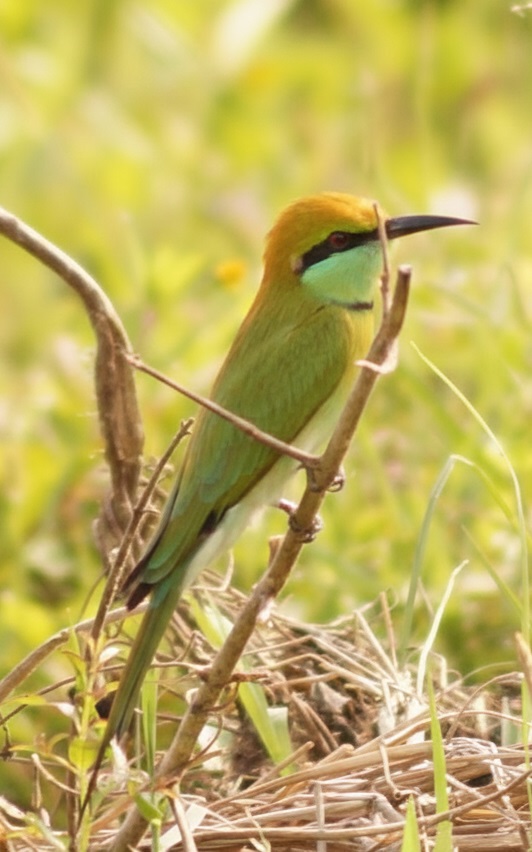
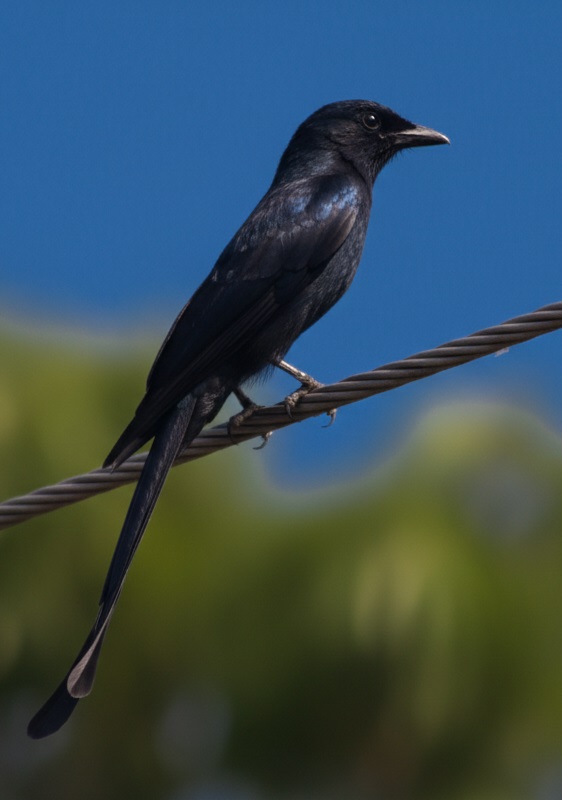
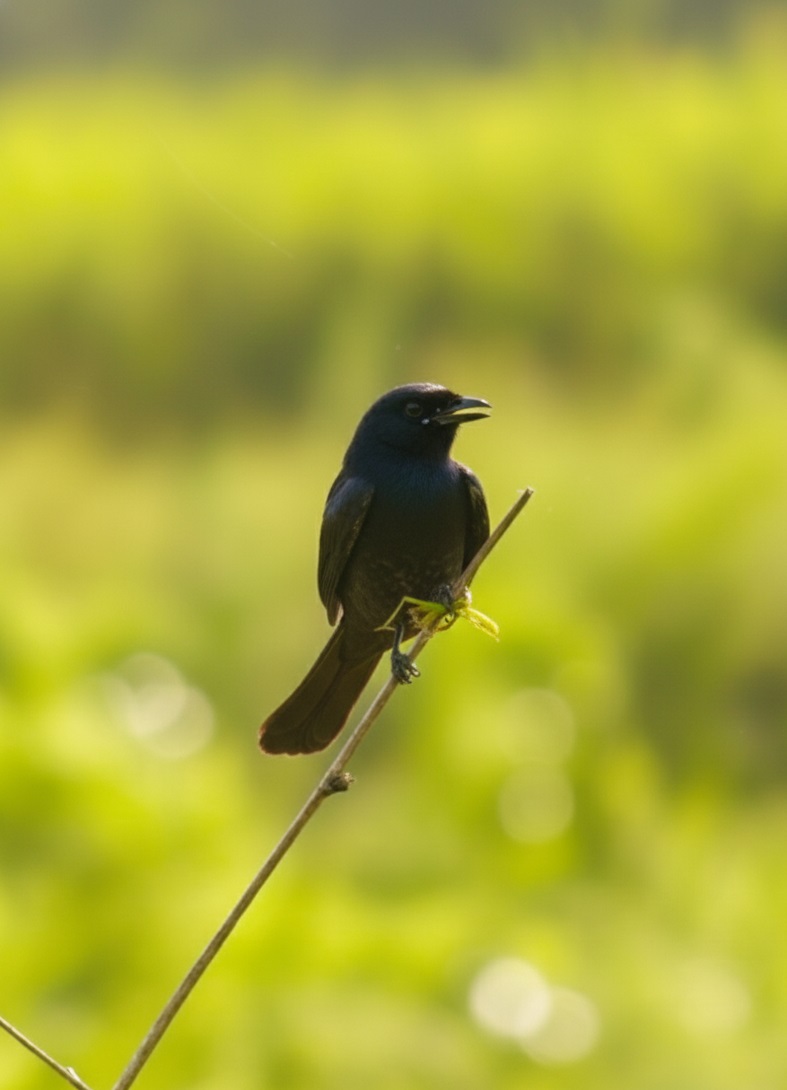
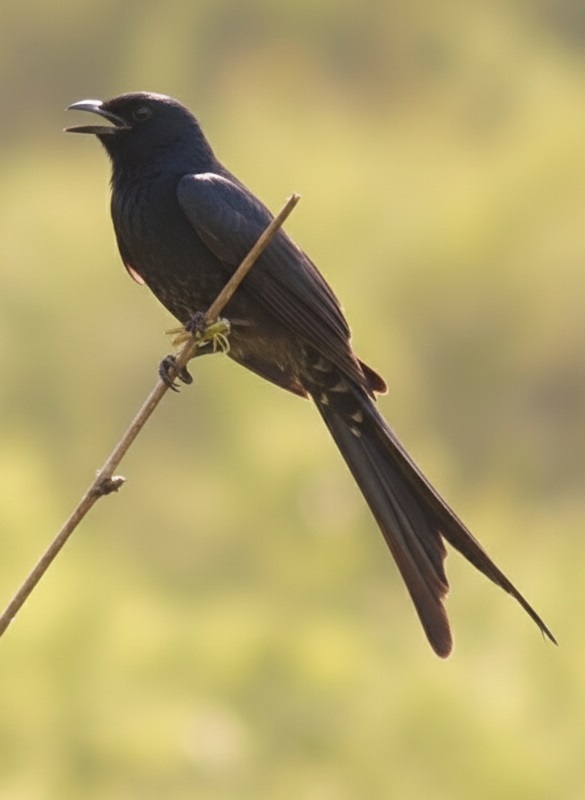
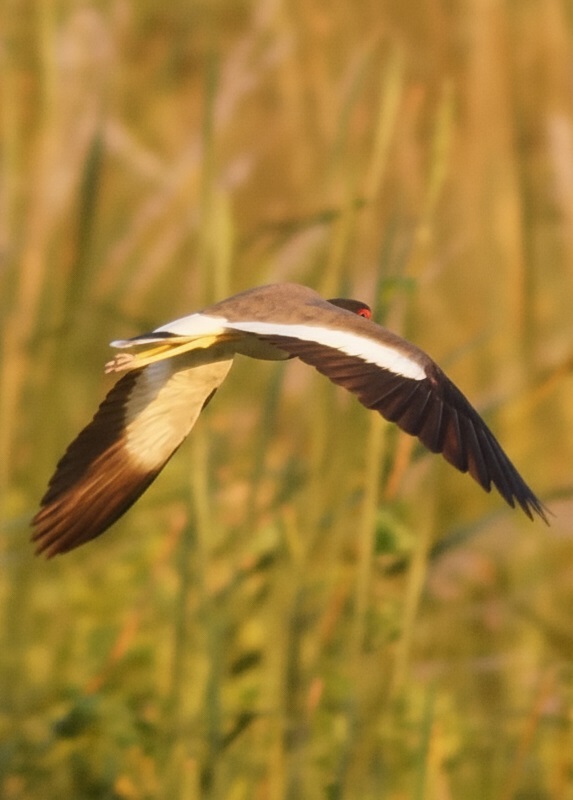
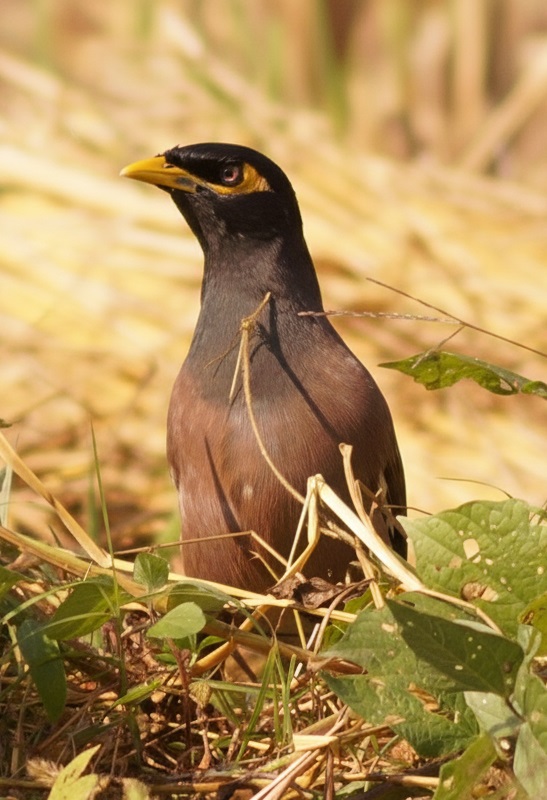
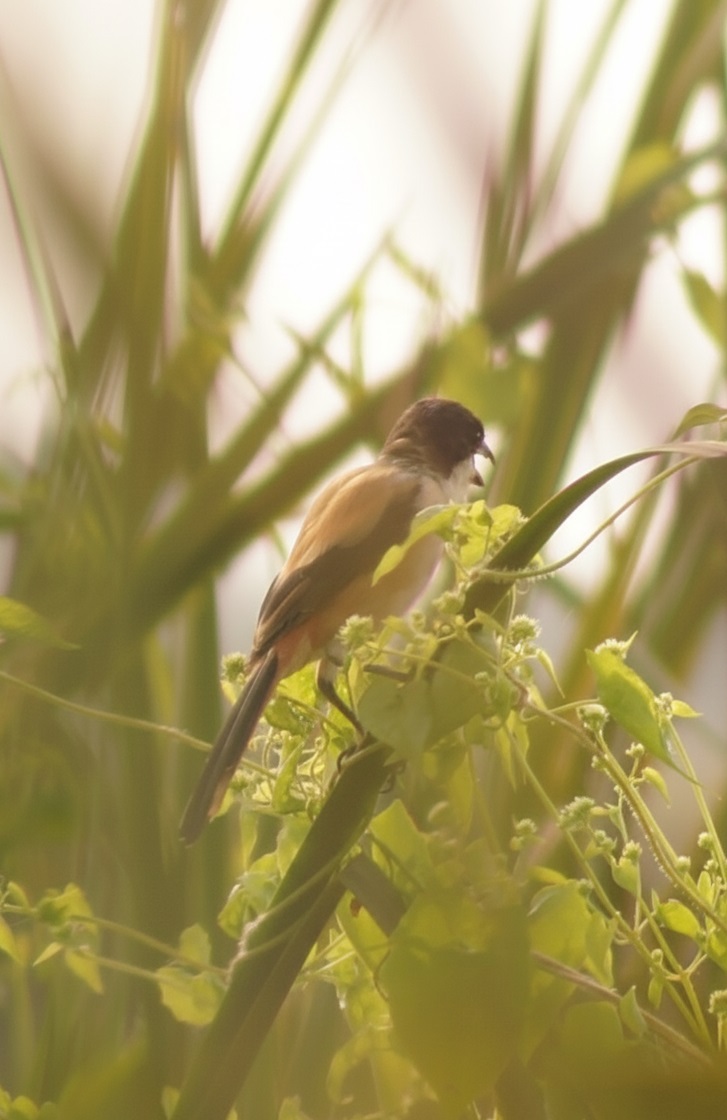
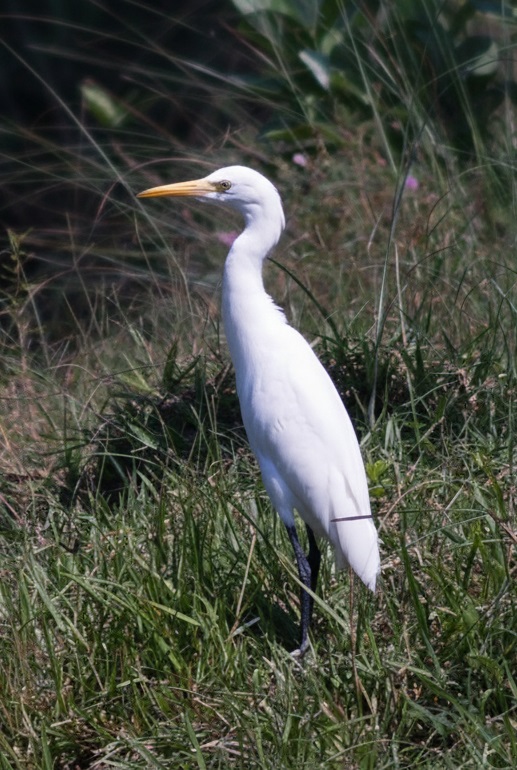

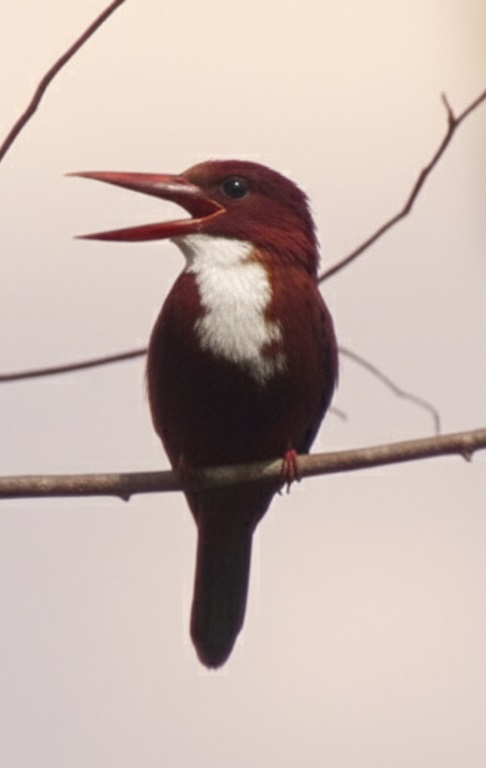
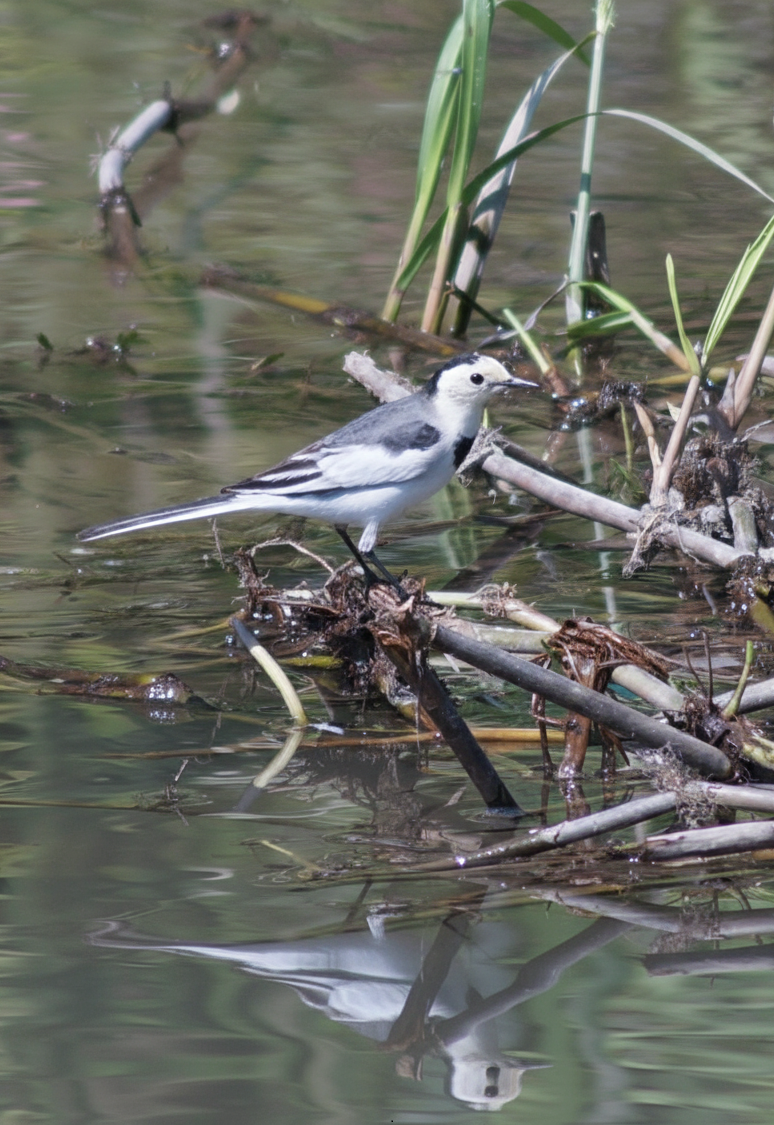
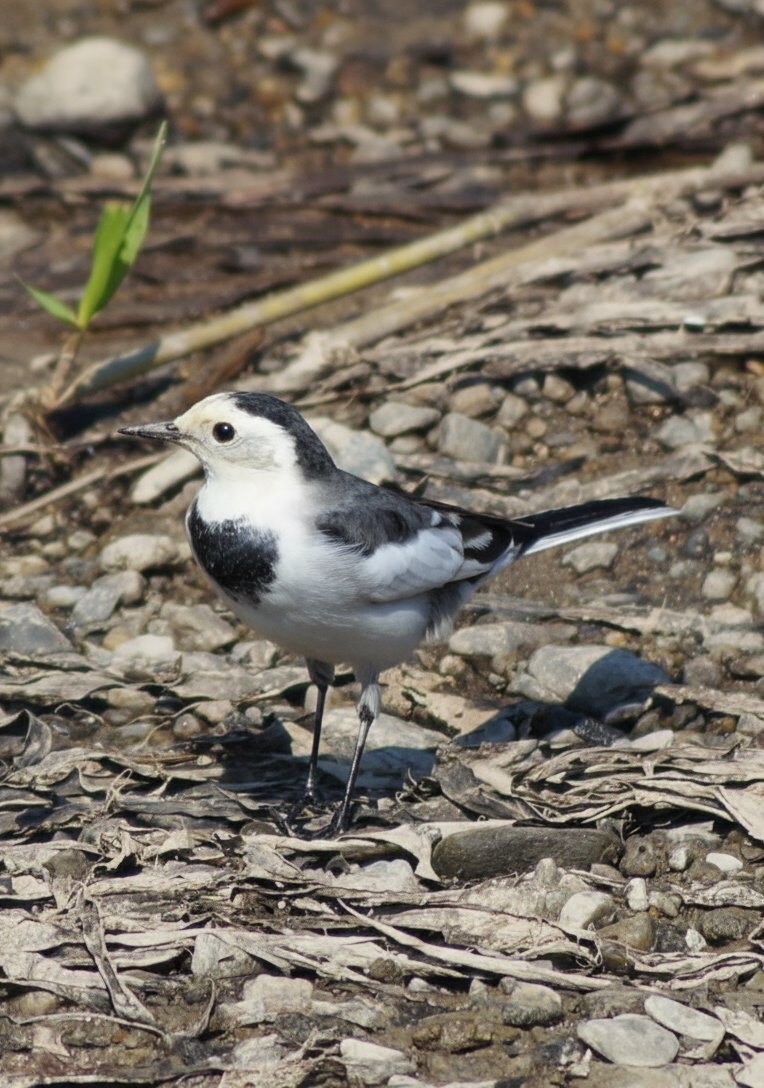
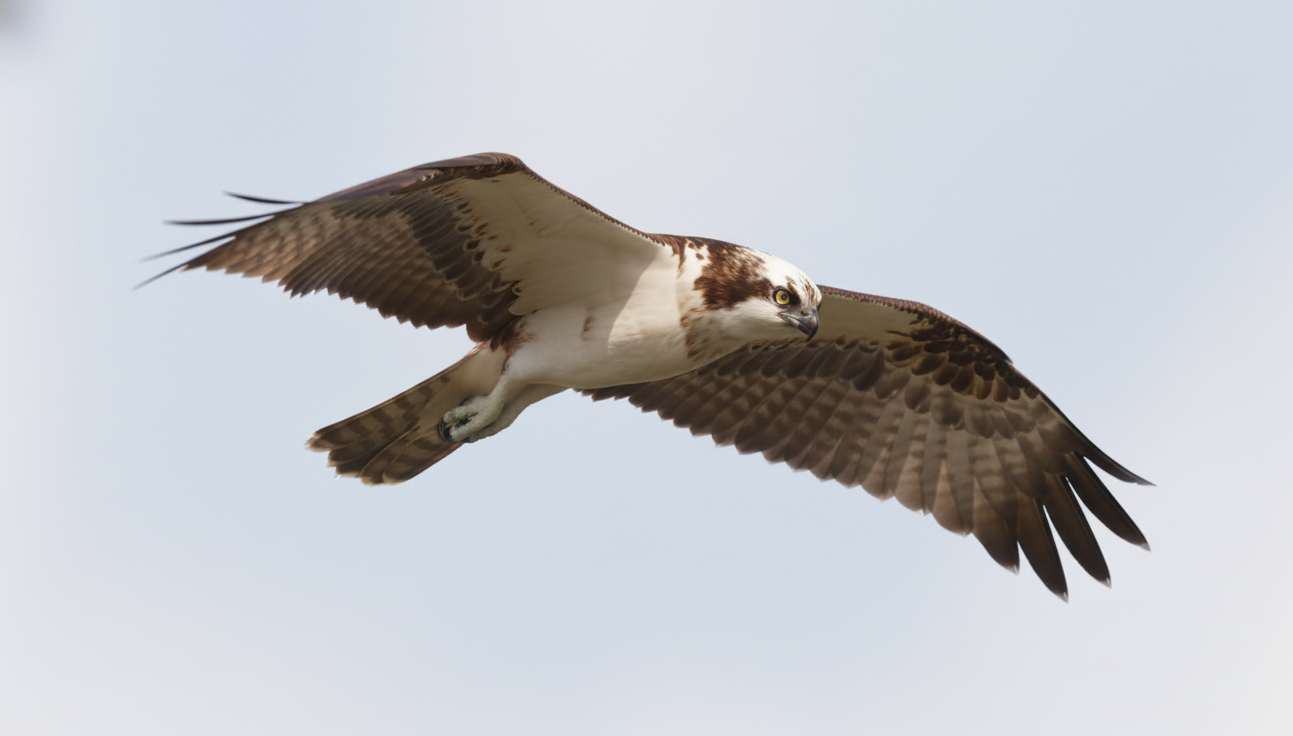
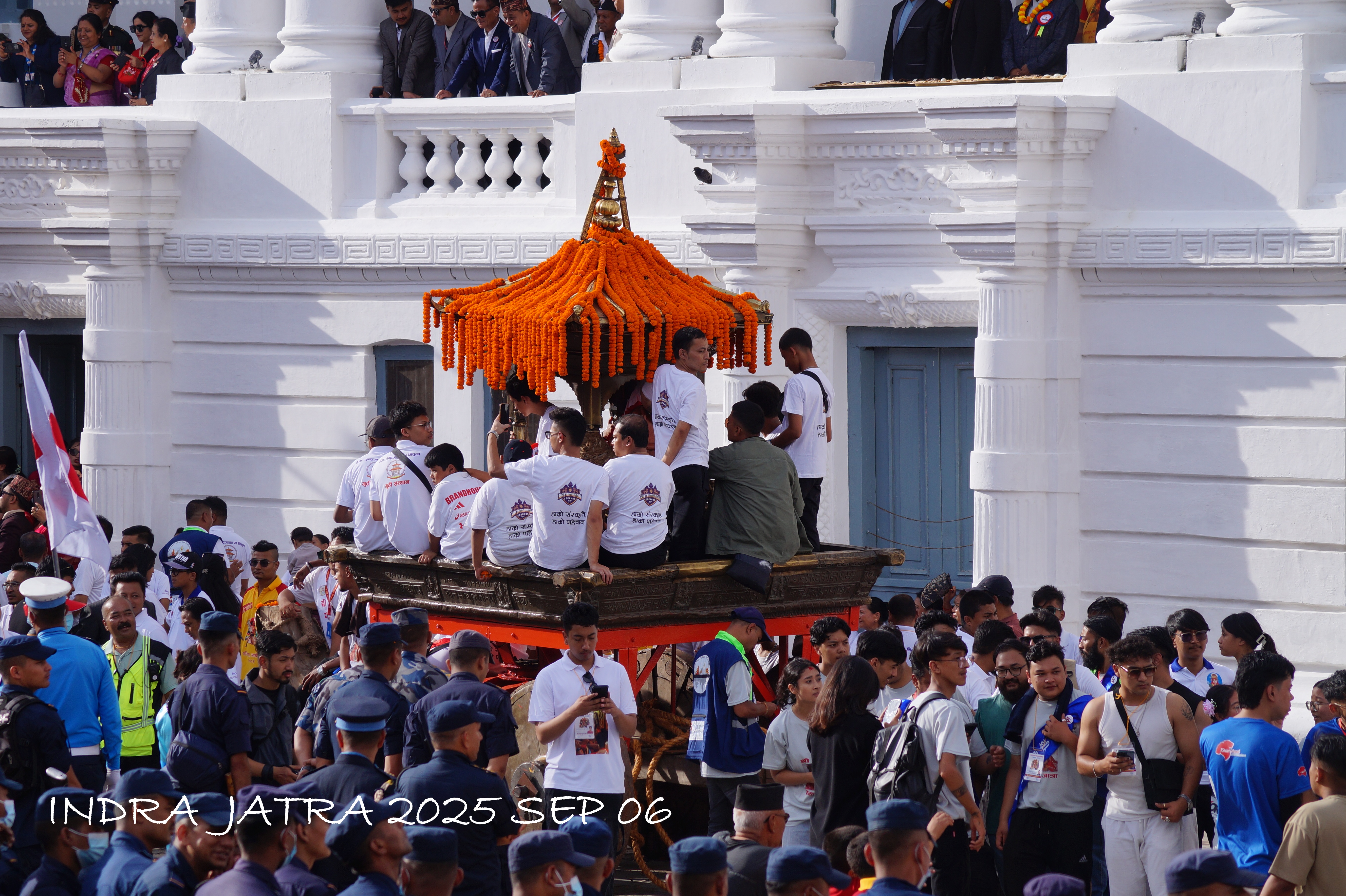
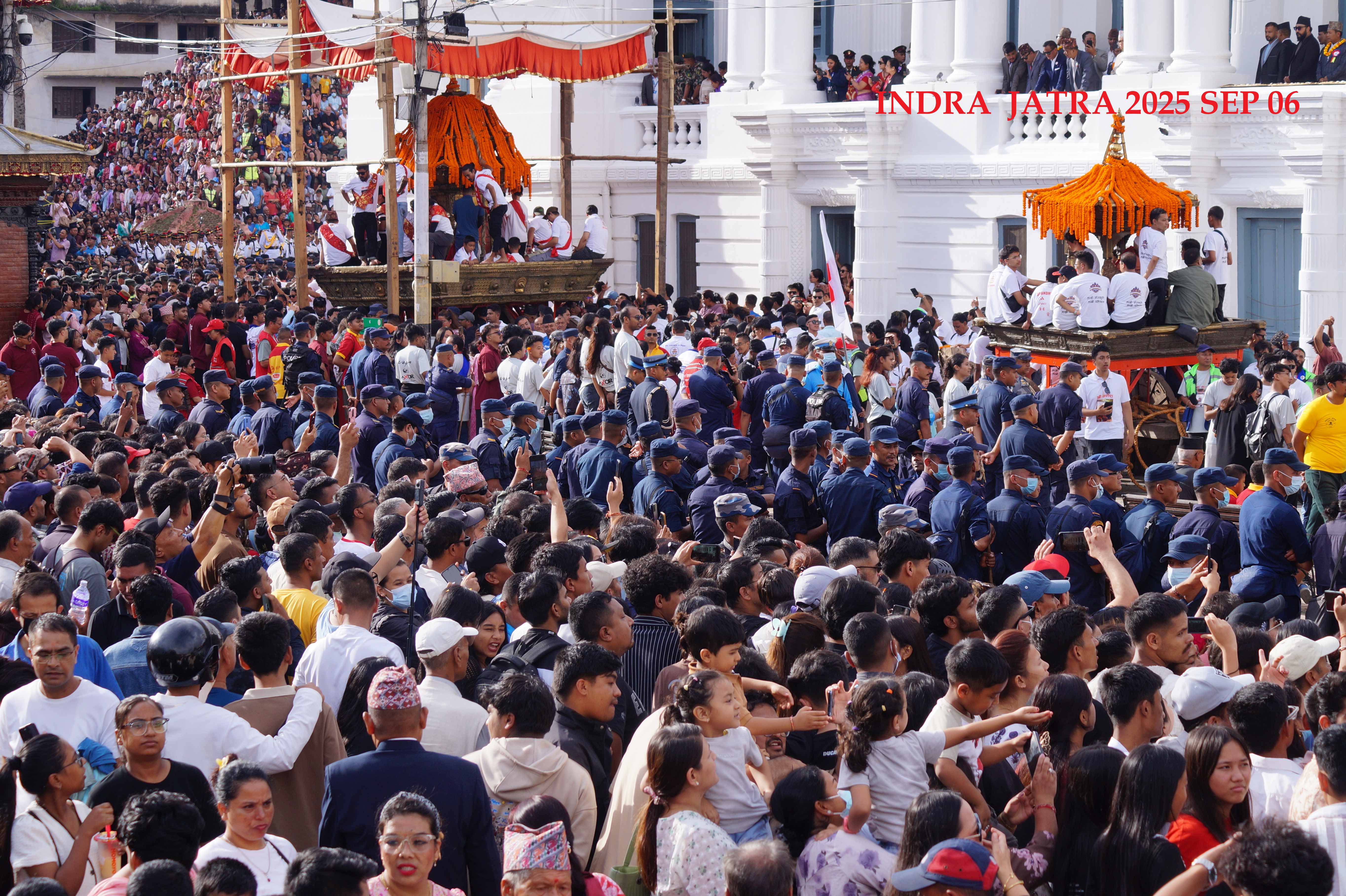
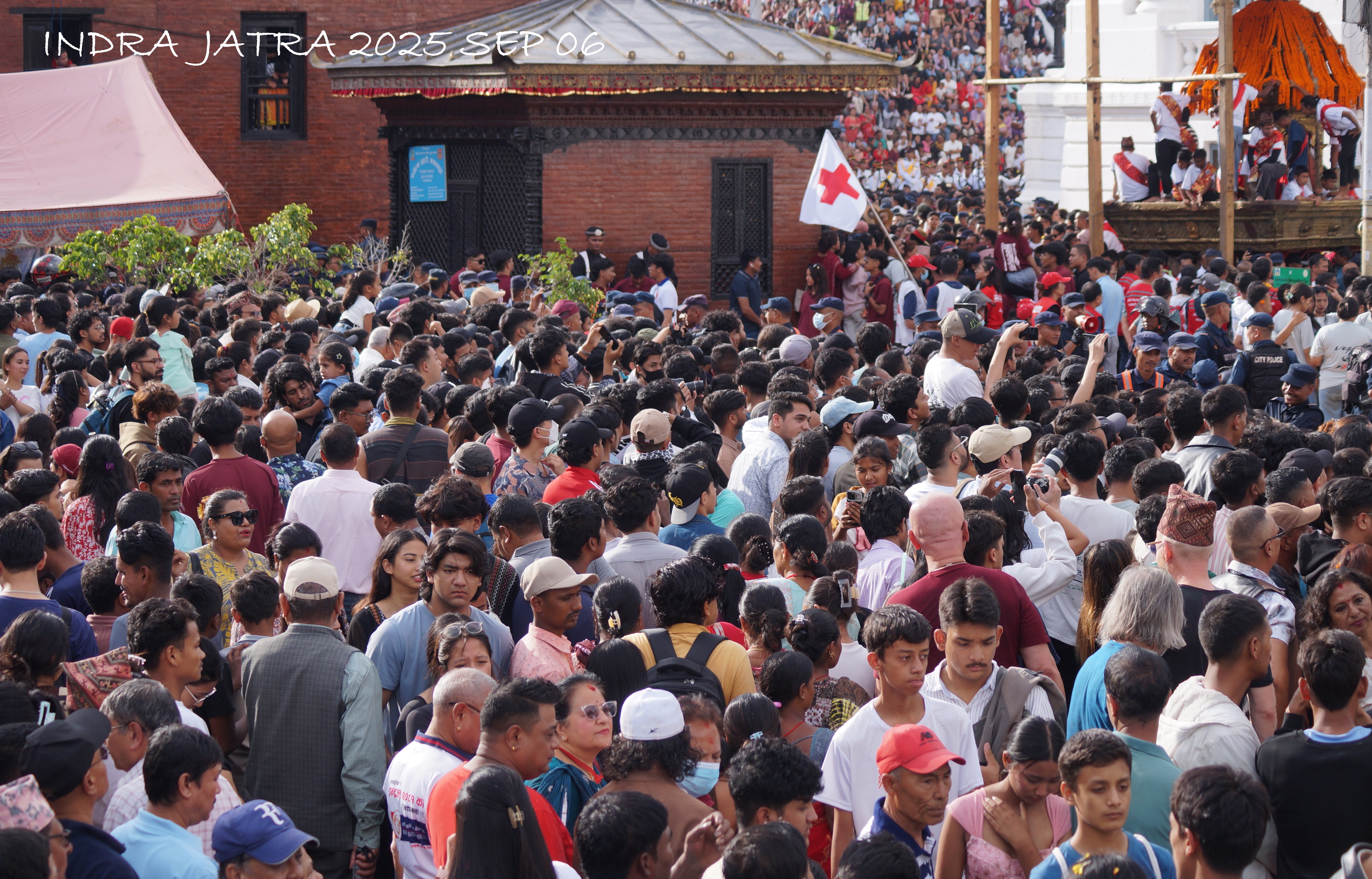
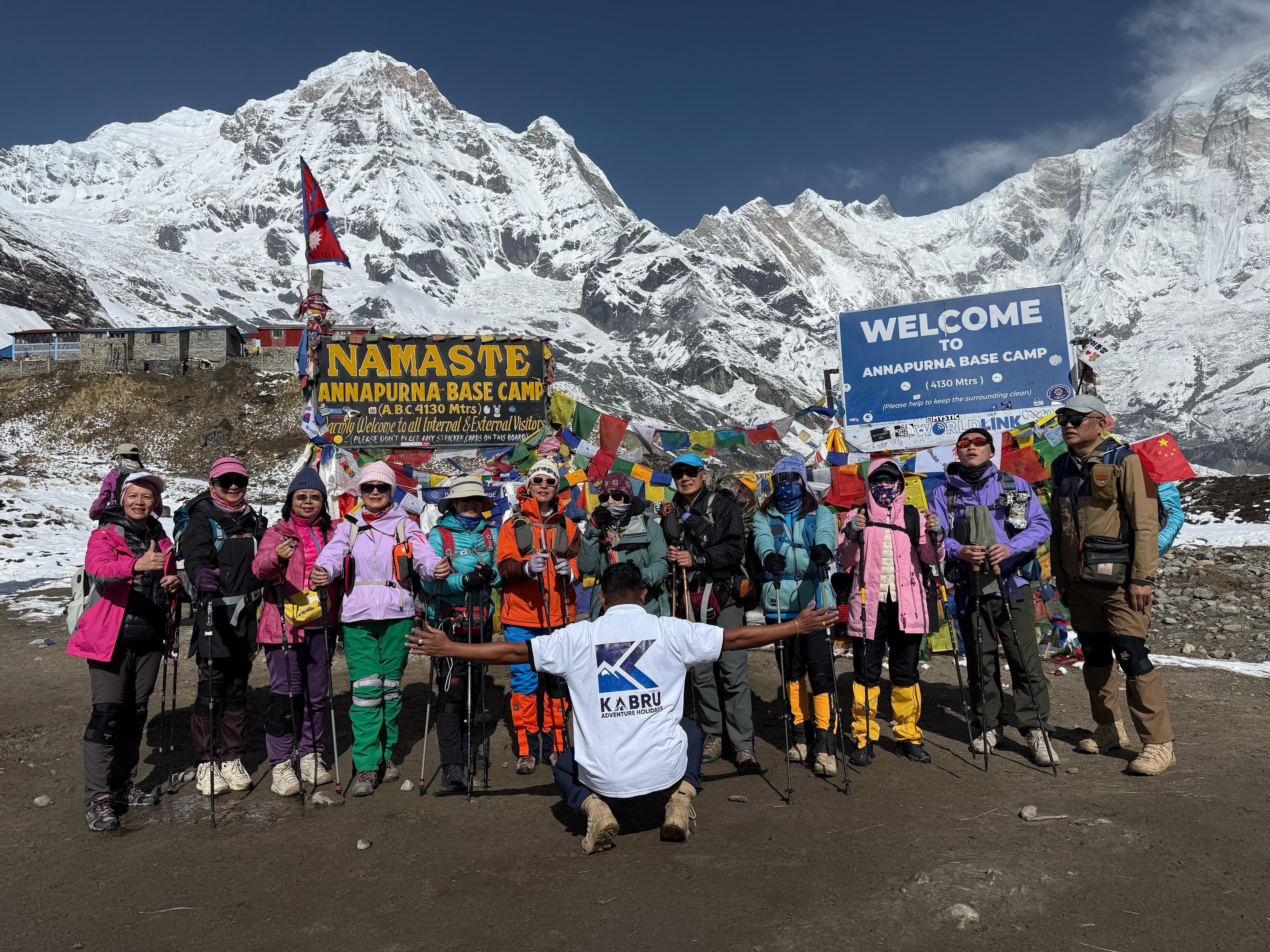
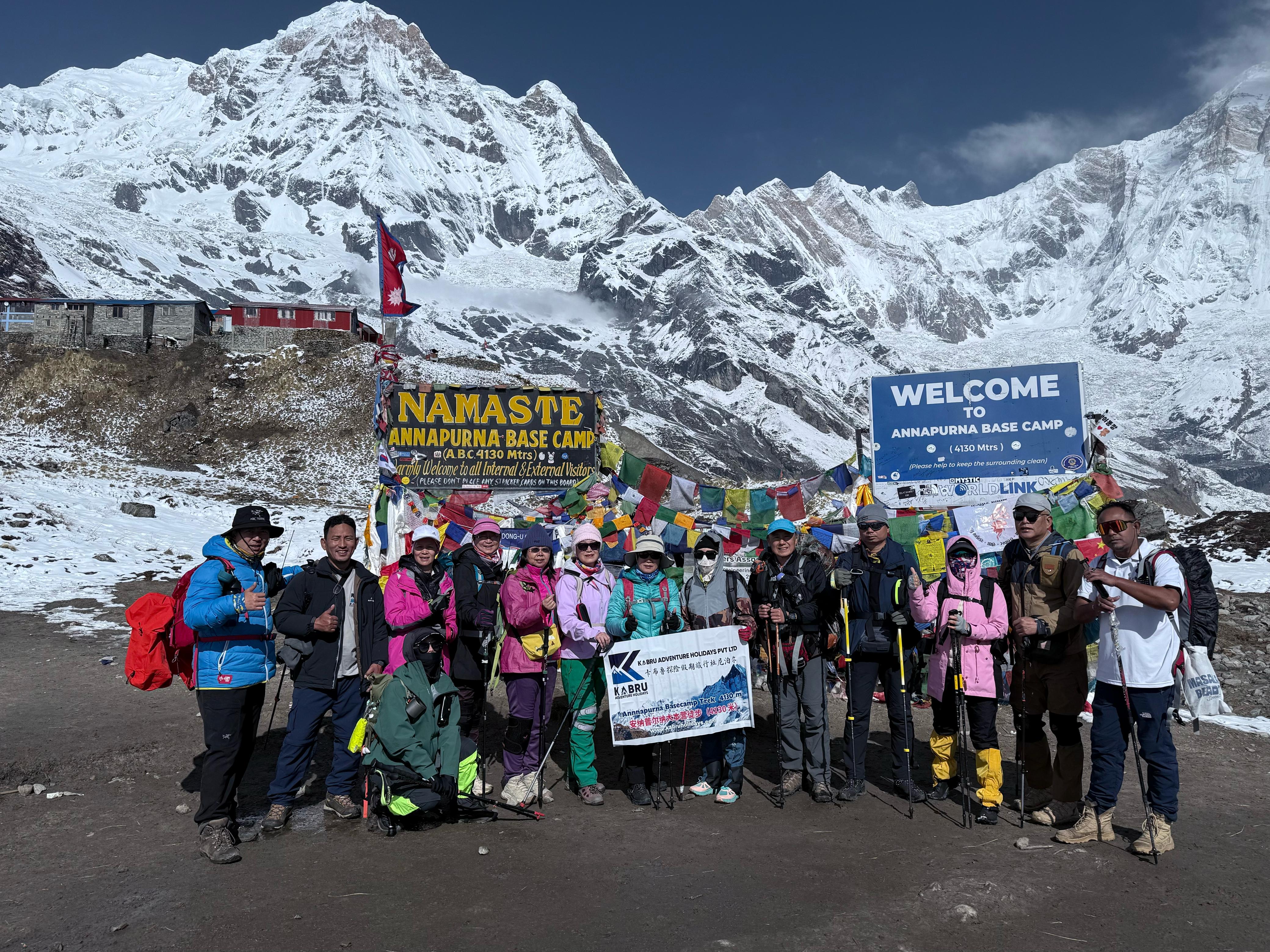
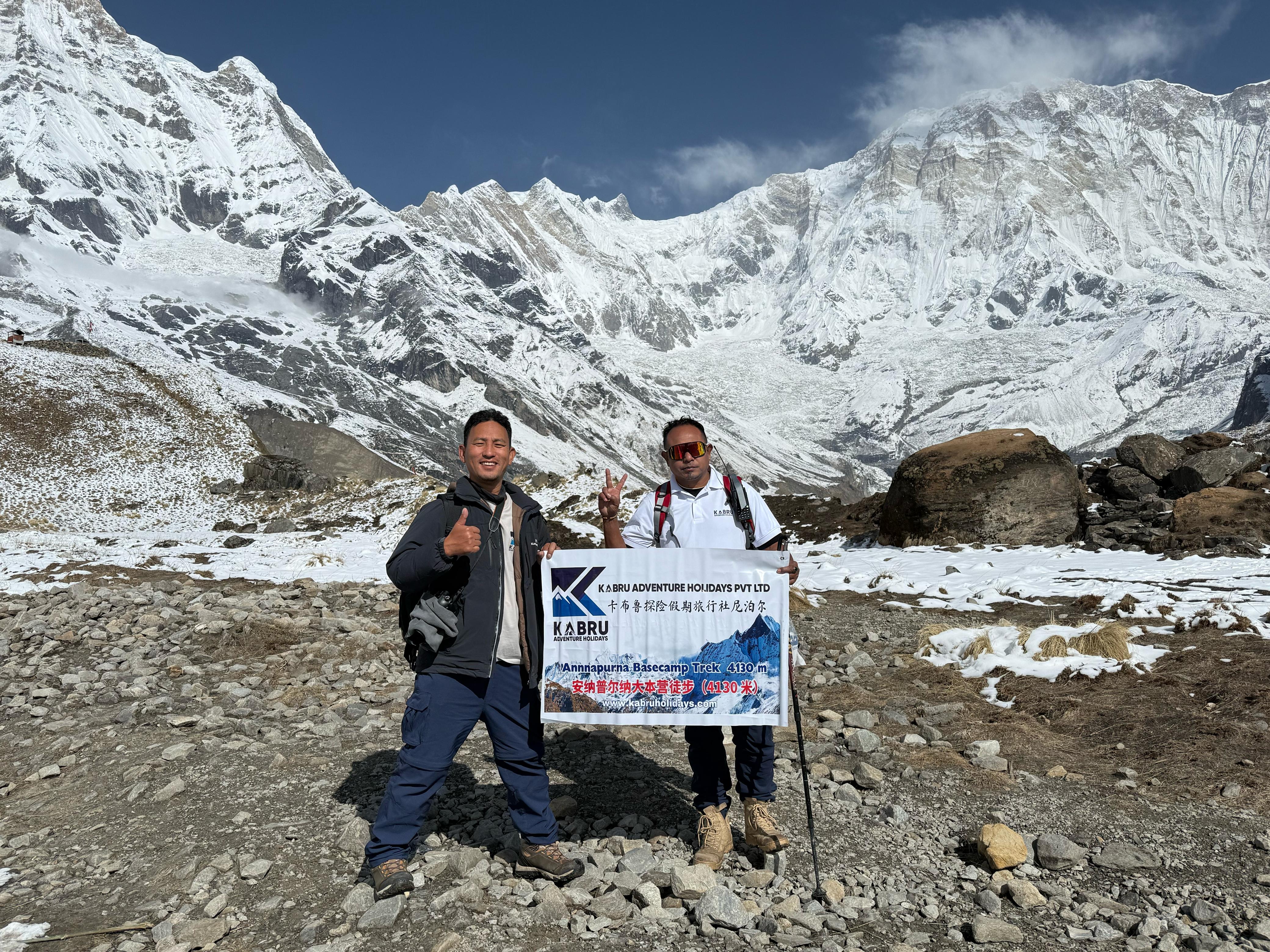
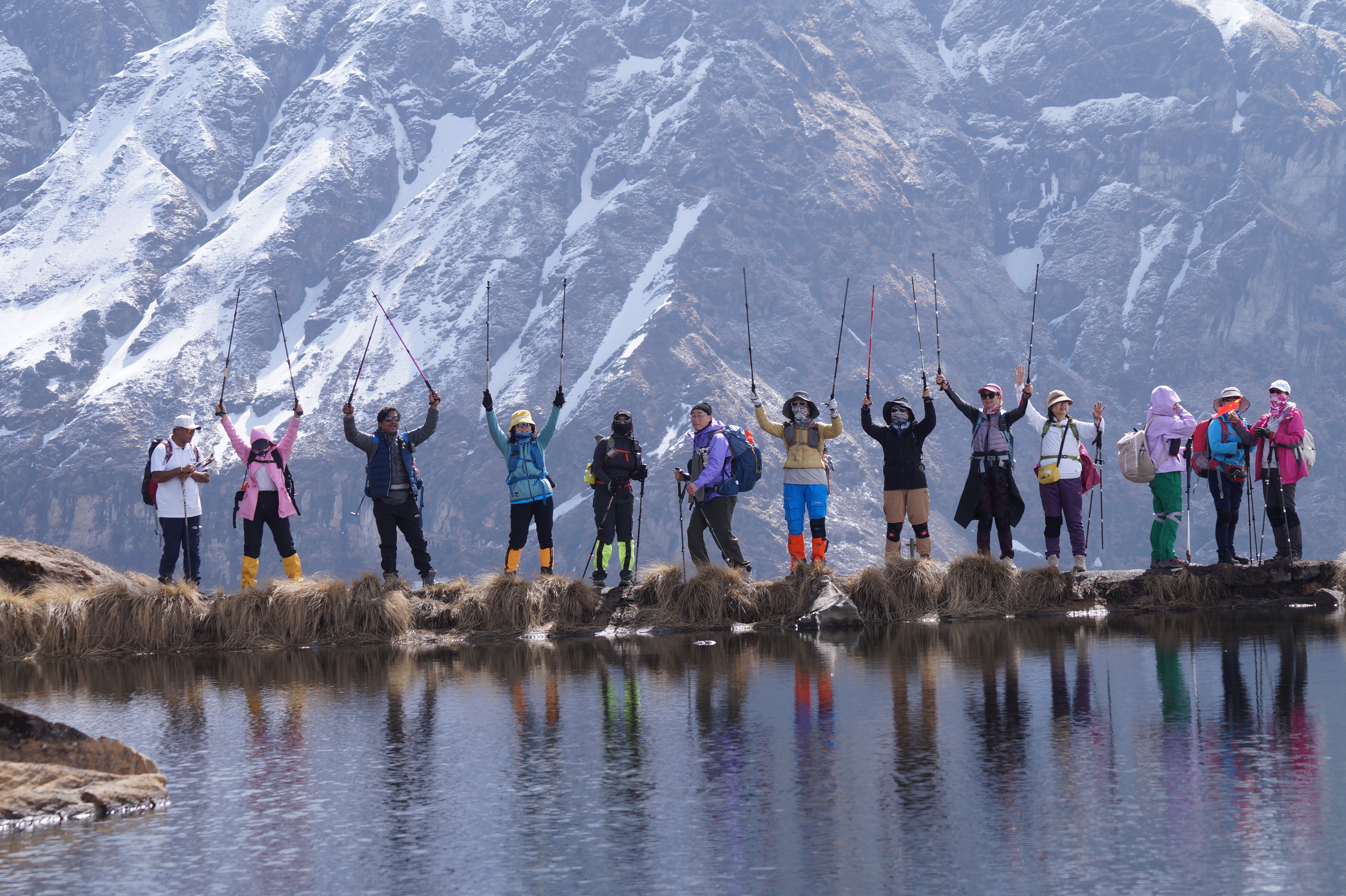
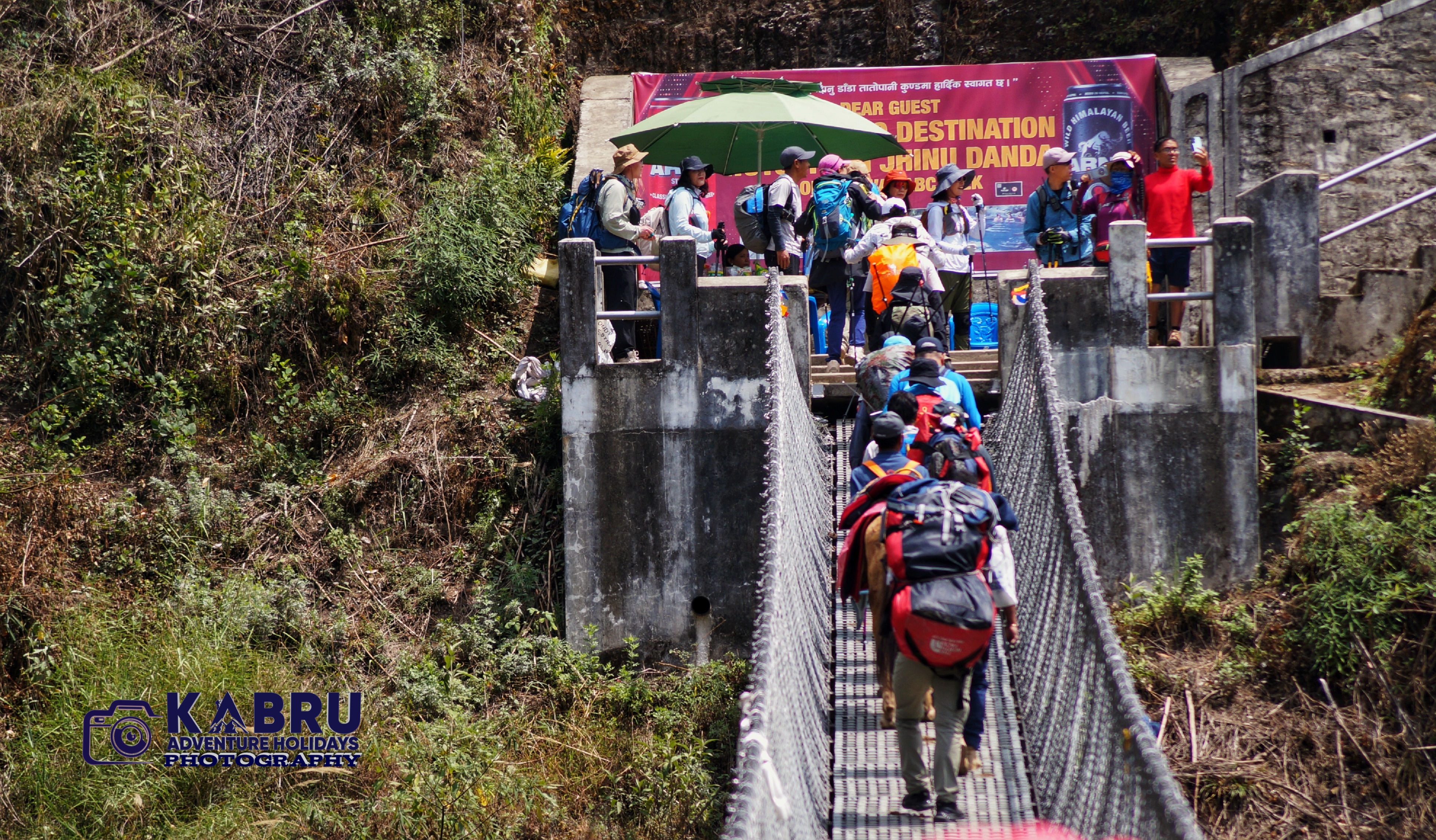
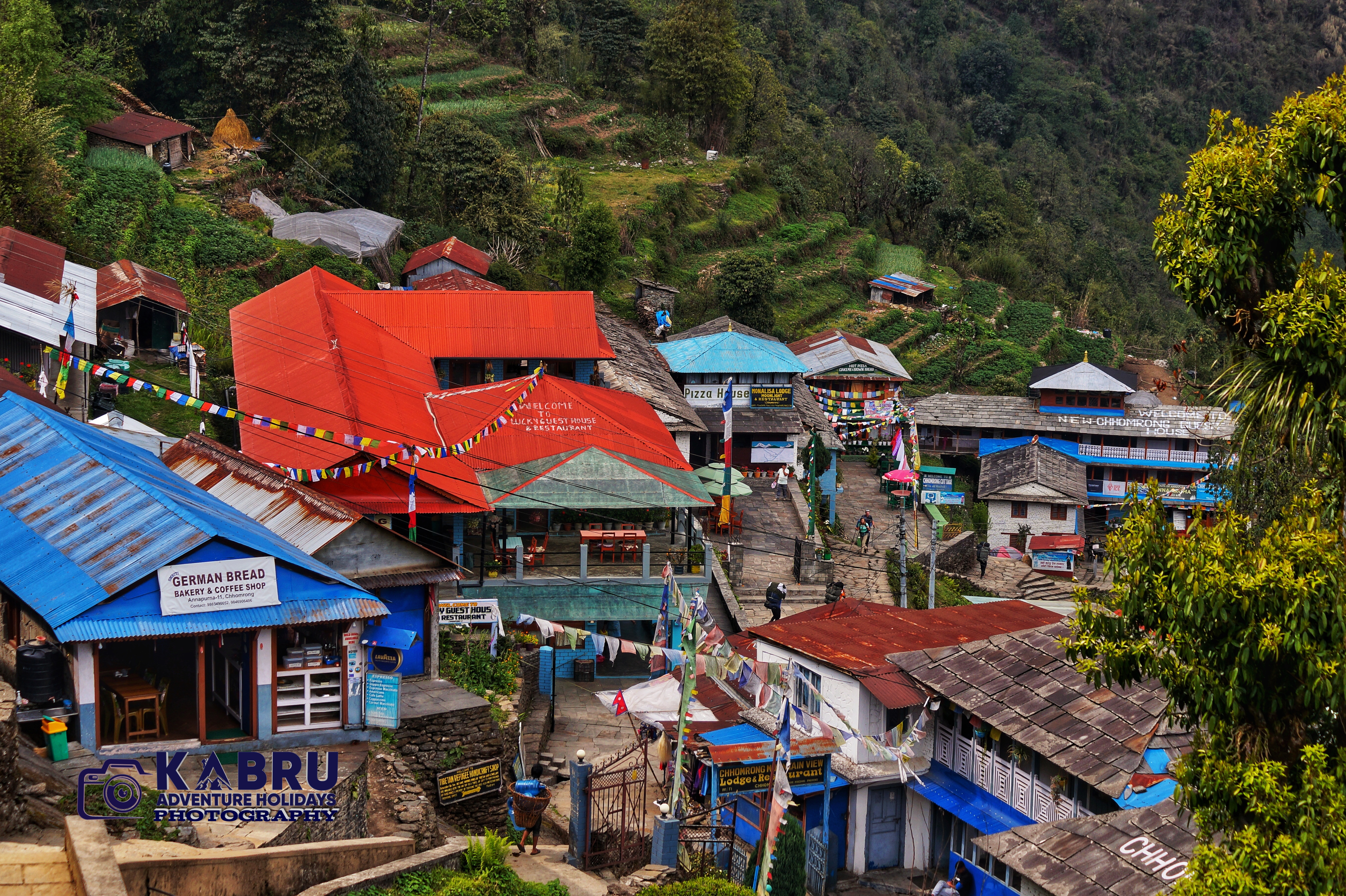
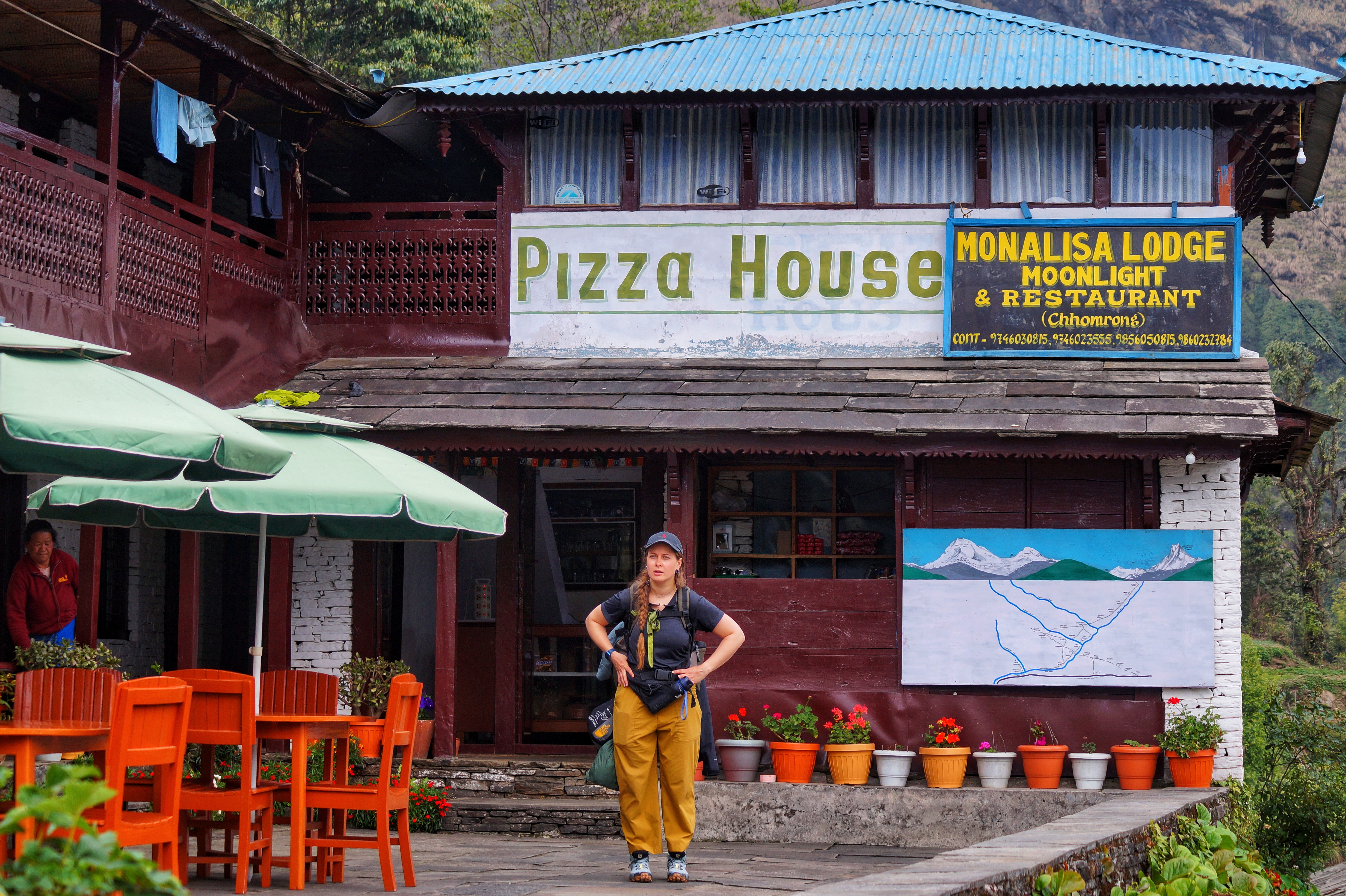
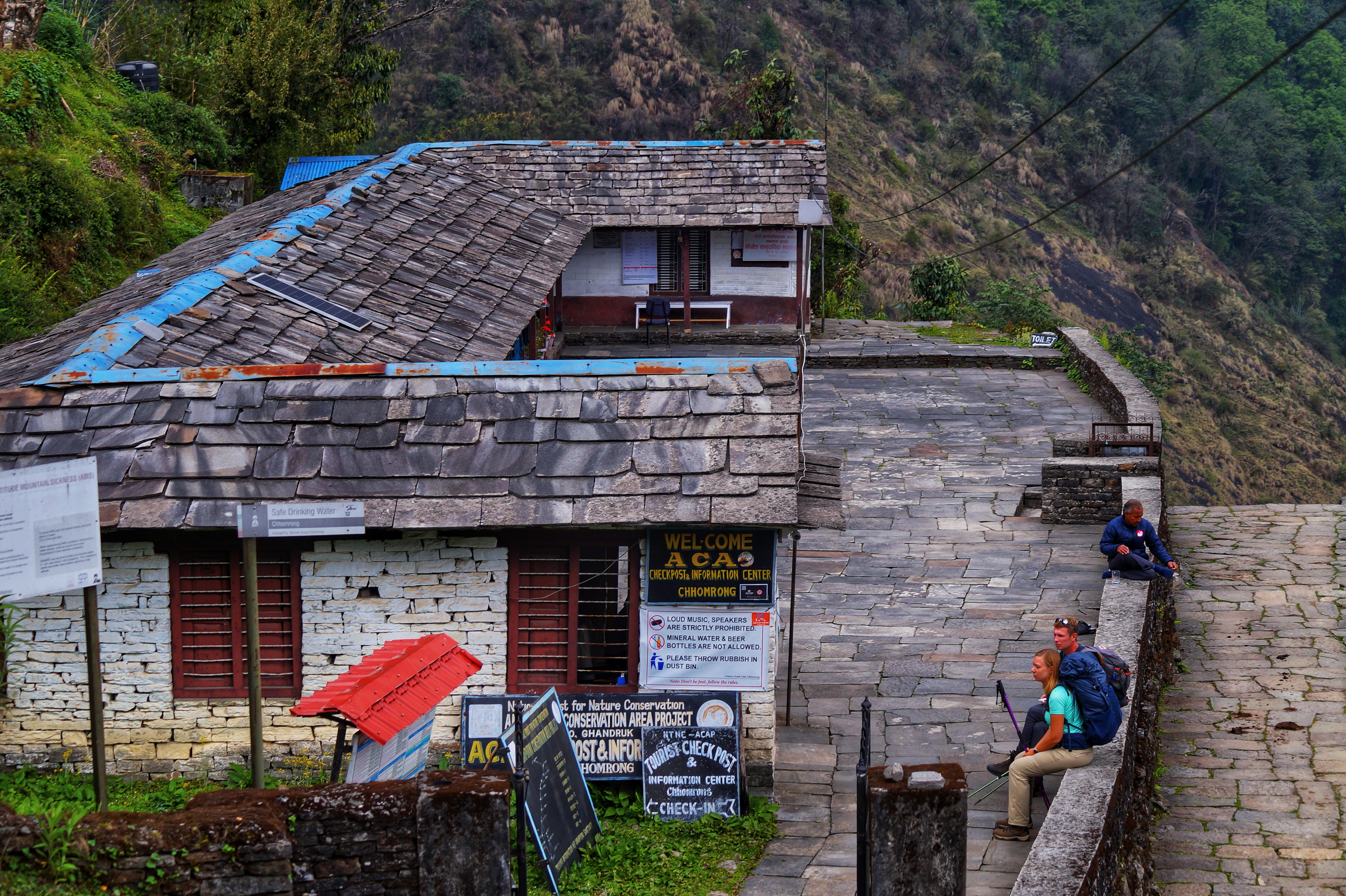
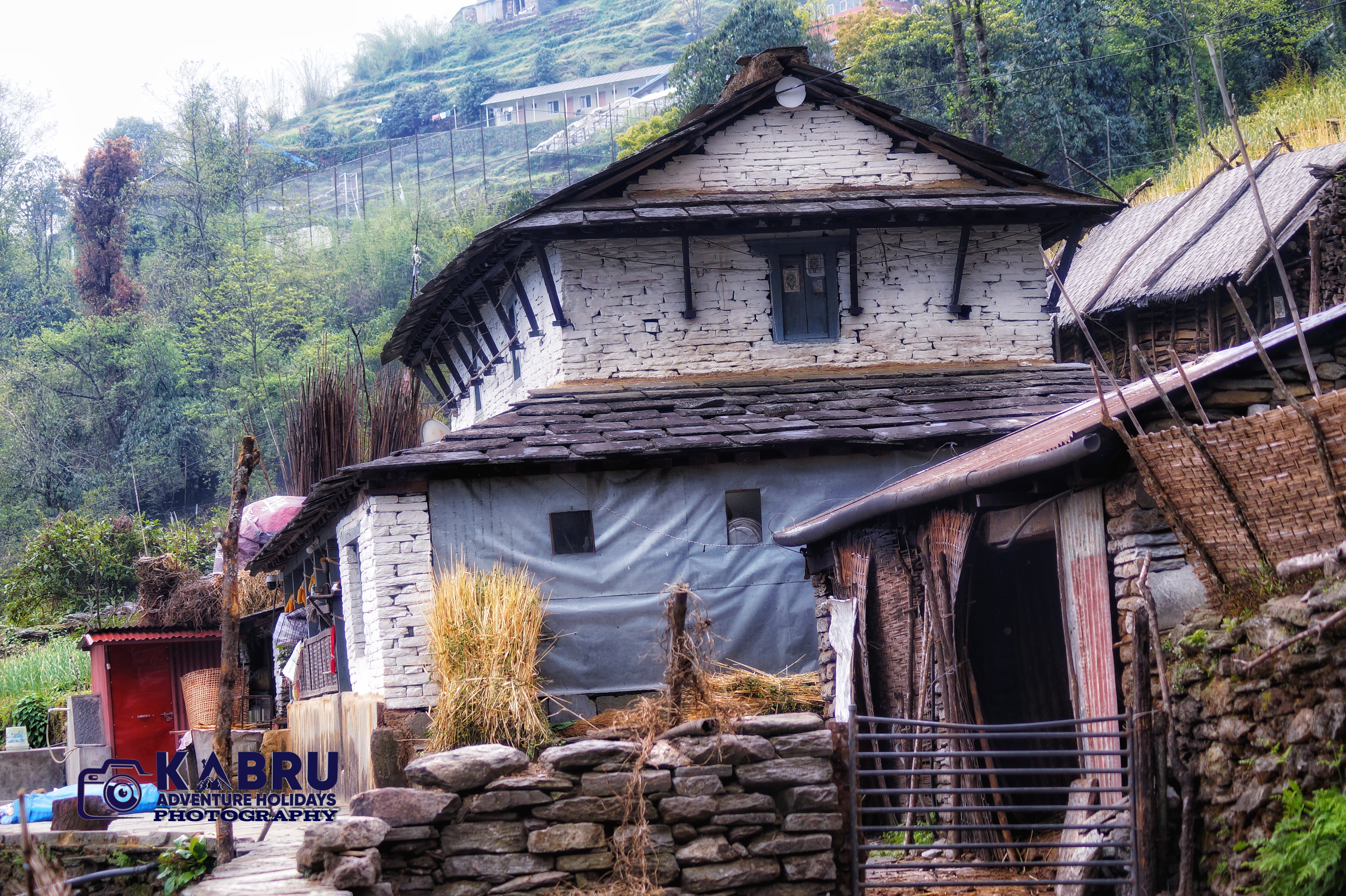
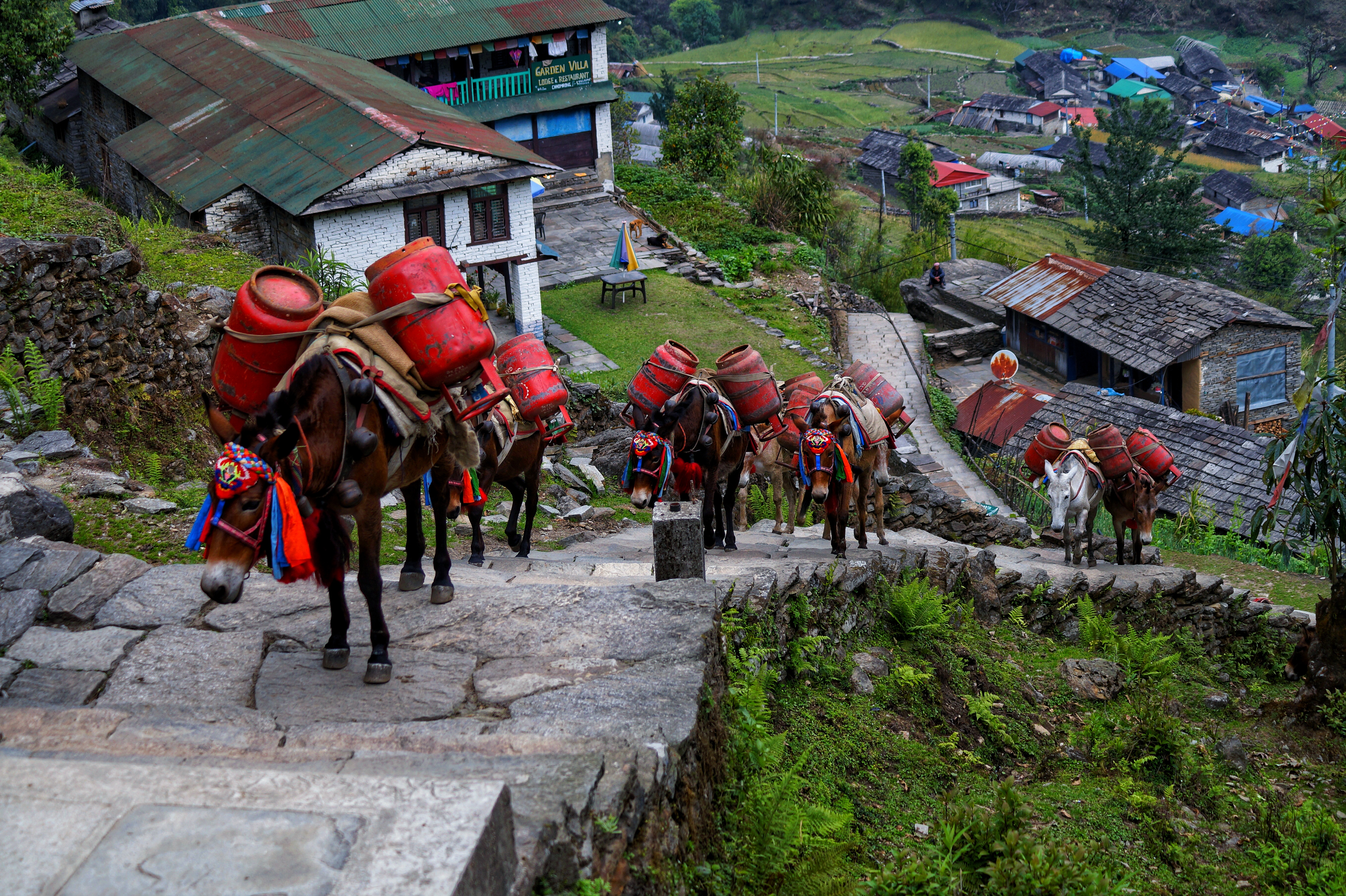
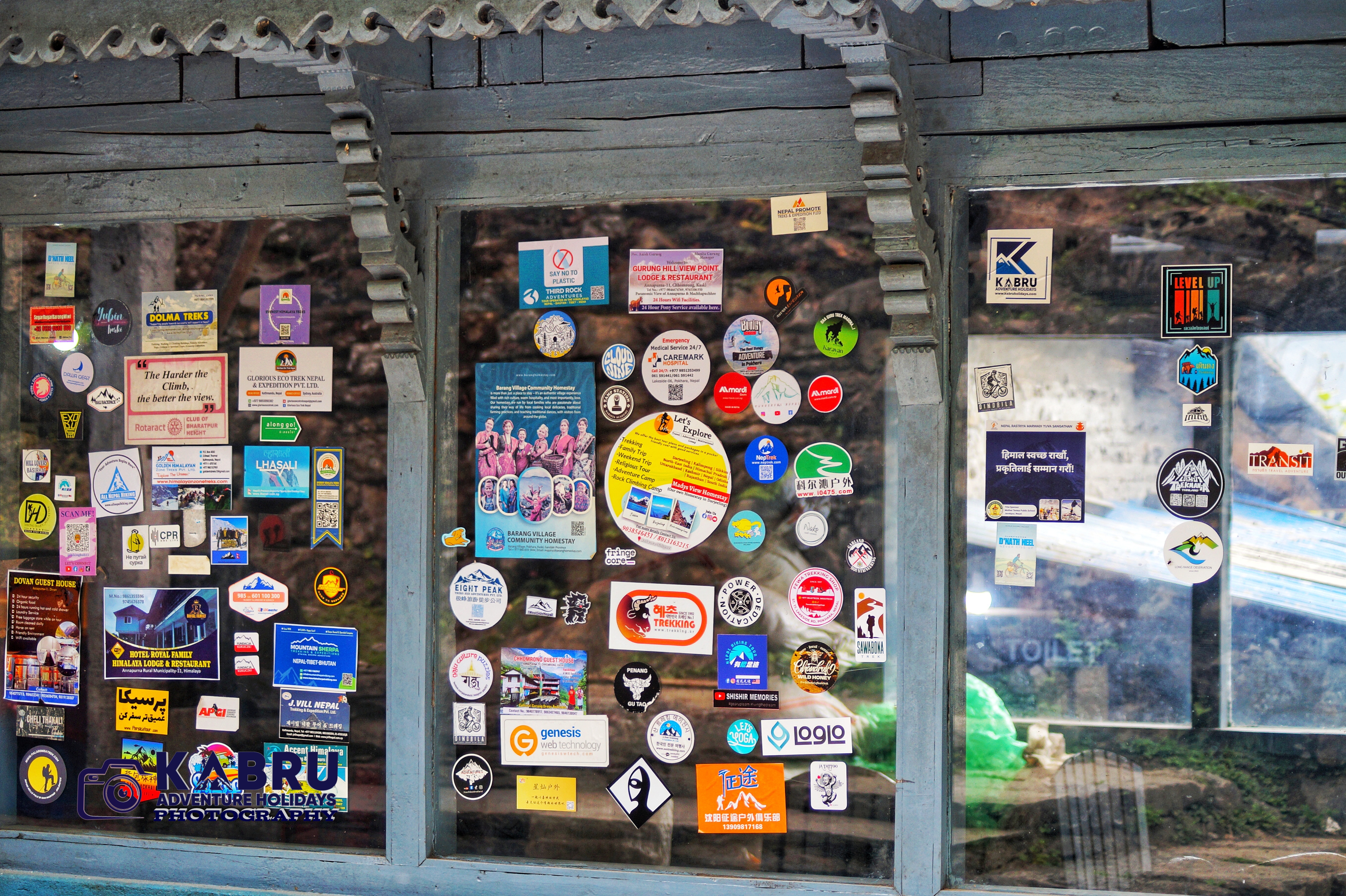
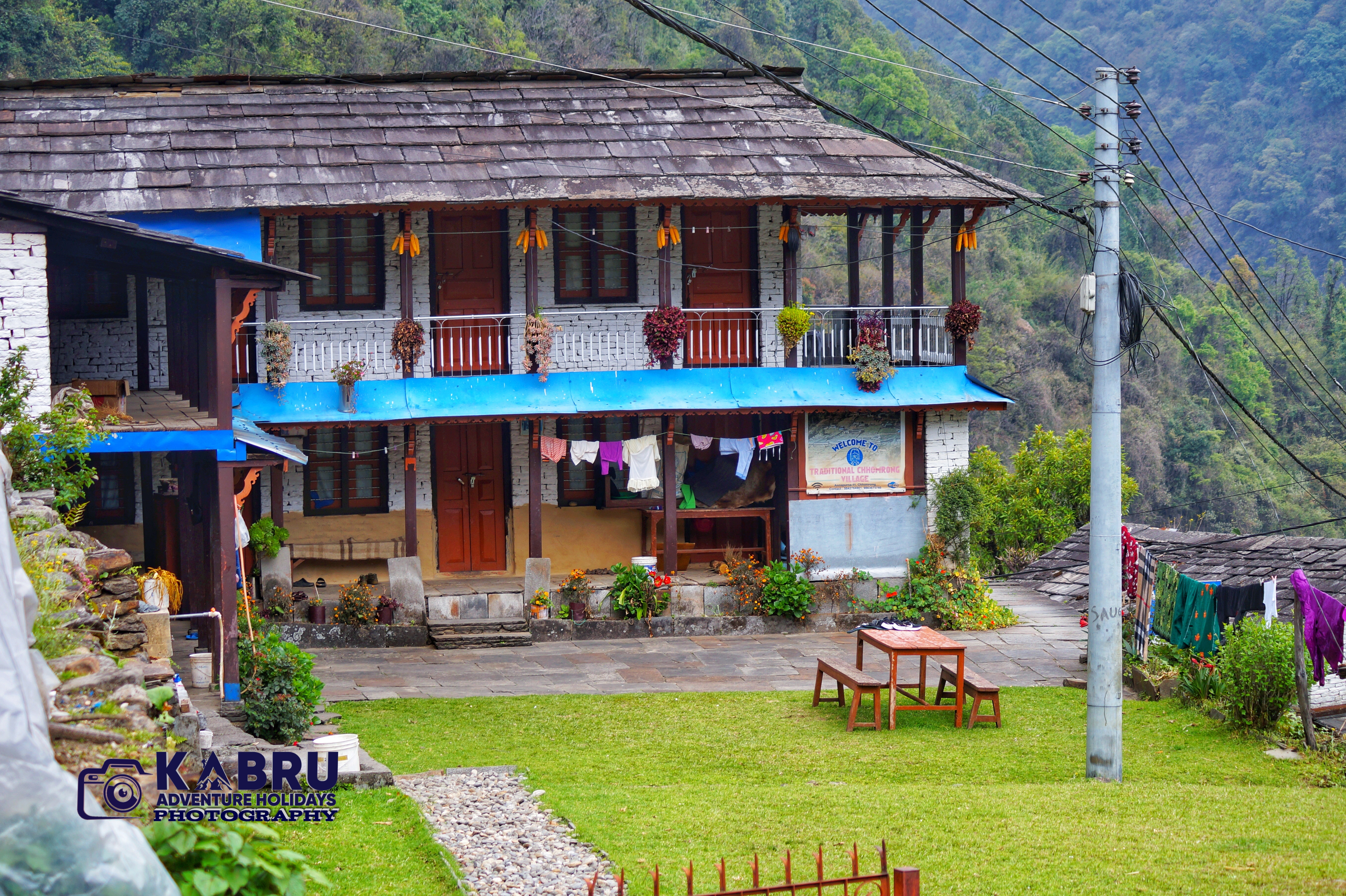
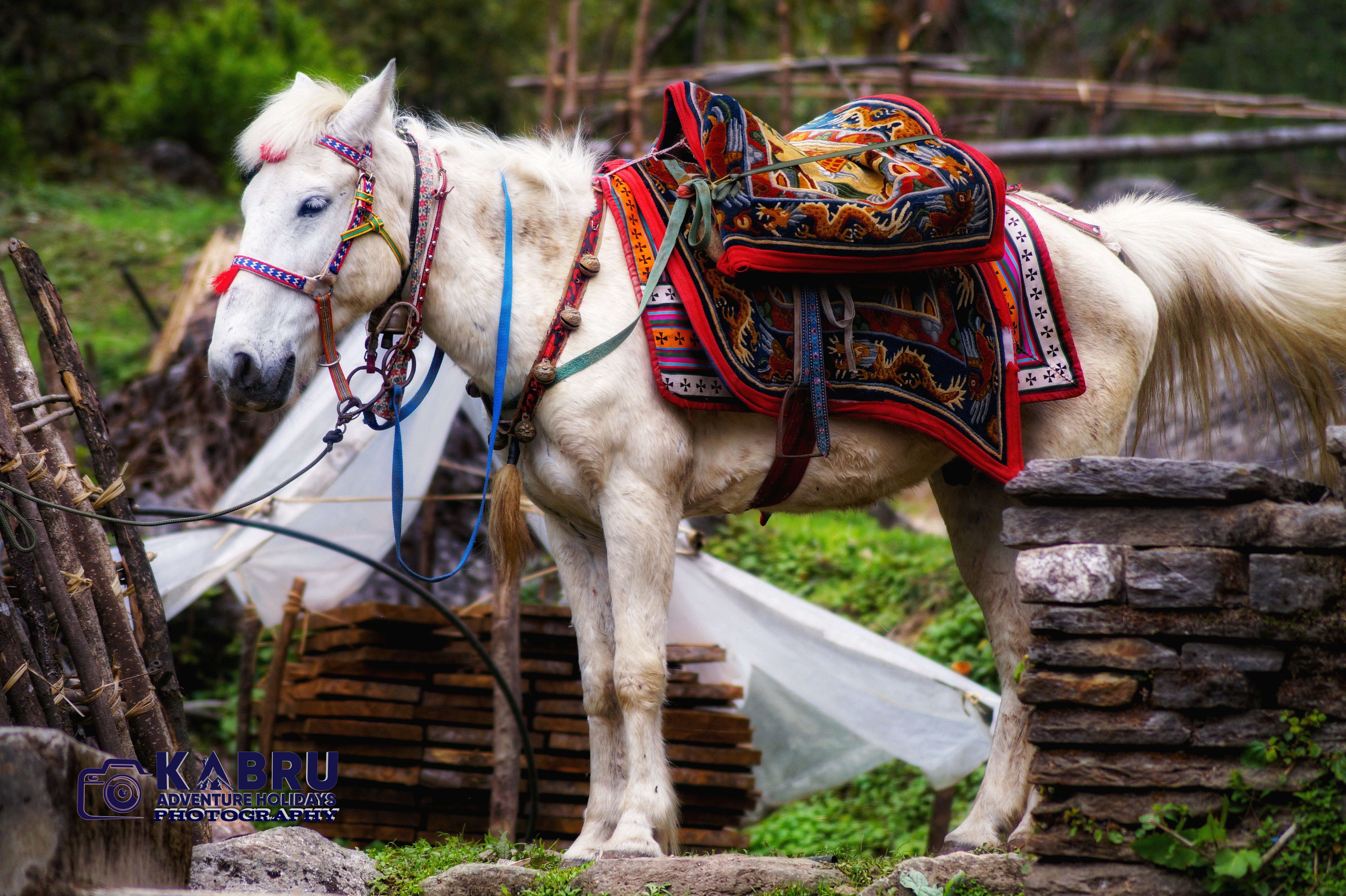
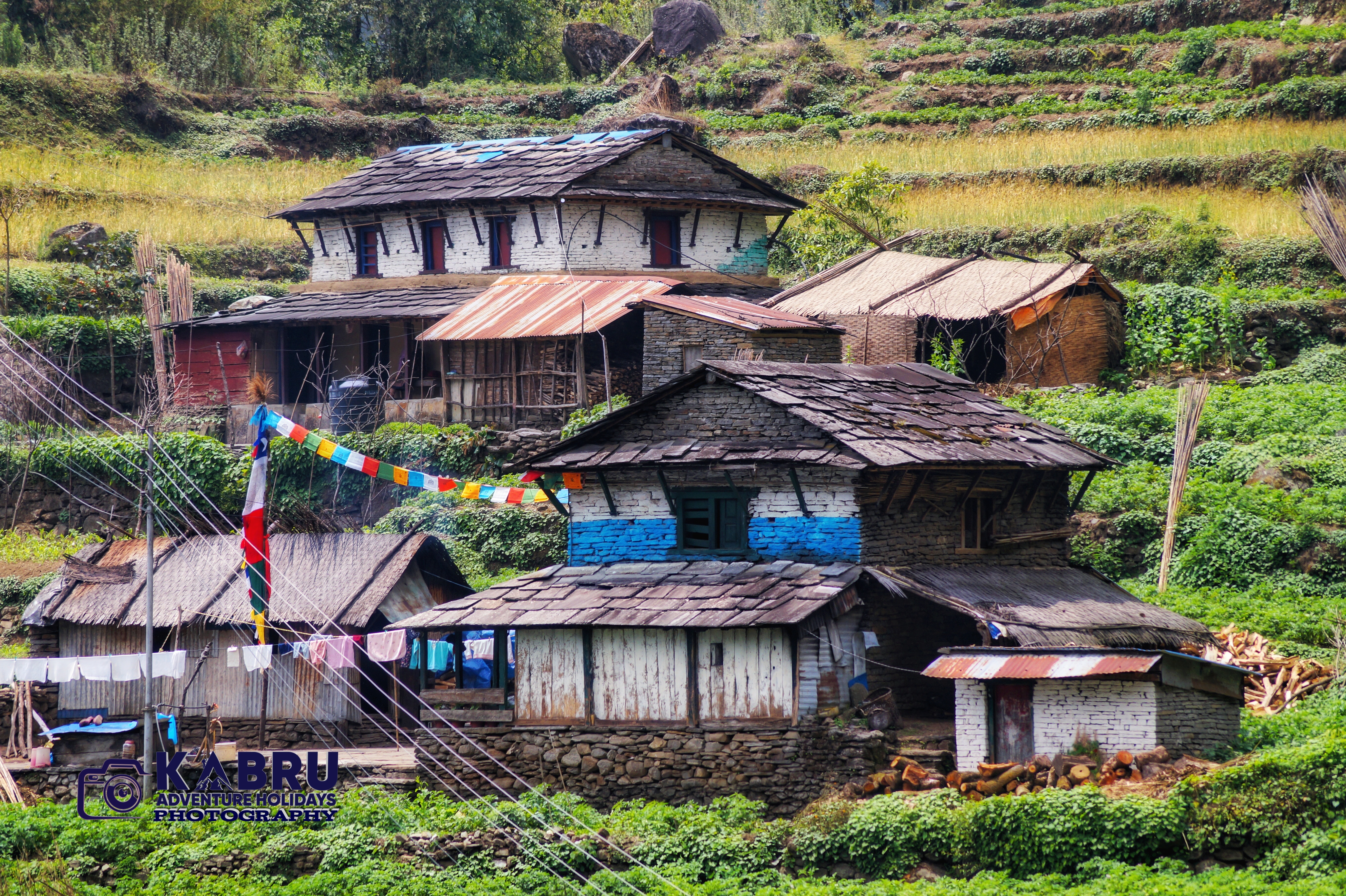
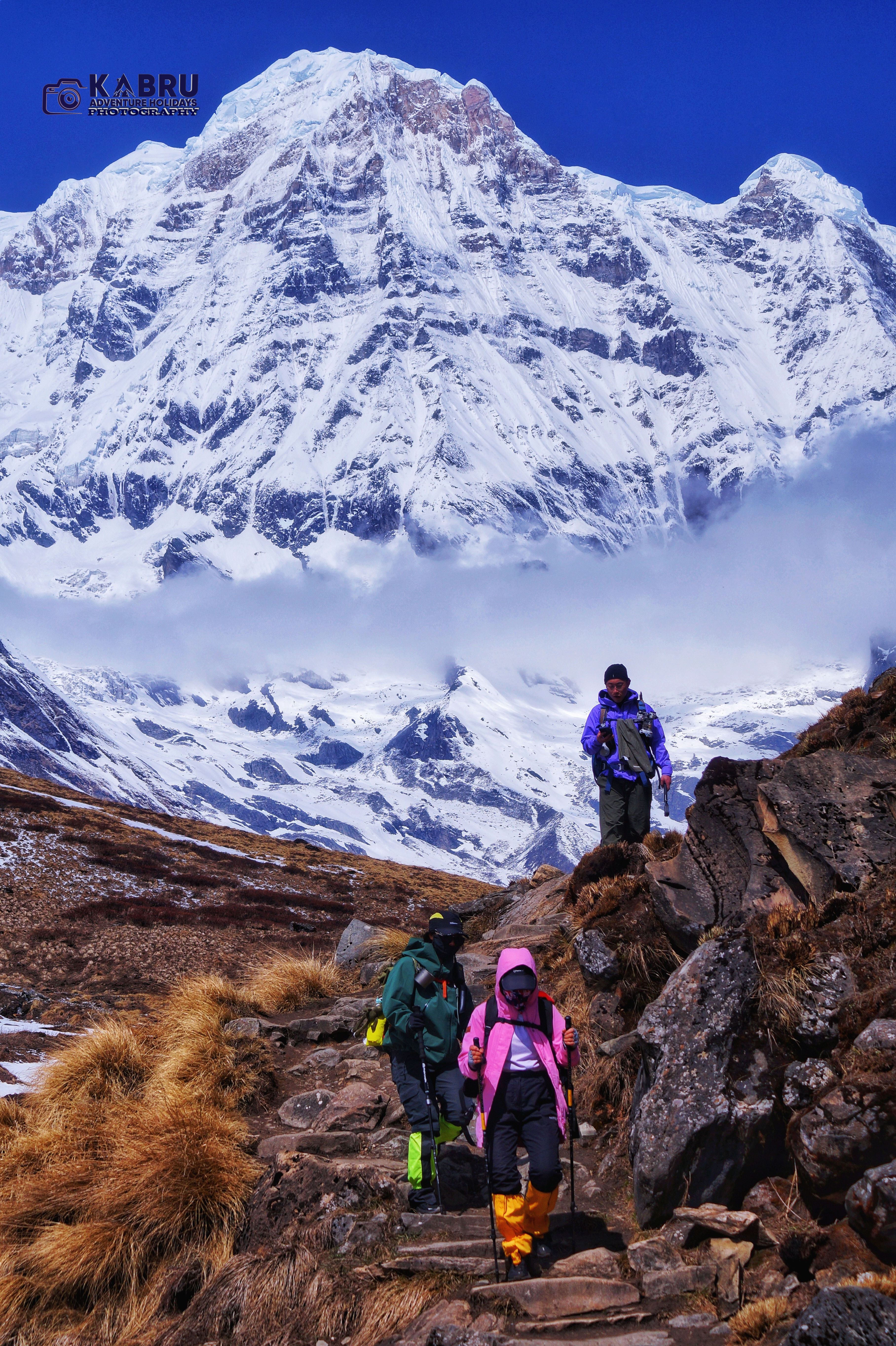

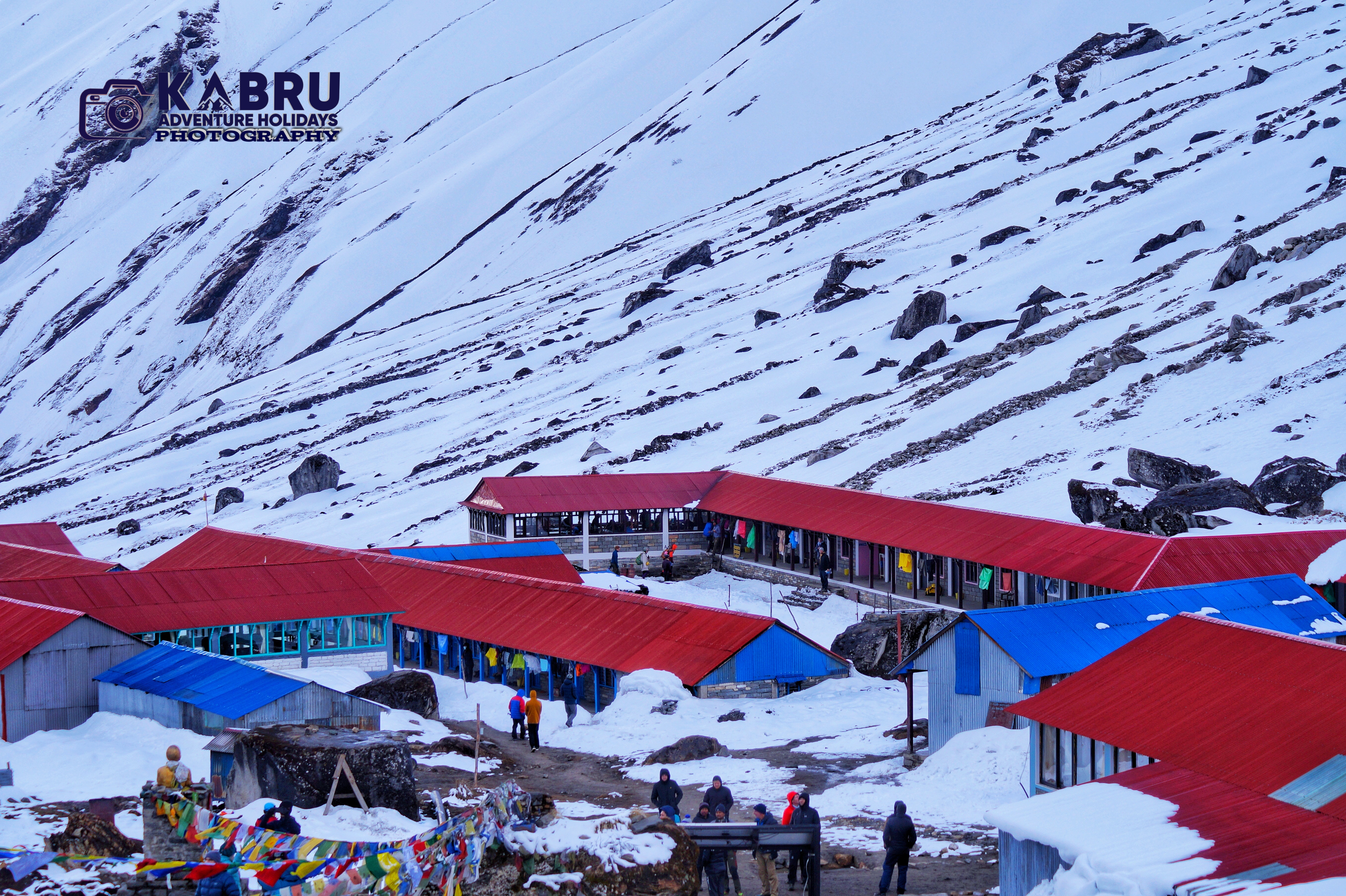
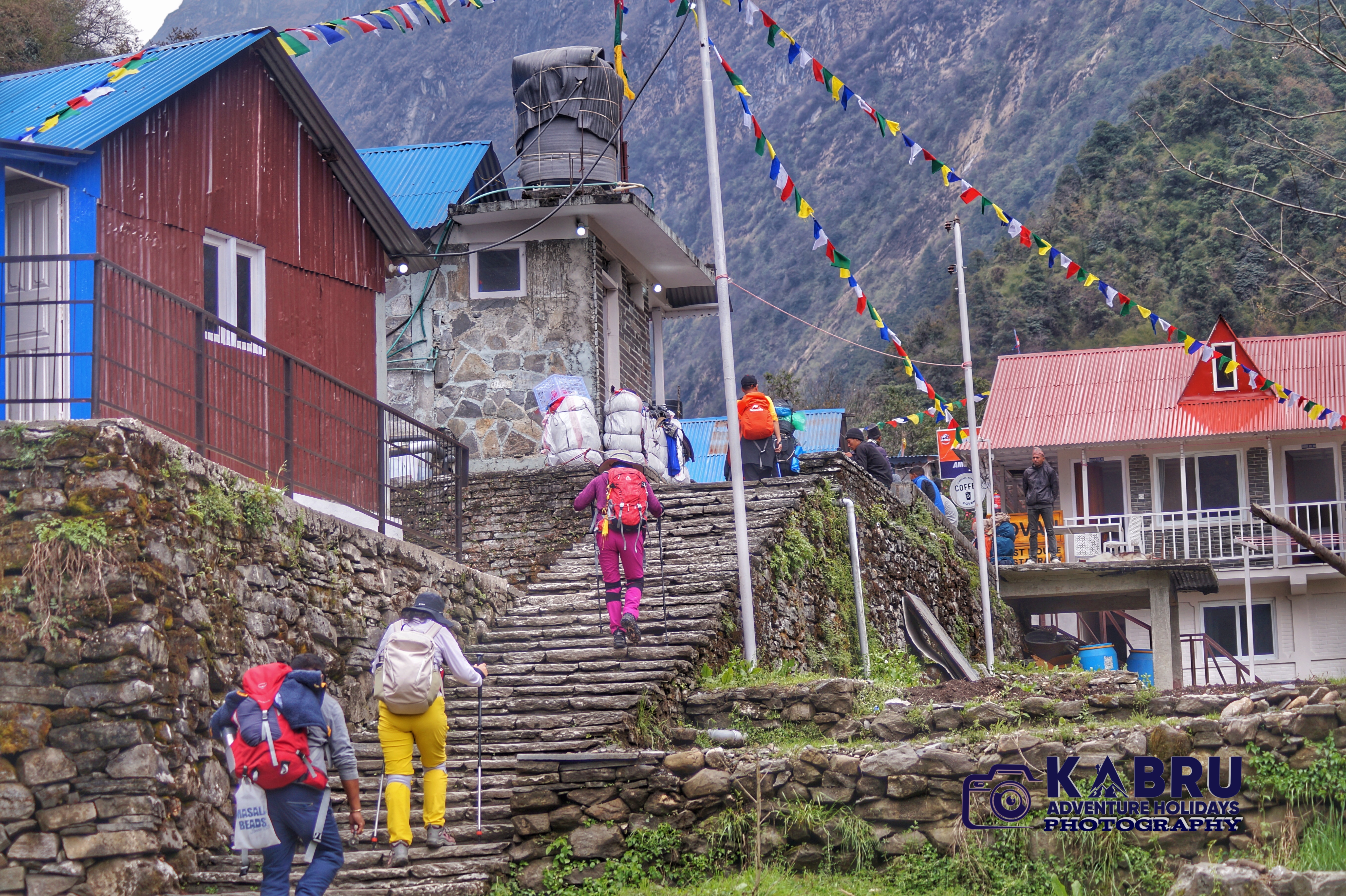
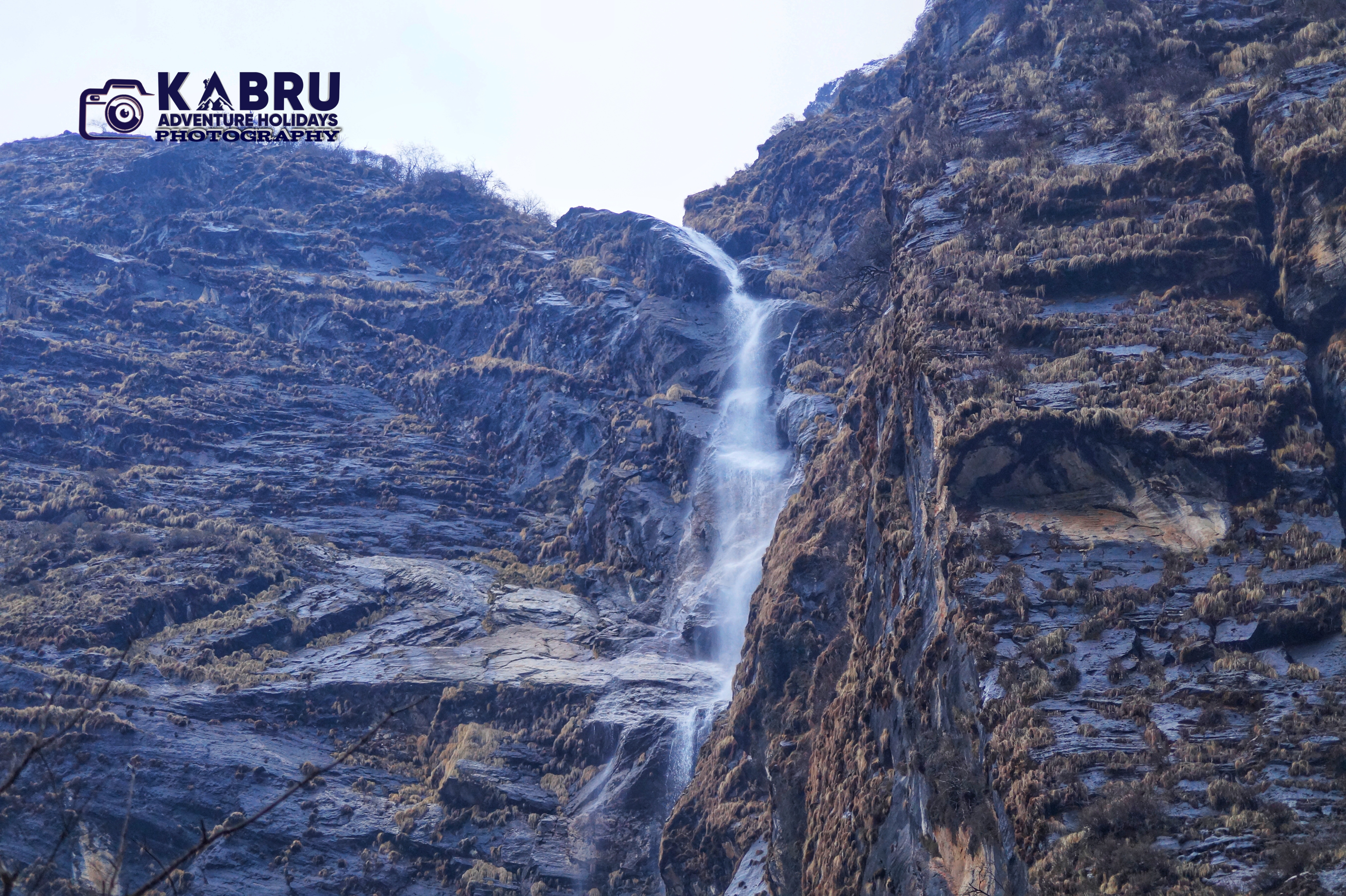


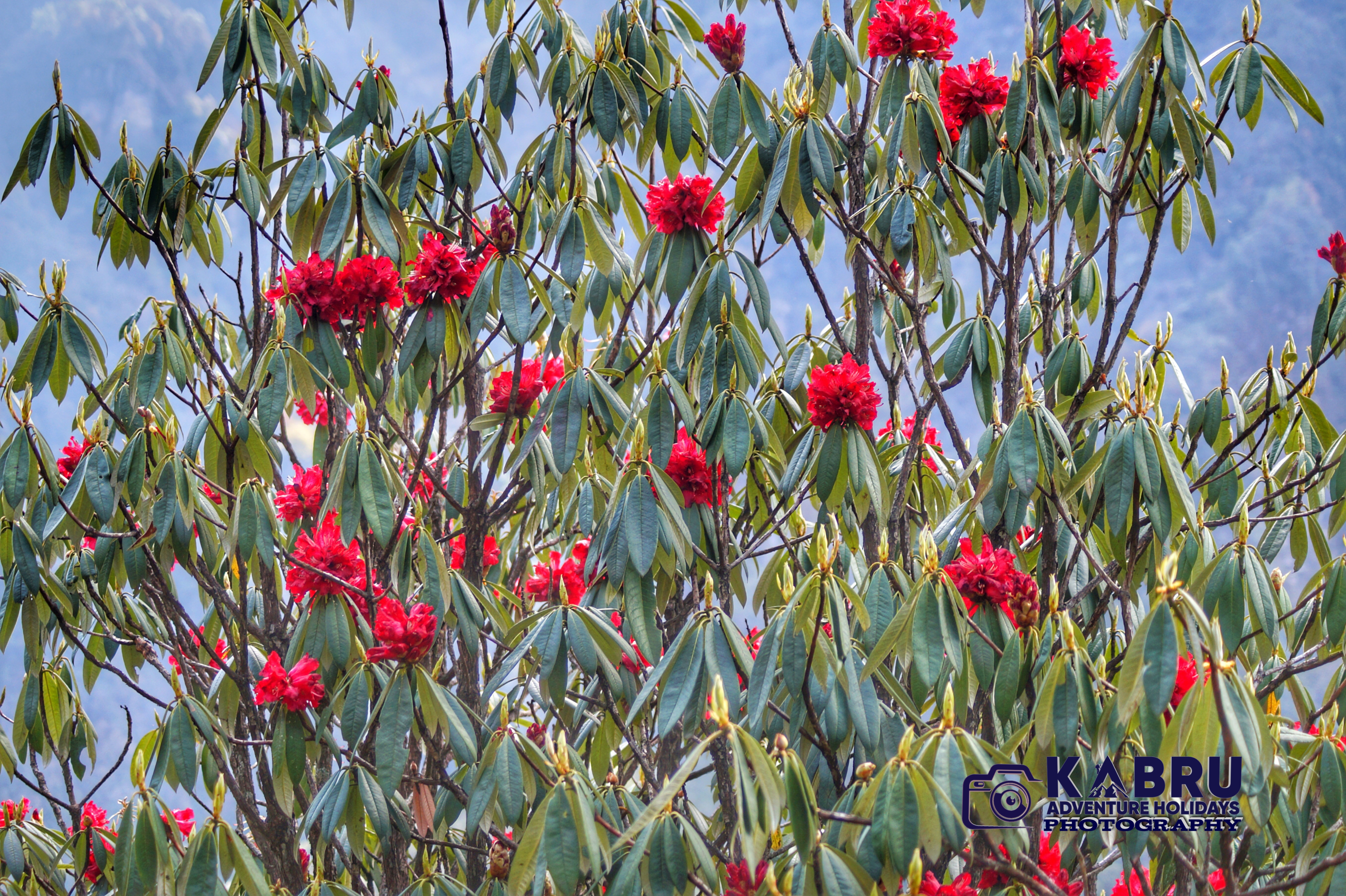
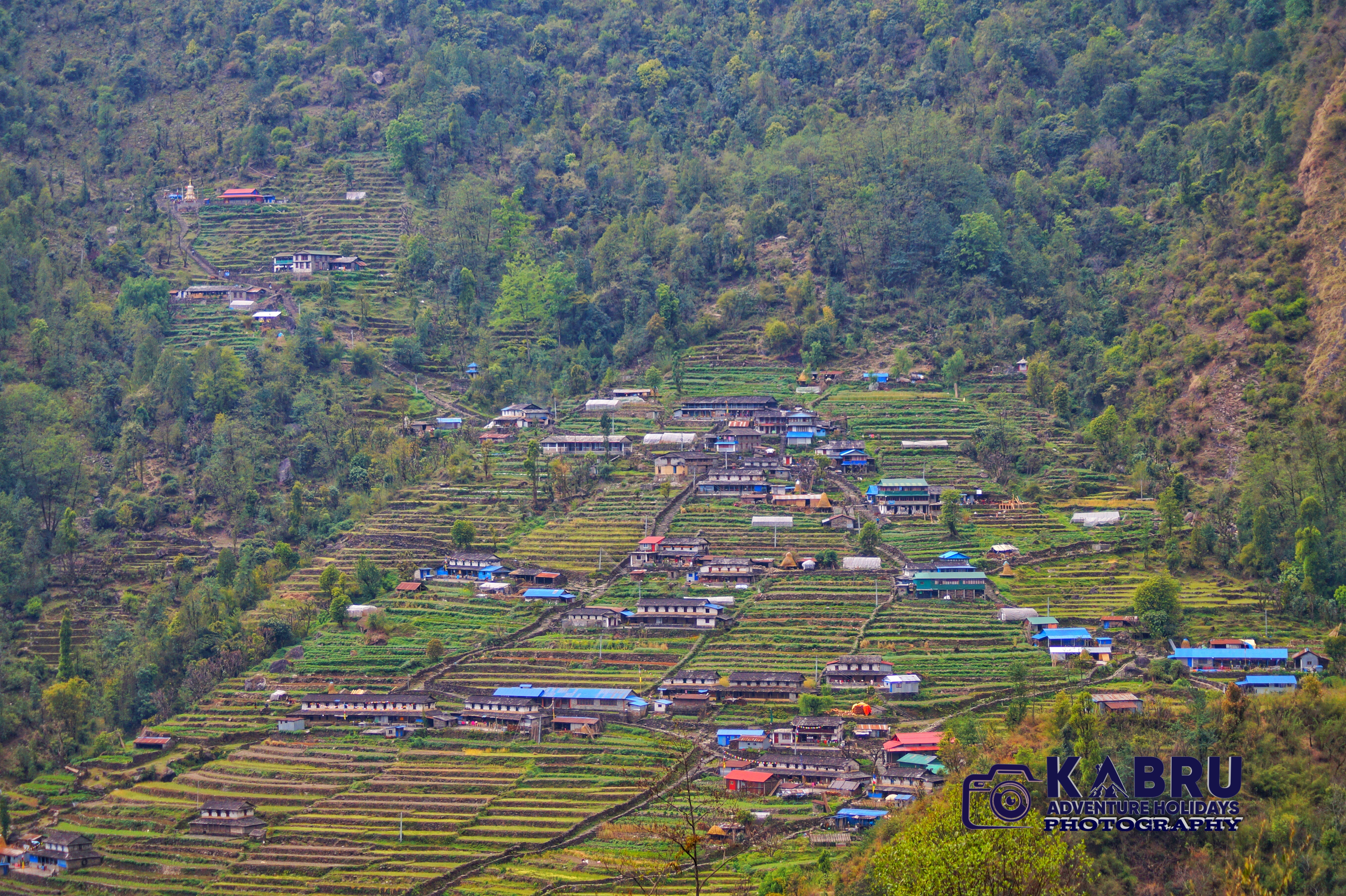
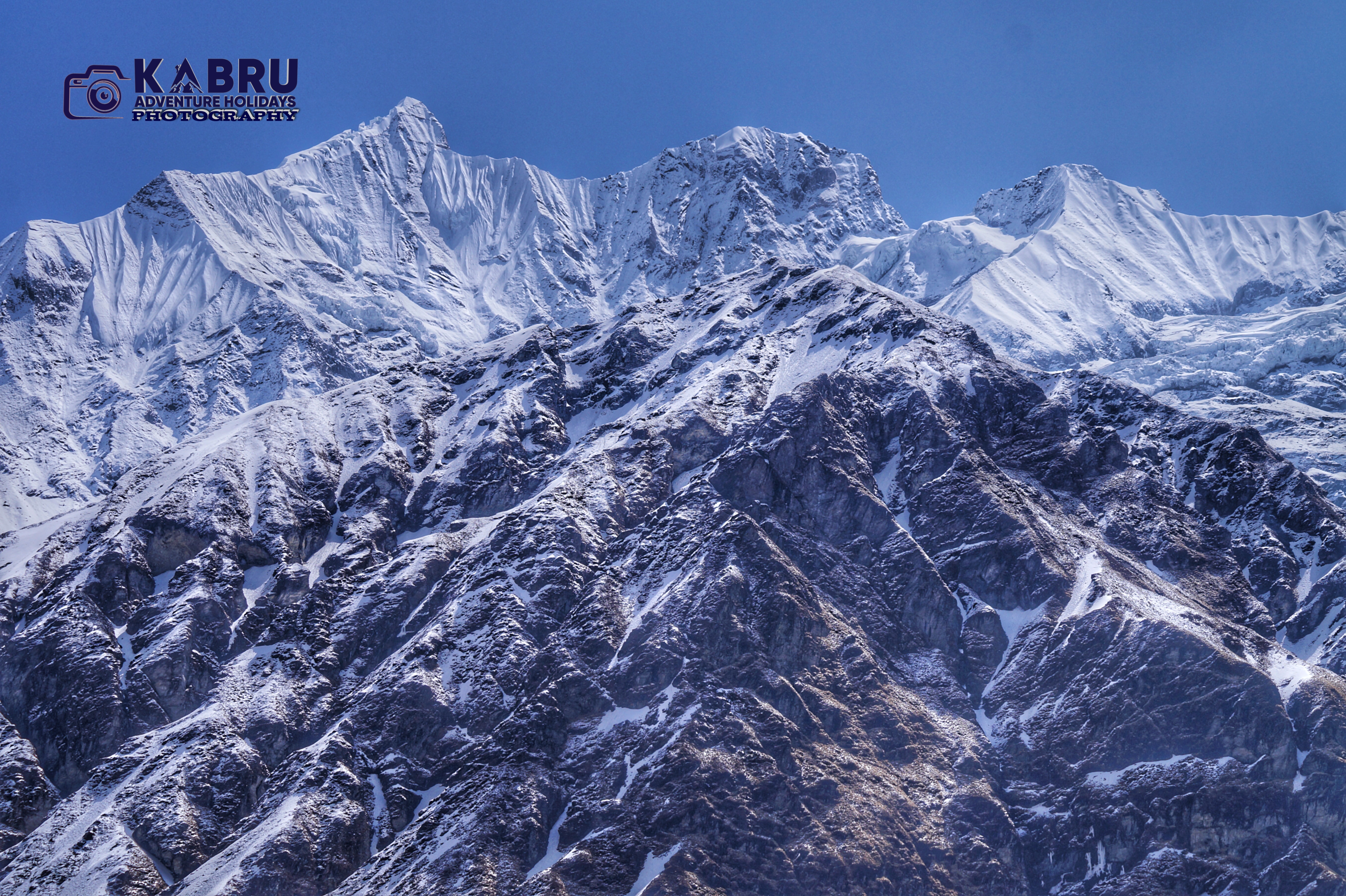

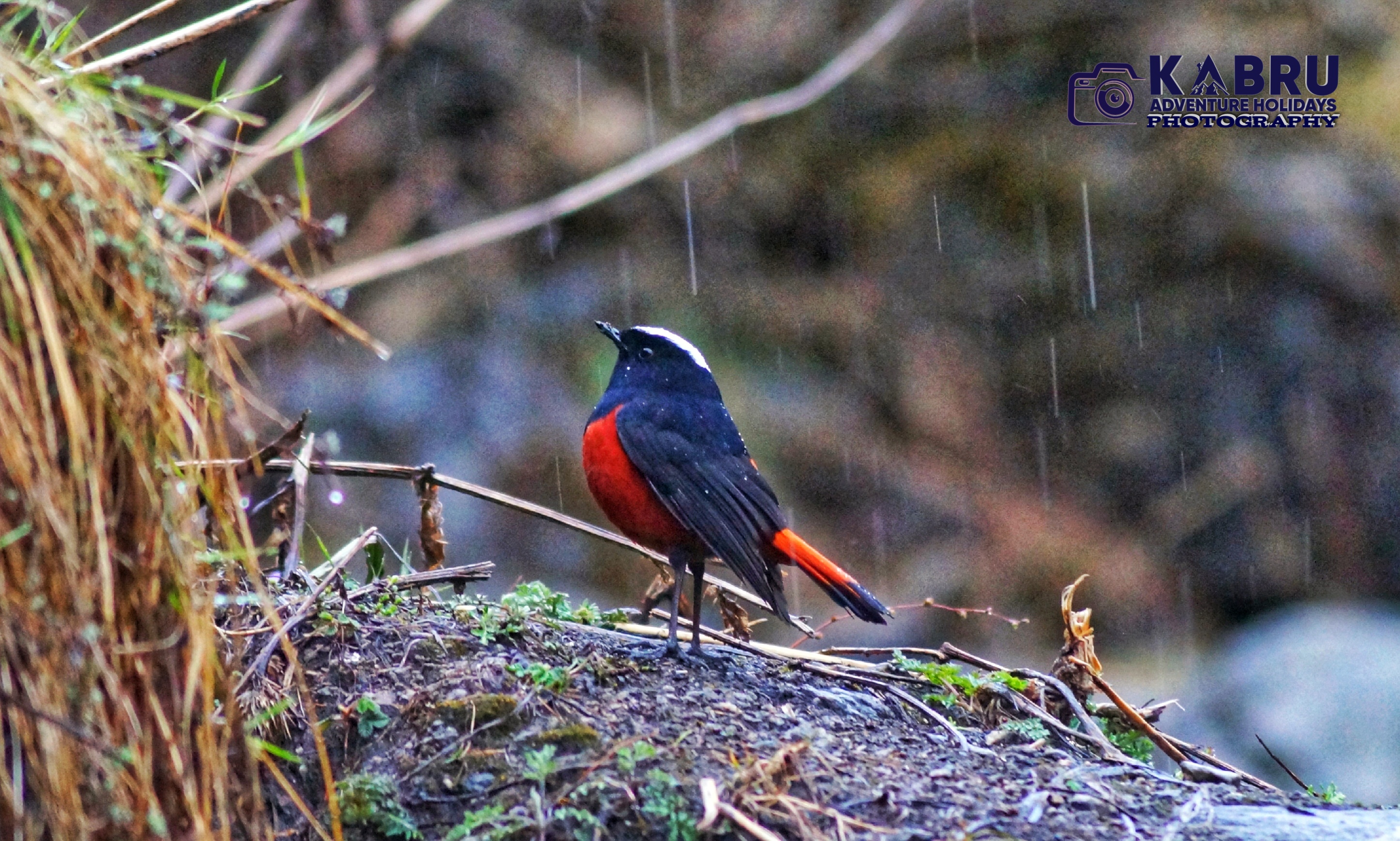
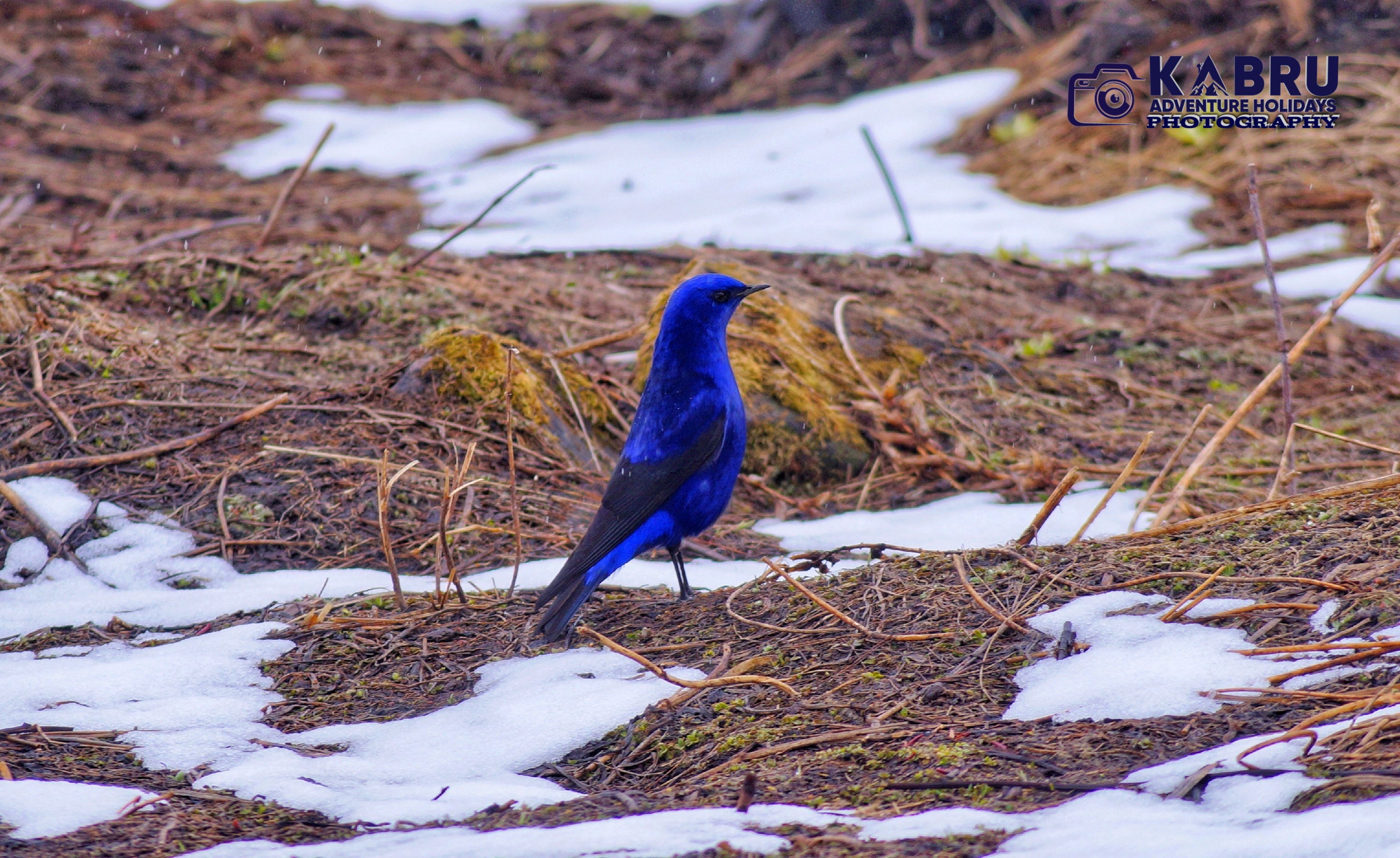
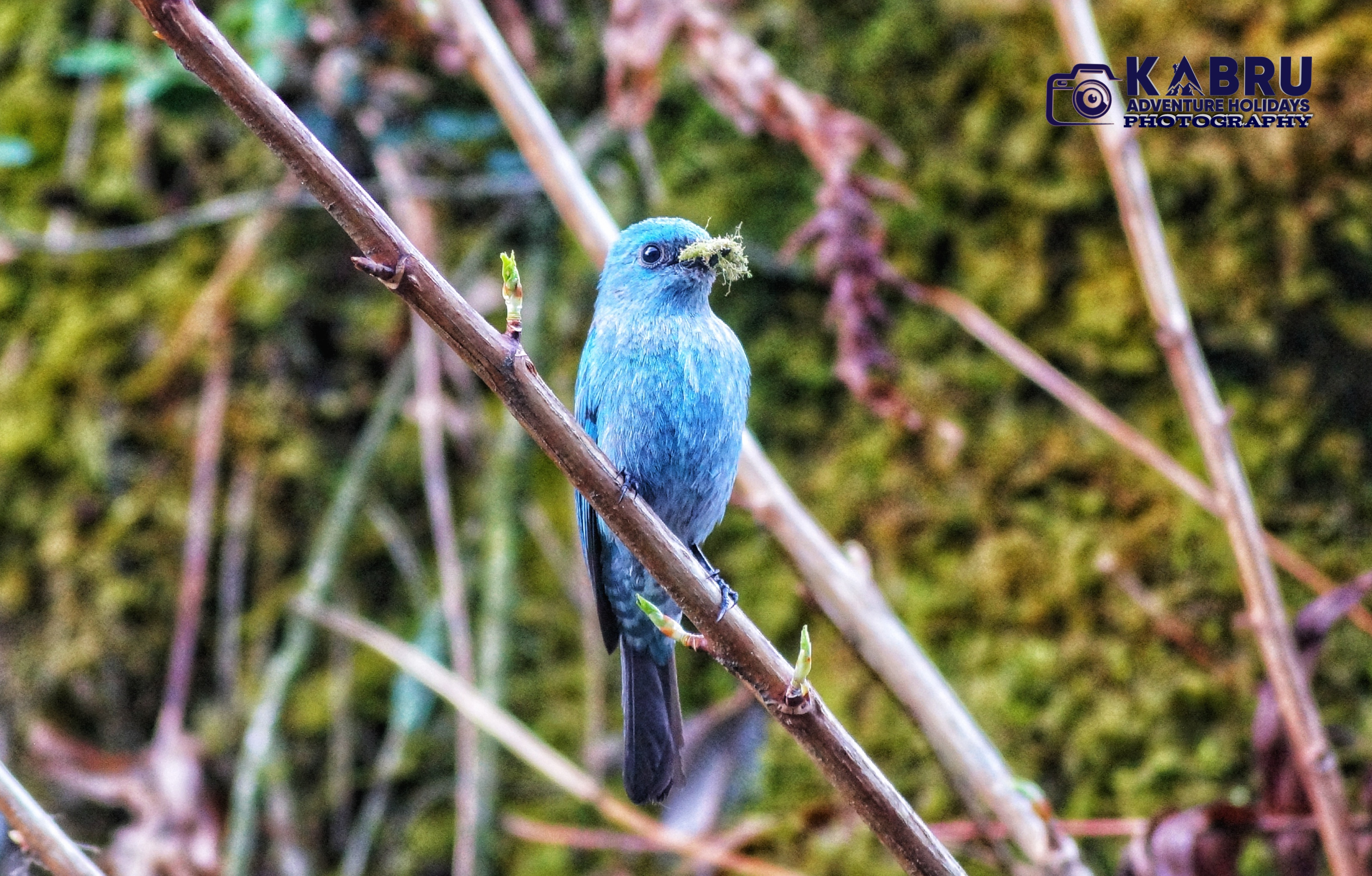
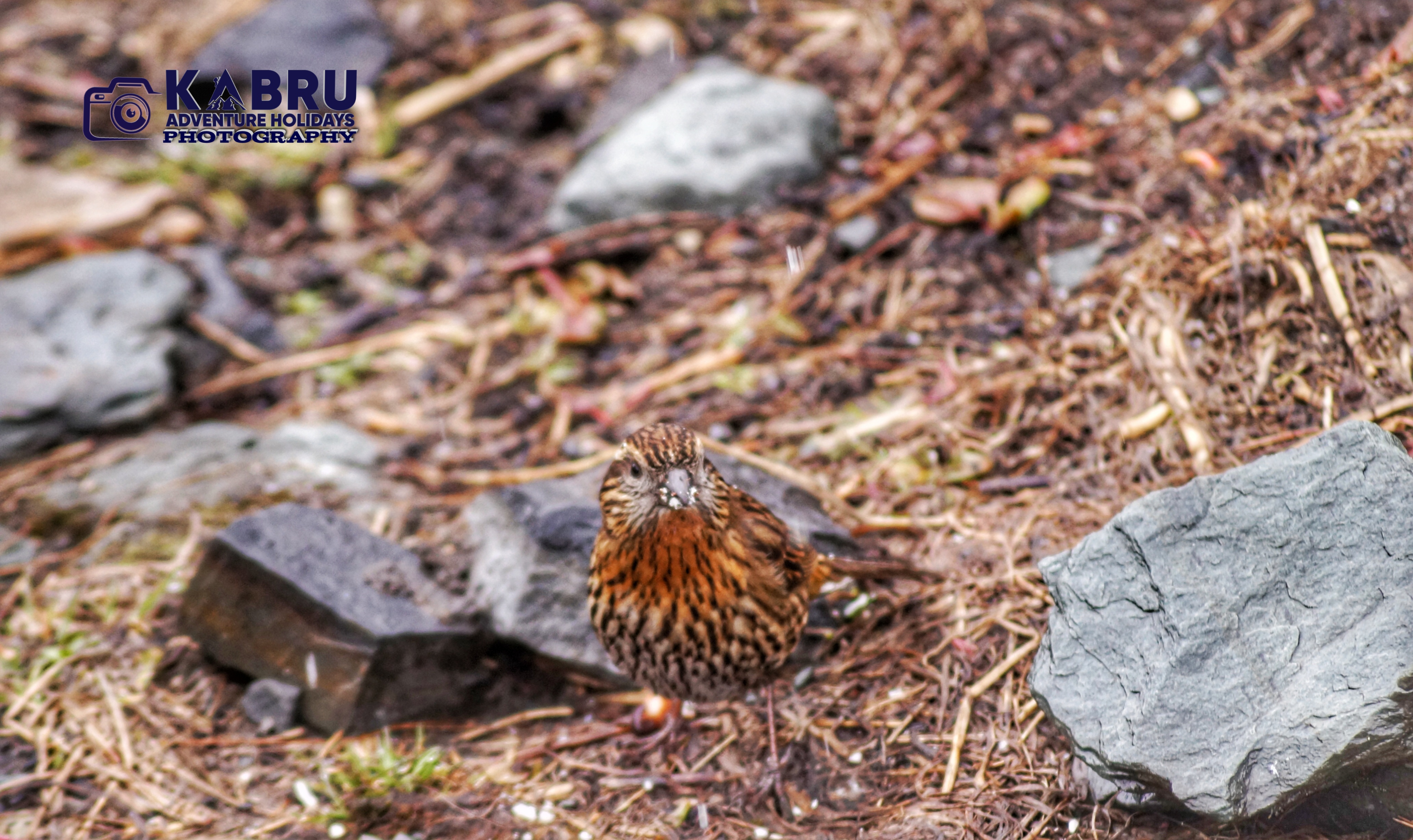

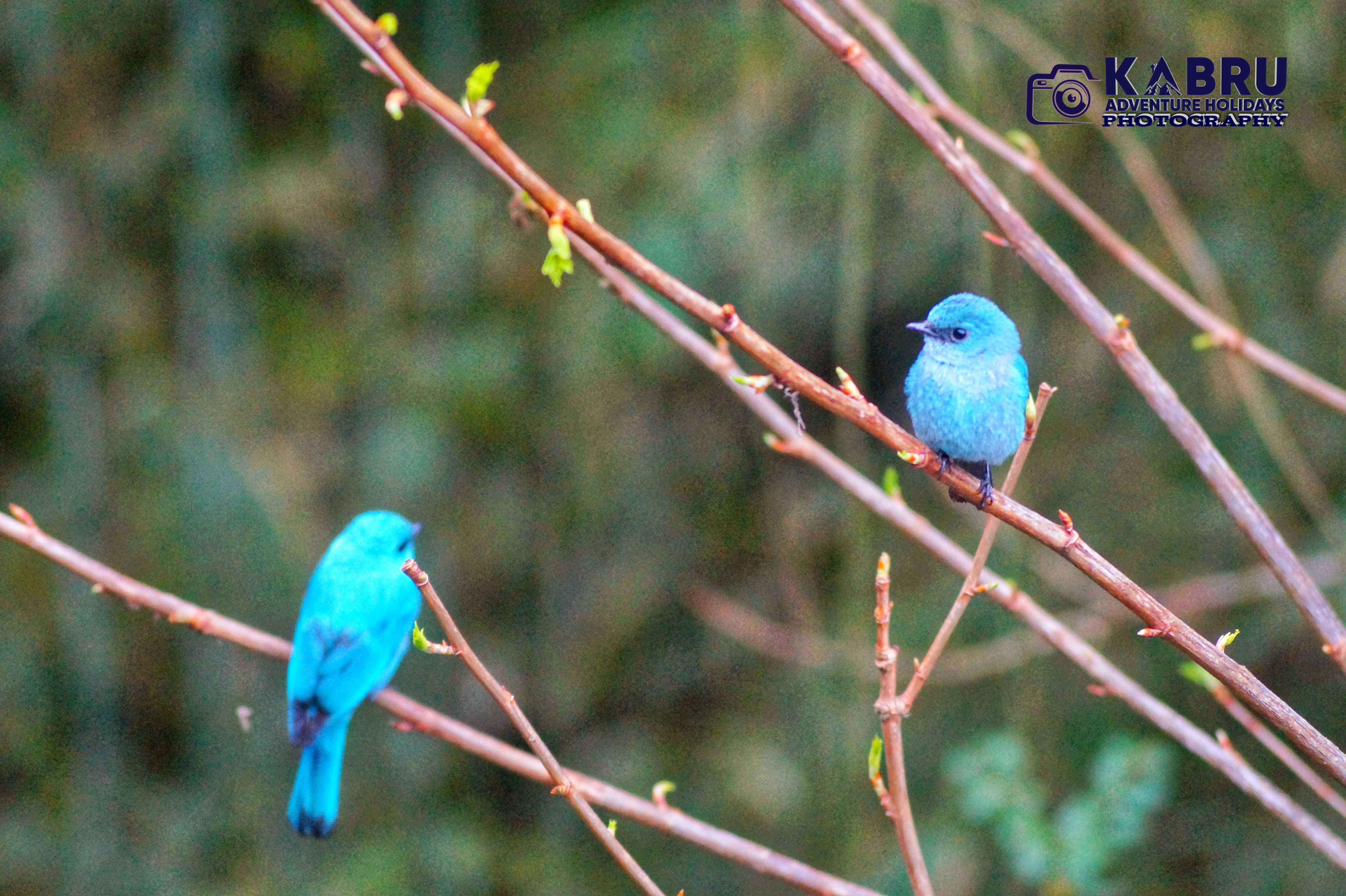
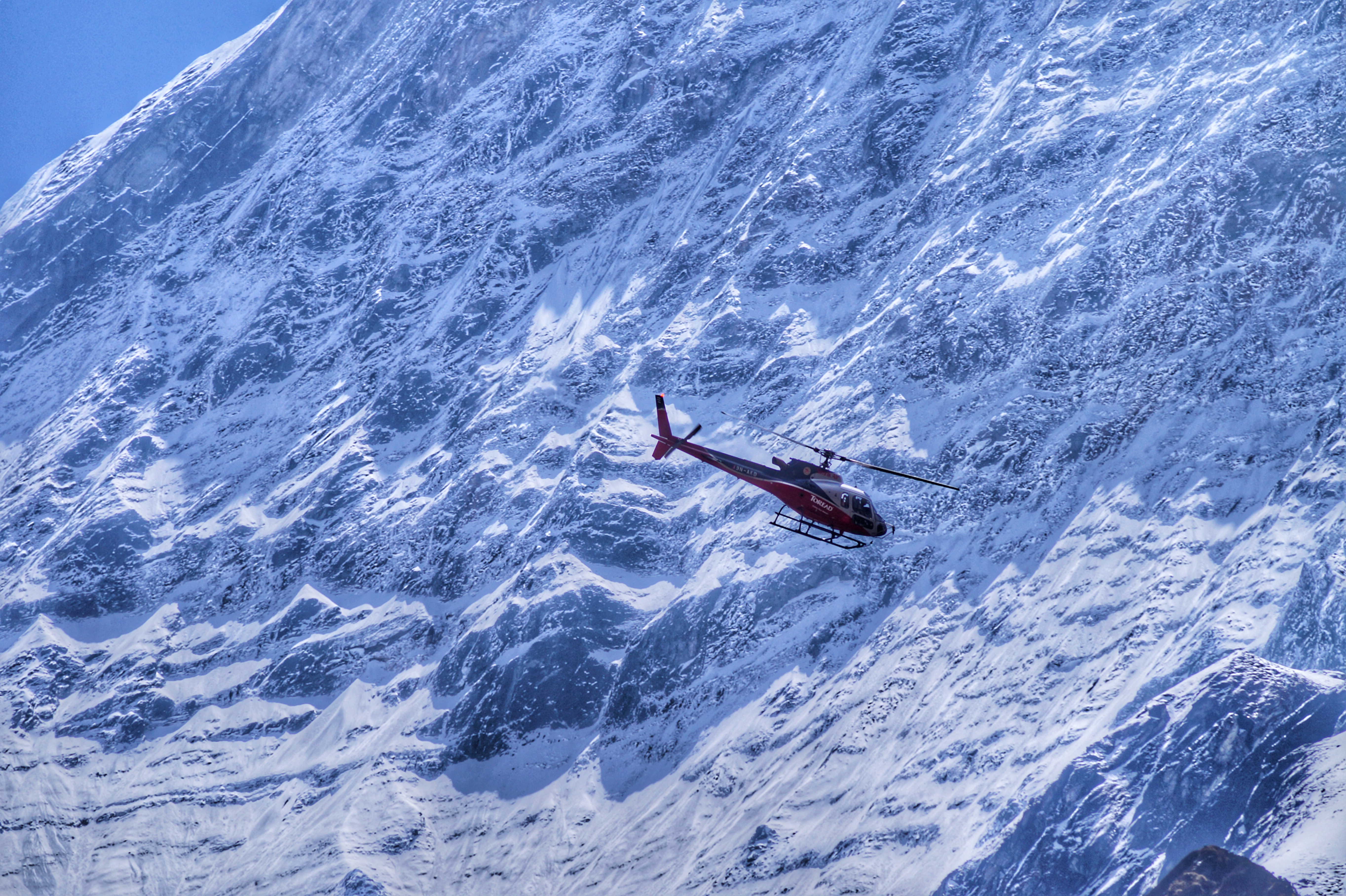
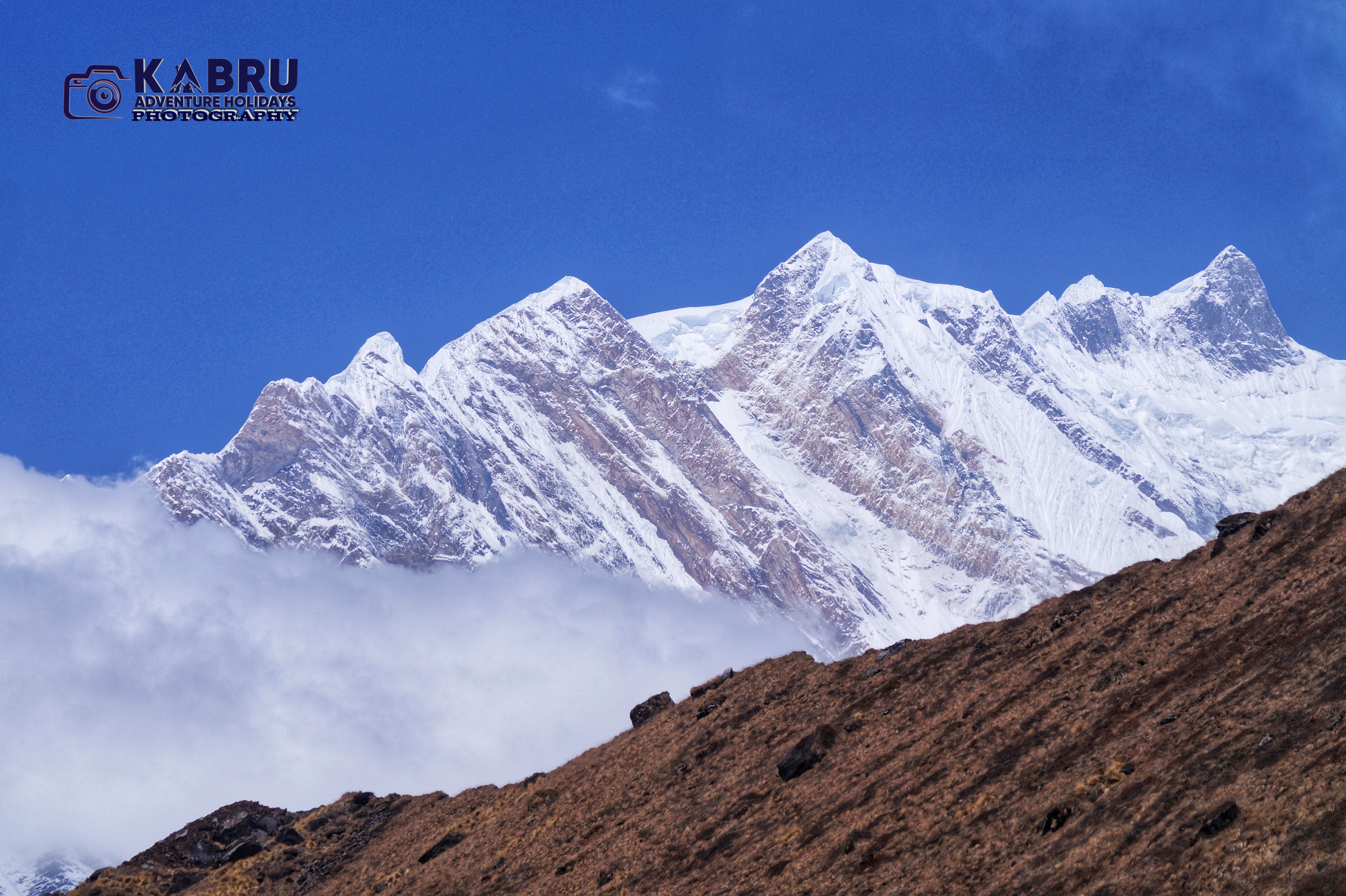
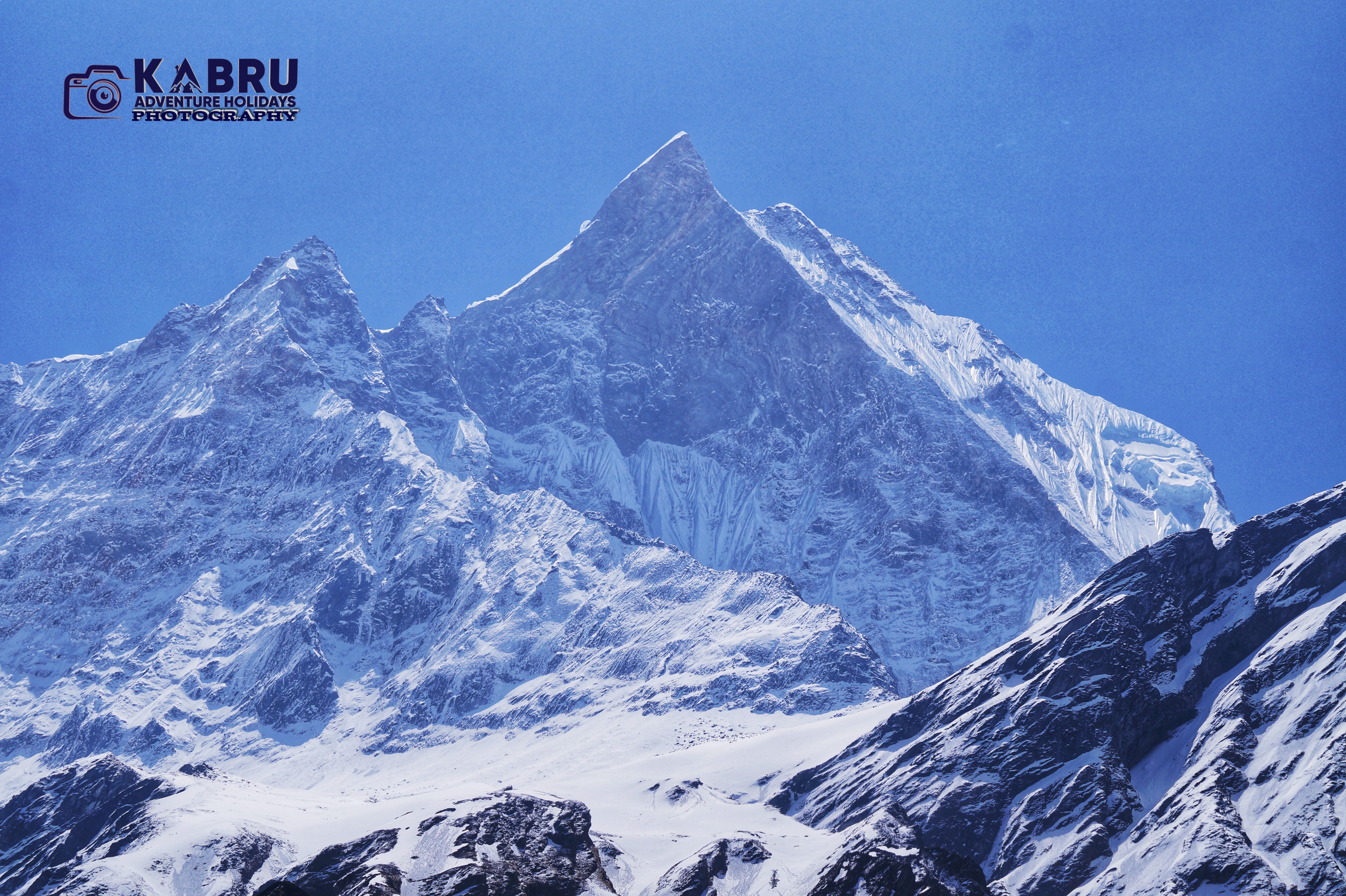
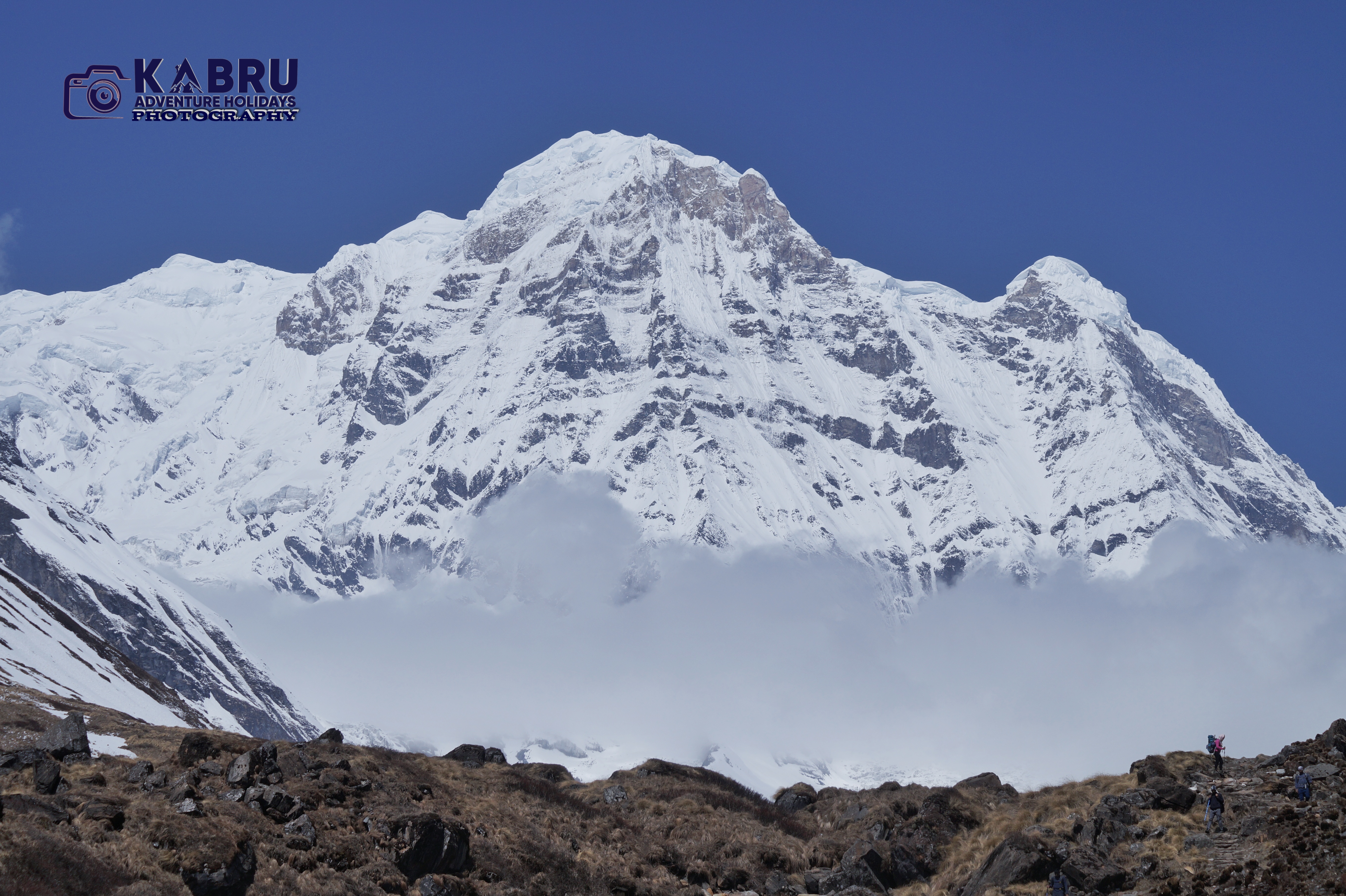
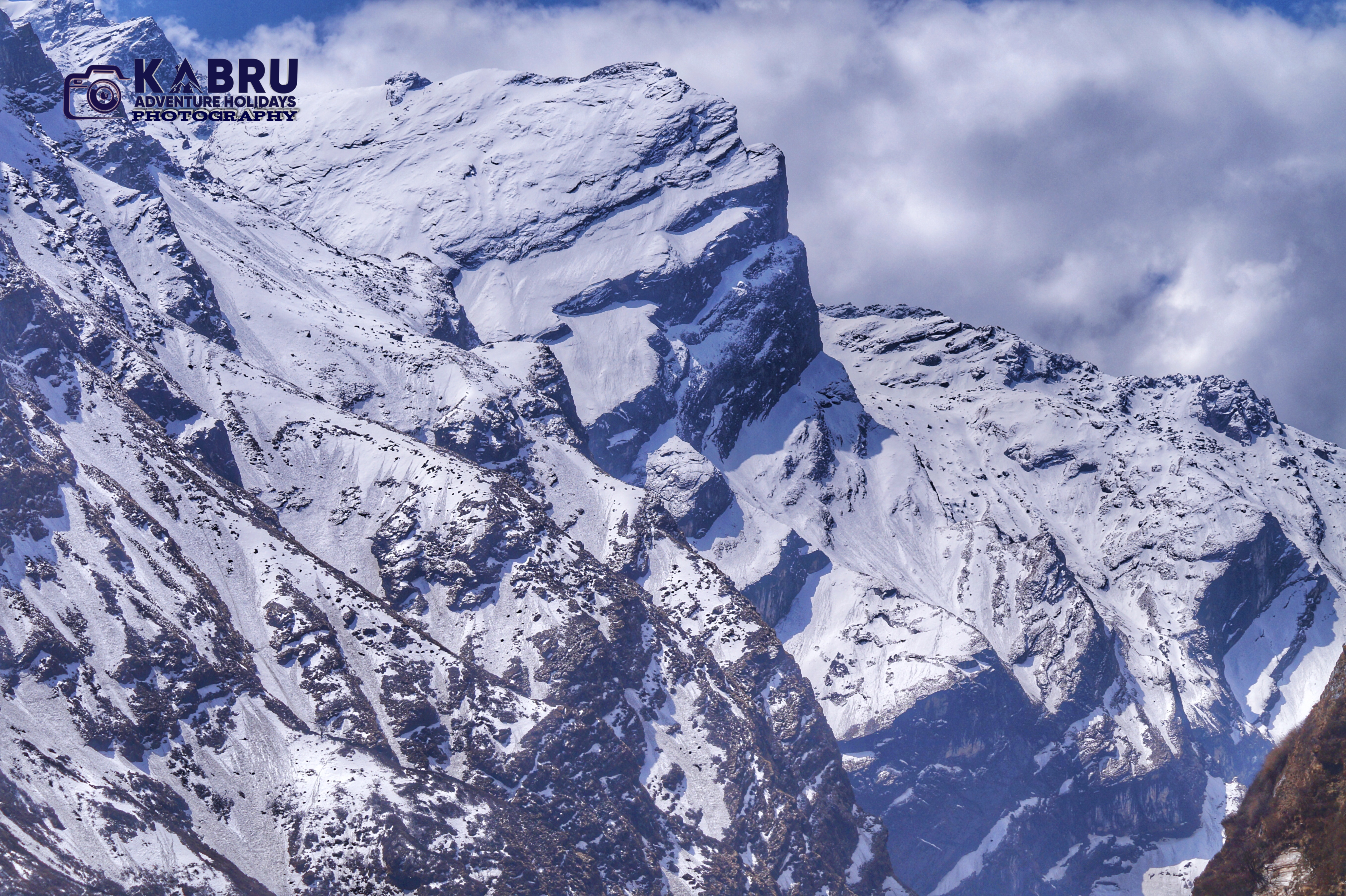
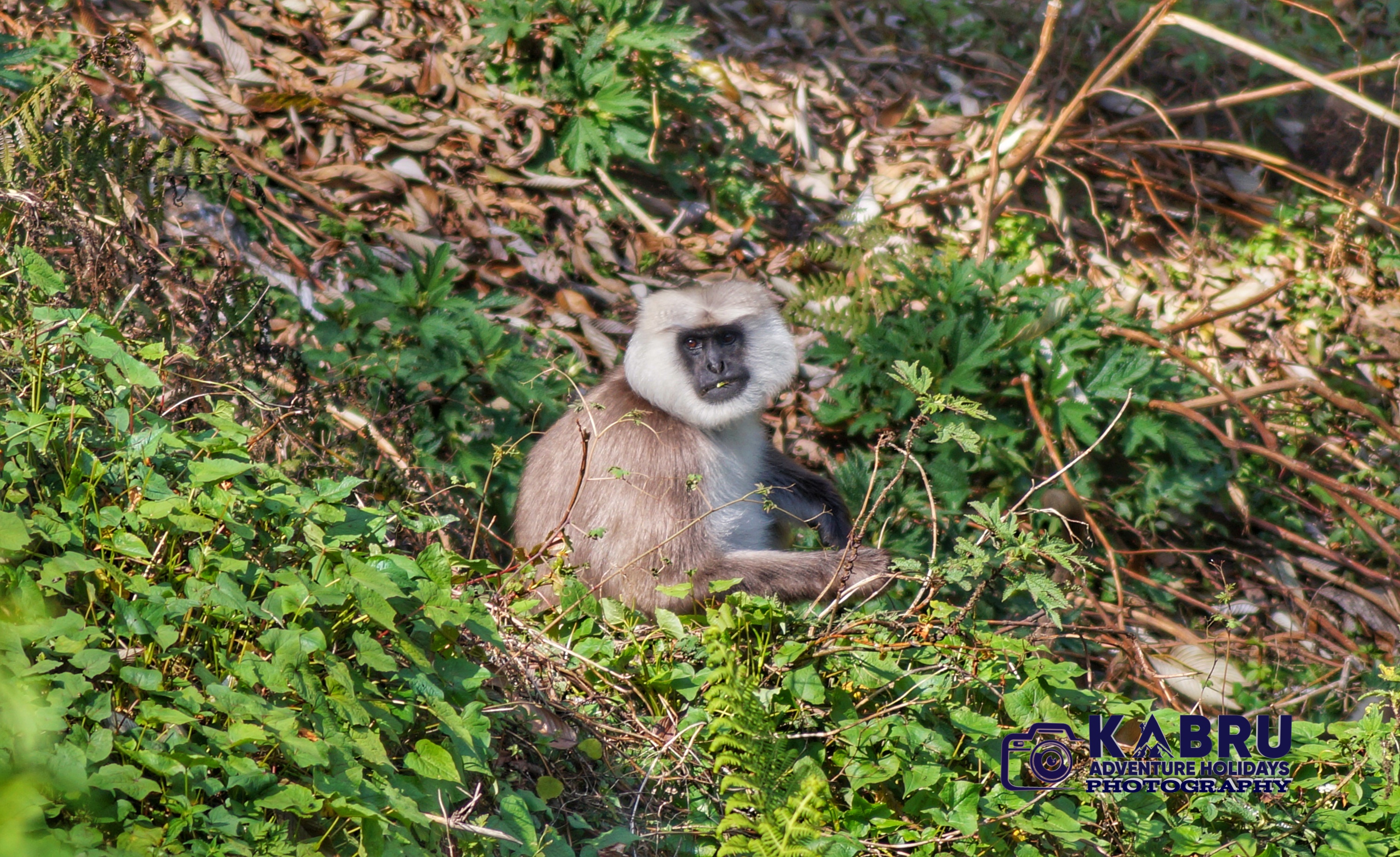
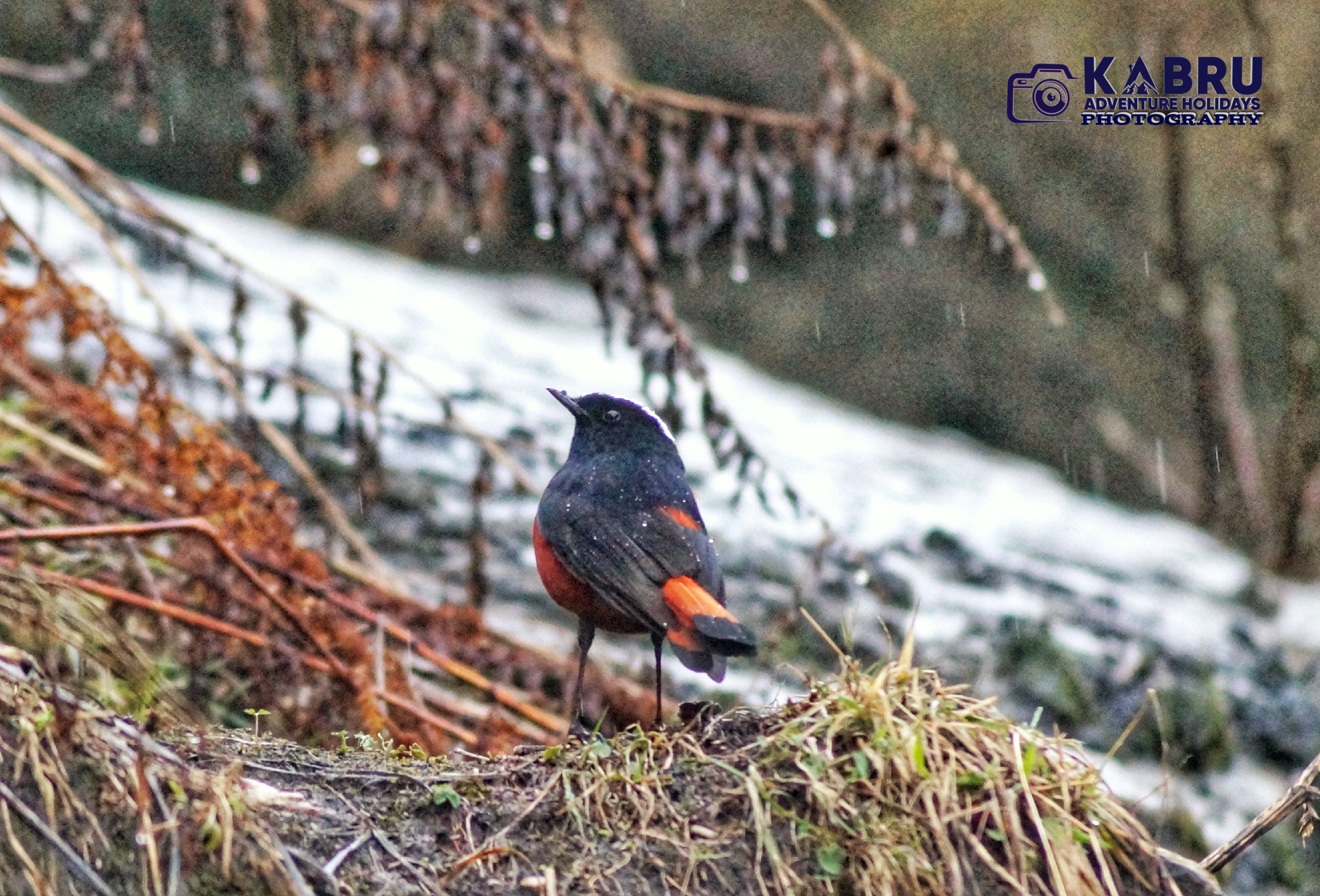

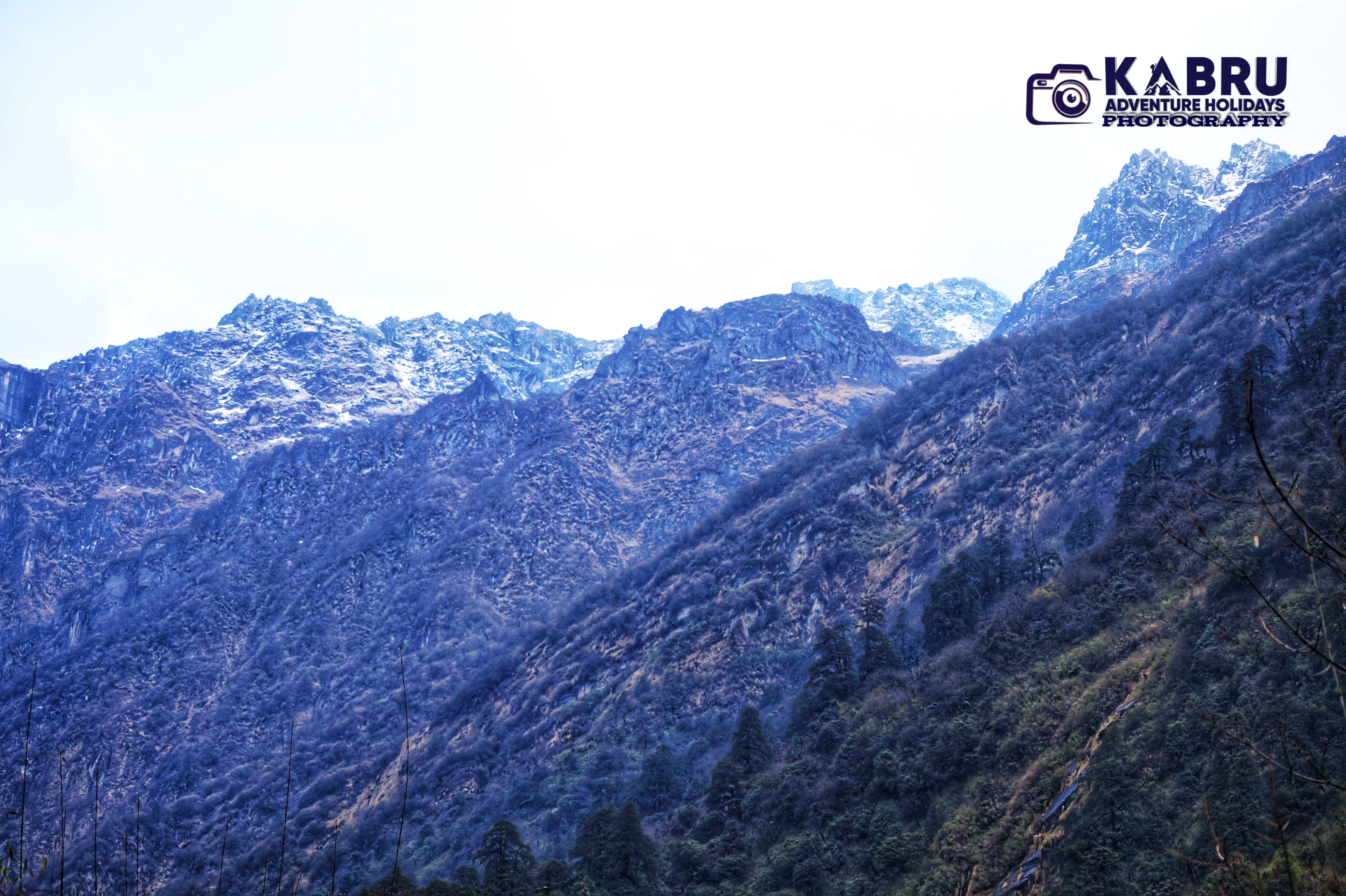
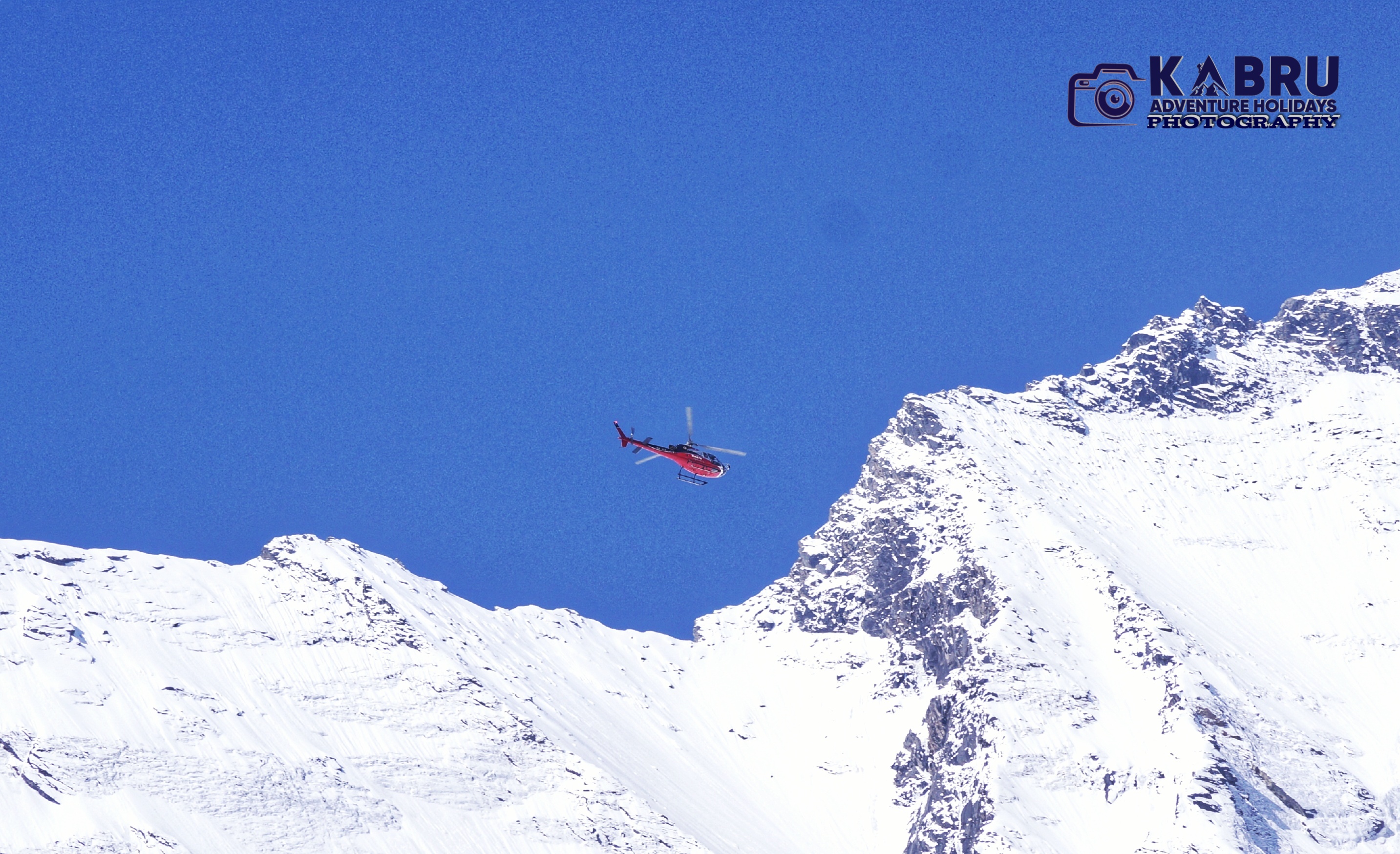
KABRU Photography




























































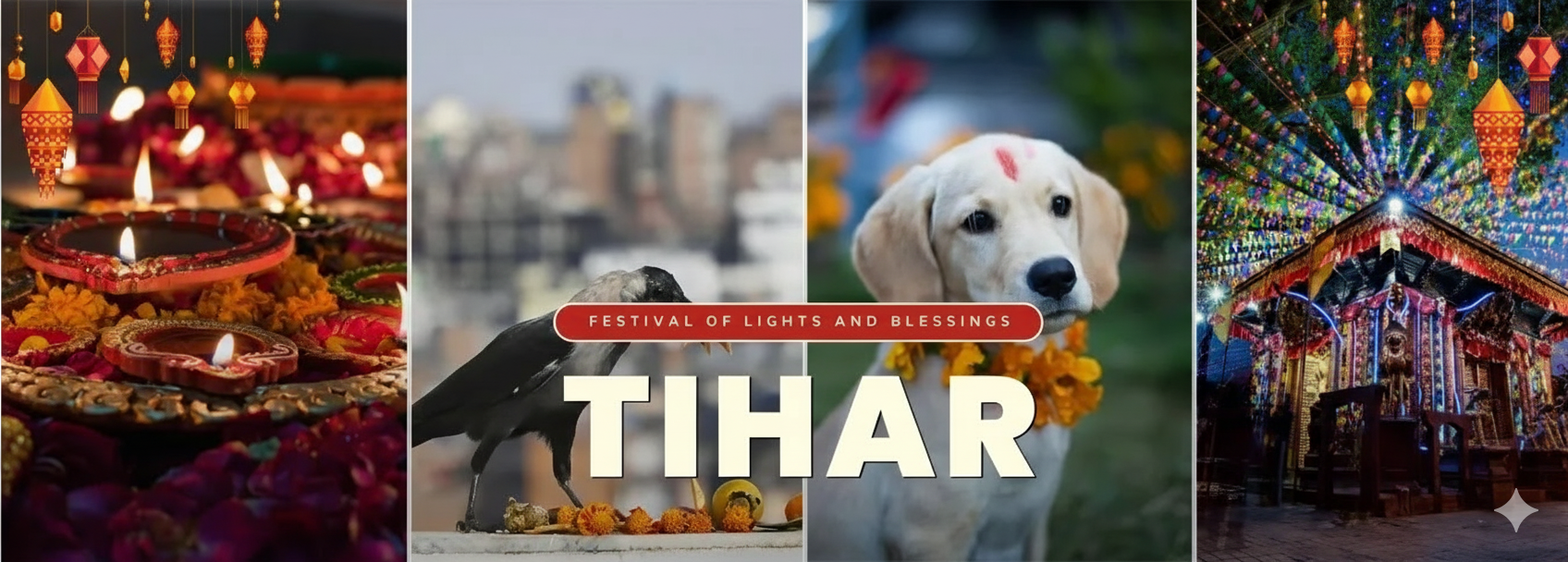
Tihar, also known as the Festival of Lights or Deepawali, is one of Nepal’s most cherished celebrations and the second most important festival after Dashain. For five radiant days, homes, streets, and temples across the country glow with oil lamps, candles, and colorful lights — symbolizing the triumph of light over darkness, knowledge over ignorance, and good over evil.
This festival is deeply rooted in love, respect, and harmony — values that transcend religion and reflect the essence of human dignity and coexistence. Each day of Tihar carries a special meaning, honoring not only gods and goddesses but also animals that share our lives — the crow, dog, and cow — symbolizing the interconnectedness of all living beings. It is a reminder that compassion, gratitude, and mutual respect are fundamental human rights and responsibilities.
The final day, Bhai Tika, celebrates the sacred bond between brothers and sisters, representing trust, protection, and equality — values that embody the spirit of human relationships. During this ritual, sisters apply tika on their brothers’ foreheads, praying for their long life and prosperity, while brothers pledge love and lifelong protection in return.
In 2025, Tihar will begin on Sunday, October 19 (Kaag Tihar) and conclude on Thursday, October 23 (Bhai Tika). According to the Nepali calendar, it falls between Kartik 2nd and Kartik 6th, 2082. The auspicious time for Bhai Tika is 11:39 AM on Thursday, October 23. While the exact time is traditionally used for ceremonial purposes, people across the nation celebrate throughout the day, sharing blessings, lights, and happiness with their loved ones.
Ultimately, Tihar is more than a festival — it is a celebration of humanity itself. It reminds us that peace begins with kindness, that every being deserves respect, and that true light shines not from lamps alone, but from the goodness we share with others.
Day |
Date (English) |
Nepali Date |
Celebration |
|---|---|---|---|
Day 1 |
Sunday, Oct 19, 2025 |
Kartik 2, 2082 |
Kaag Tihar (Crow Worship) |
Day 2 |
Monday, Oct 20, 2025 |
Kartik 3, 2082 |
Kukur Tihar & Laxmi Puja |
Day 3 |
Tuesday, Oct 21, 2025 |
Kartik 4, 2082 |
Gai Tihar (Cow Worship) |
Day 4 |
Wednesday, Oct 22, 2025 |
Kartik 5, 2082 |
Govardhan Puja / Mha Puja |
Day 5 |
Thursday, Oct 23, 2025 |
Kartik 6, 2082 |
Bhai Tika (Brother-Sister Day) |
Day 1 – Kaag Tihar (Sunday, Oct 19, 2025)
Tihar begins with Kaag Tihar, the worship of crows, believed to be messengers of Yama, the god of death. Families place offerings of grains and food on rooftops or courtyards to show gratitude, respect, and mindfulness, inviting prosperity and positive energy into their homes. This ritual teaches us the value of honoring all creatures and recognizing their role in the balance of life.
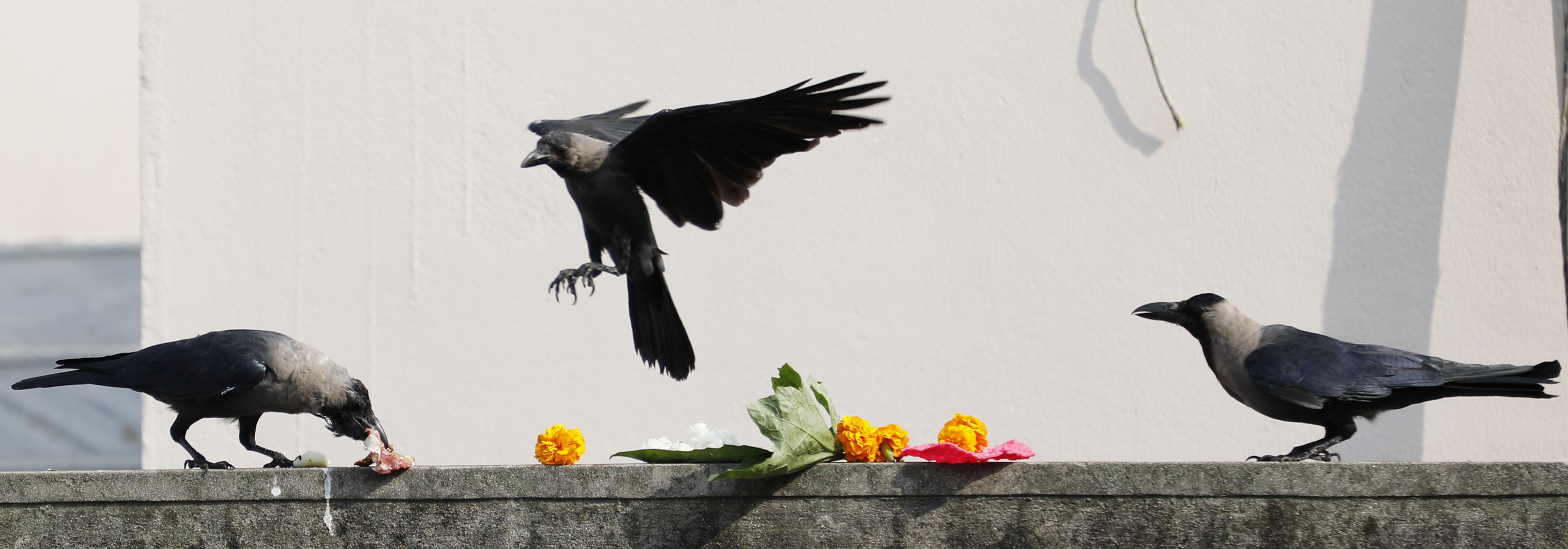
Day 2 – Kukur Tihar & Laxmi Puja (Monday, Oct 20, 2025)
The second day celebrates dogs (Kukur) for their loyalty, protection, and spiritual significance. Dogs are adorned with garlands, tika, and special meals, reminding us to honor the faithful companions who enrich our lives.
In the evening, Laxmi Puja marks the most significant day of Tihar. Homes are cleaned, decorated, and illuminated with diyos and candles to welcome Goddess Laxmi, symbolizing wealth, well-being, and abundance for all. The air resonates with Deusi–Bhailo songs, as communities visit homes, spreading goodwill and blessings — a reflection of social harmony, inclusion, and shared joy.

Day 3 – Gai Tihar (Tuesday, Oct 21, 2025)
Gai Tihar honors cows, symbols of prosperity, nurturing, and maternal care. Families offer garlands, food, and prayers, recognizing the cow’s vital role in sustaining human life. This day underscores respect for all living beings and the interconnectedness of humans and nature.
Day 4 – Govardhan Puja & Mha Puja (Wednesday, Oct 22, 2025)
The fourth day encompasses multiple important rituals:
Govardhan Puja celebrates Lord Krishna, who lifted Mount Govardhan to protect villagers from heavy rains, symbolizing courage, protection, and environmental stewardship.
Goru Puja honors oxen for their indispensable role in agriculture, reminding us of fair treatment and gratitude toward working animals.
Mha Puja, observed by the Newar community, is a ritual of self-purification and empowerment, marking the Newar New Year (Nepal Sambat). It emphasizes inner reflection, dignity, and the value of the individual in society.
Day 5 – Bhai Tika (Thursday, Oct 23, 2025)
The festival concludes with Bhai Tika, celebrating the sacred bond between brothers and sisters. Sisters apply a multi-colored tika on their brothers’ foreheads, offer garlands and sweets, and pray for their protection and long life. Brothers, in return, give gifts and pledge lifelong care. Beyond the ritual, Bhai Tika is a profound expression of love, equality, mutual respect, and family solidarity, highlighting the human right to care, support, and emotional connection.
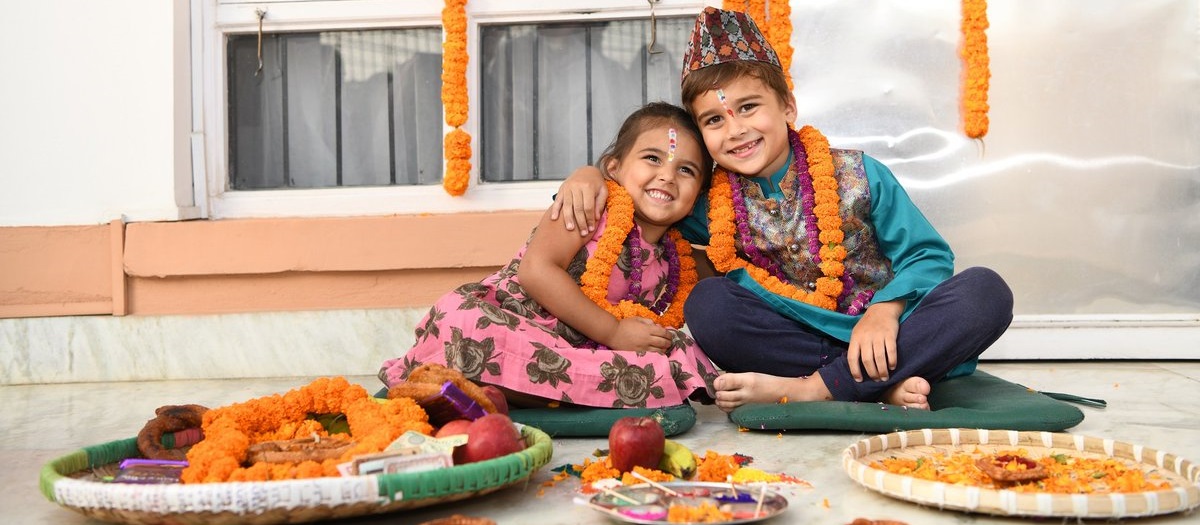
Tihar is celebrated to honor Goddess Laxmi, the bringer of wealth, prosperity, and well-being, and Yama, the god of death, who reminds us of the impermanence of life and the importance of living with kindness and truth. Yet beyond its religious roots, Tihar carries a deep human message — one of respect, gratitude, and equality among all living beings.
Each day of Tihar acknowledges the interdependence of life. People offer food to crows, the messengers of the divine; dogs, our loyal protectors and friends; cows, symbols of nourishment and motherhood; and oxen, tireless partners in human labor. These rituals reflect a profound truth — that every creature has value and deserves compassion. In this way, Tihar beautifully expresses the idea of universal rights and dignity, extending beyond humans to all forms of life.
The festival also emphasizes human connection and equality. On Bhai Tika, the final day, sisters and brothers celebrate their sacred bond through love, protection, and mutual respect — a reminder that gender balance, care, and emotional support are essential human needs and rights.
Ultimately, Tihar is not only about lighting lamps and decorating homes; it is about illuminating hearts. It reminds us to choose light over darkness, hope over despair, and humanity over division. It encourages us to live in harmony with nature, honor each other’s rights, and build a community where every being — human or animal — is treated with dignity, respect, and love.
The word “Yama Panchak” translates to “Five Days of Yama,” referring to the god of death and justice in Hindu belief. Each of the five days of Tihar is connected to Yama and his sister Yamuna, whose story represents the power of love, care, and equality between family members.
According to ancient legend, Yamuna’s unwavering devotion to her brother moved Yama so deeply that he granted her a blessing — anyone who follows these rituals with sincerity would be protected from untimely death and blessed with a long, meaningful life. This bond between brother and sister became a universal symbol of trust, protection, and emotional dignity — the essence of human rights within families.
Beyond religion, Yama Panchak teaches us that life and death are part of the same natural cycle, and what gives life its value is the love, compassion, and respect we share with others. It reminds us that justice, equality, and care for one another — regardless of gender or status — are not just divine virtues, but fundamental human rights that bring peace and harmony to society.
October and November are among the best months to visit Nepal. The skies are clear, the weather is pleasant, and the atmosphere is filled with festive energy and cultural vibrancy. During Tihar, cities and towns are adorned with colorful lights, traditional diyos (oil lamps), flowers, and rangoli patterns, creating a magical glow after sunset. You can hear the melodious sounds of Deusi–Bhailo songs echoing through neighborhoods as youths visit homes, spreading blessings and joy.
Tihar is a perfect time to experience Nepali culture firsthand. While schools, offices, and some businesses remain closed for 3–5 days, tourism remains active, allowing travelers to explore the country’s natural and spiritual beauty without much disruption.
Kathmandu: Witness the capital city decorated with lights and flowers. Visit Pashupatinath Temple, Boudhanath Stupa, and local neighborhoods celebrating Tihar with rituals honoring Goddess Laxmi, crows, dogs, and cows. Experience the energy of Chhath Parva, particularly in areas near rivers and ponds, where devotees offer prayers to the Sun God.
Pokhara: Enjoy the scenic beauty of Phewa Lake illuminated by Tihar lamps and watch cultural celebrations in local communities. Take part in traditional music and dance performances that coincide with festival days.
Chitwan: Combine Tihar festivities with a jungle safari, spotting wildlife while enjoying rural celebrations and local Tihar rituals in Tharu villages.
Lumbini: Experience spiritual Tihar celebrations in the birthplace of Lord Buddha, with temples beautifully decorated and prayer ceremonies highlighting peace and harmony.
For adventure seekers, you can combine your cultural exploration with trekking and tour packages:
Everest Base Camp Trek (16 days) – US $1600
Annapurna Base Camp Trek (10 days) – US $1100
Upper Mustang Jeep Tour
Chitwan Jungle Safari & Pokhara Sightseeing
Visiting Nepal during Tihar allows travelers to immerse themselves in the heart of Nepali tradition, spirituality, and community life, witnessing the beauty of human bonds, devotion, and the celebration of life in its fullest expression.
Join us this October 2025 and celebrate Tihar—the Festival of Lights—with the people of Nepal. Experience Kathmandu’s vibrant streets, the glow of thousands of diyos, and the warmth of Nepali hospitality.
✨ Celebrate culture. Discover Nepal. Travel with Kabru Adventure Holidays. ✨
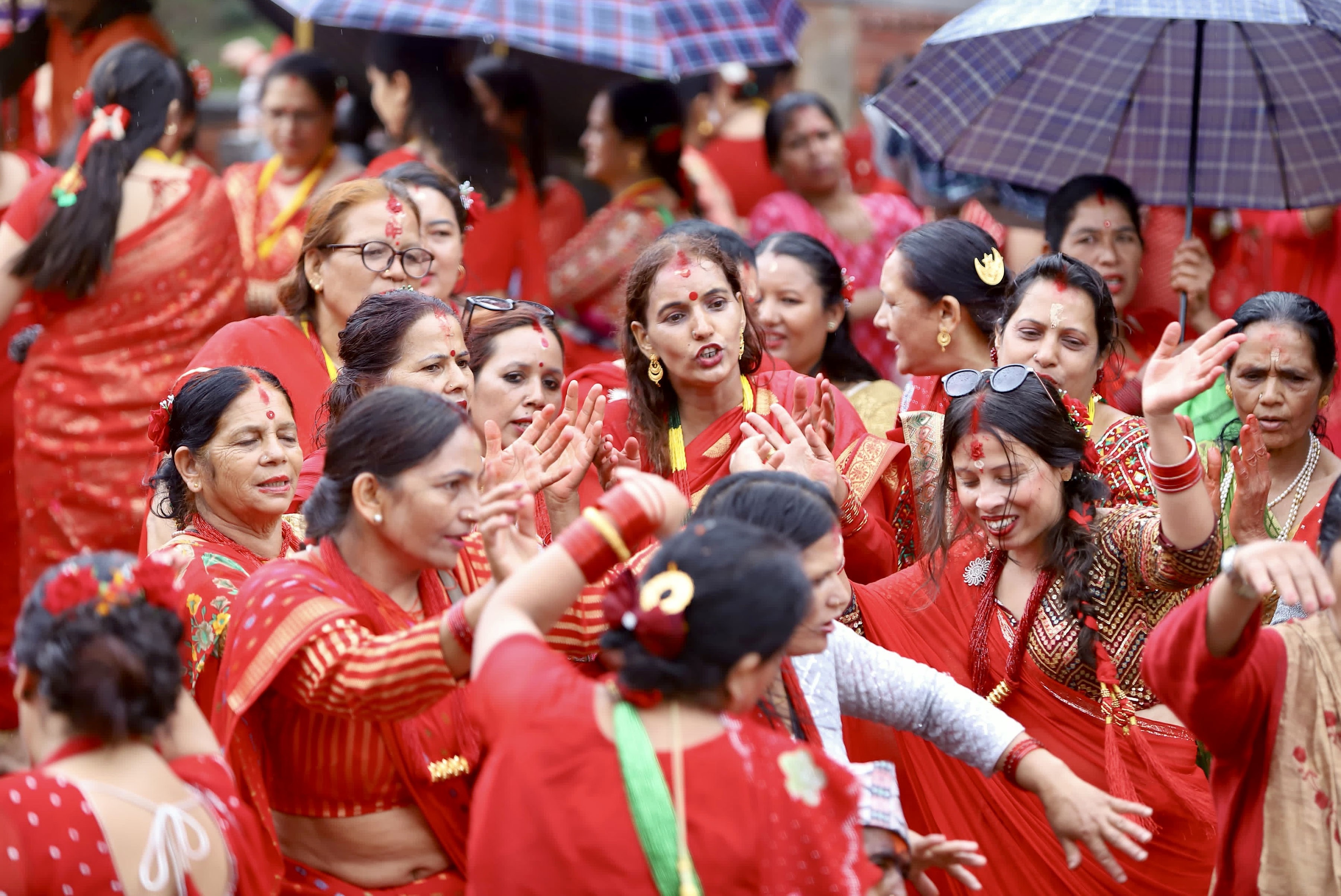
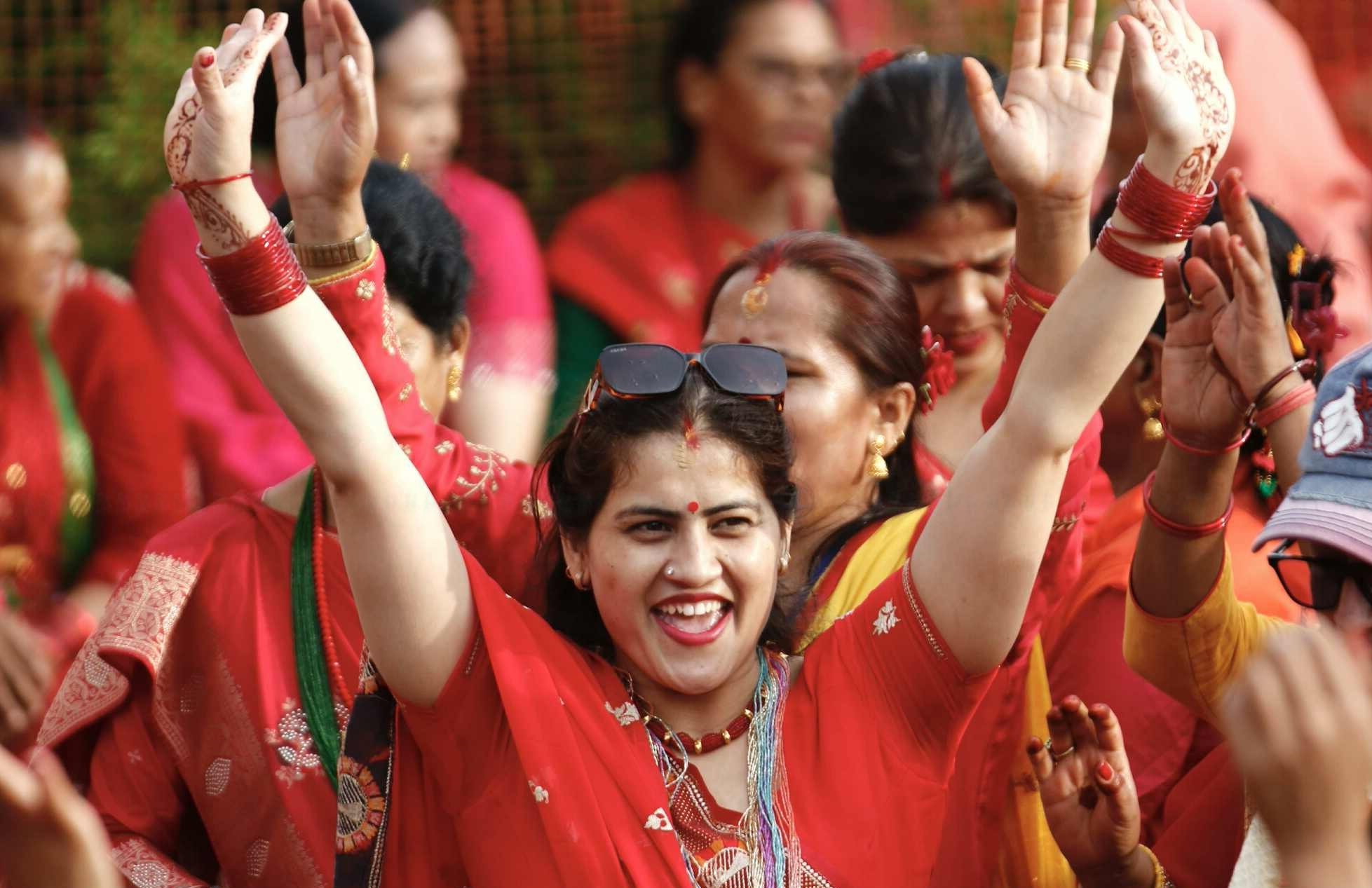

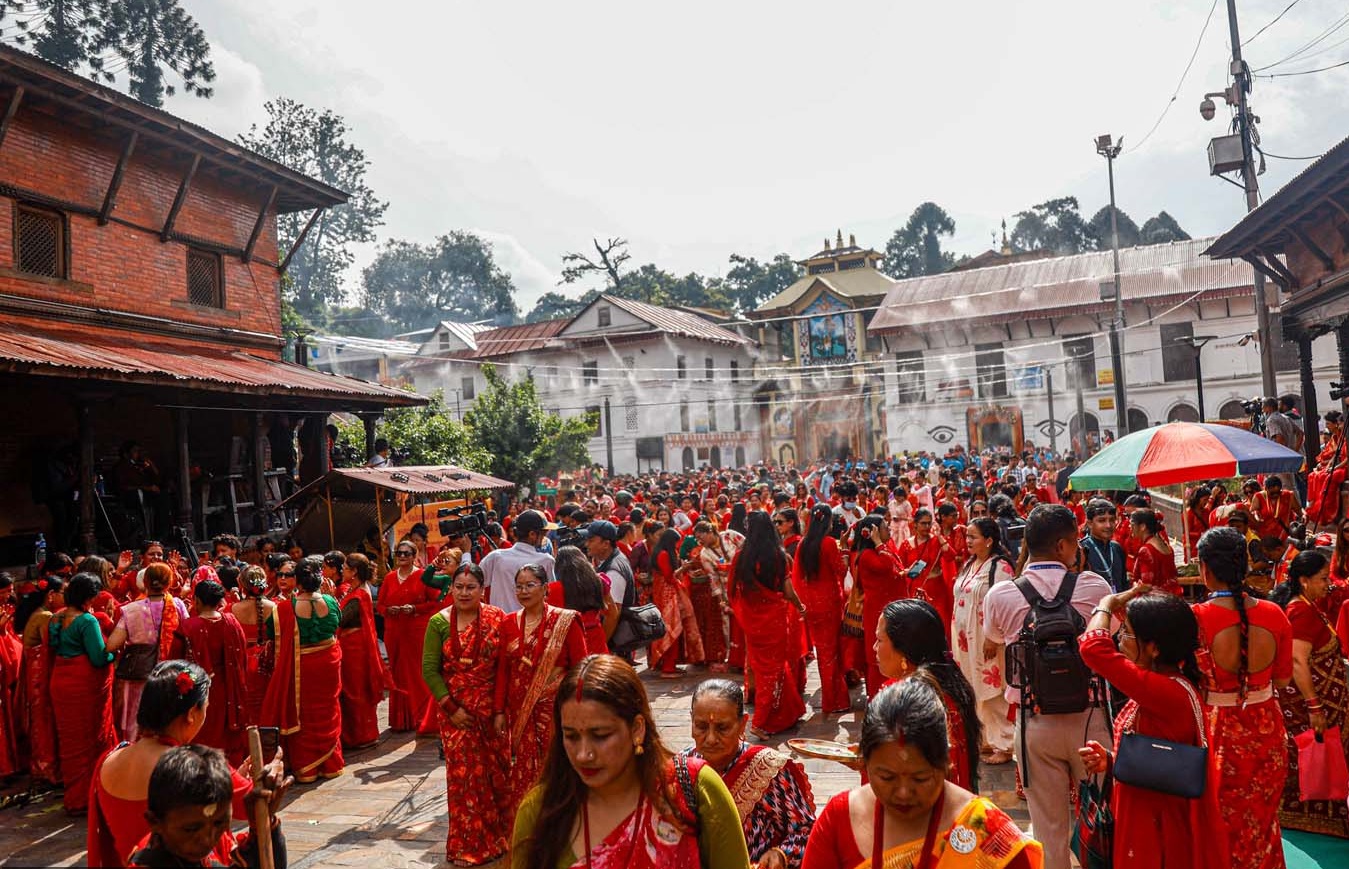

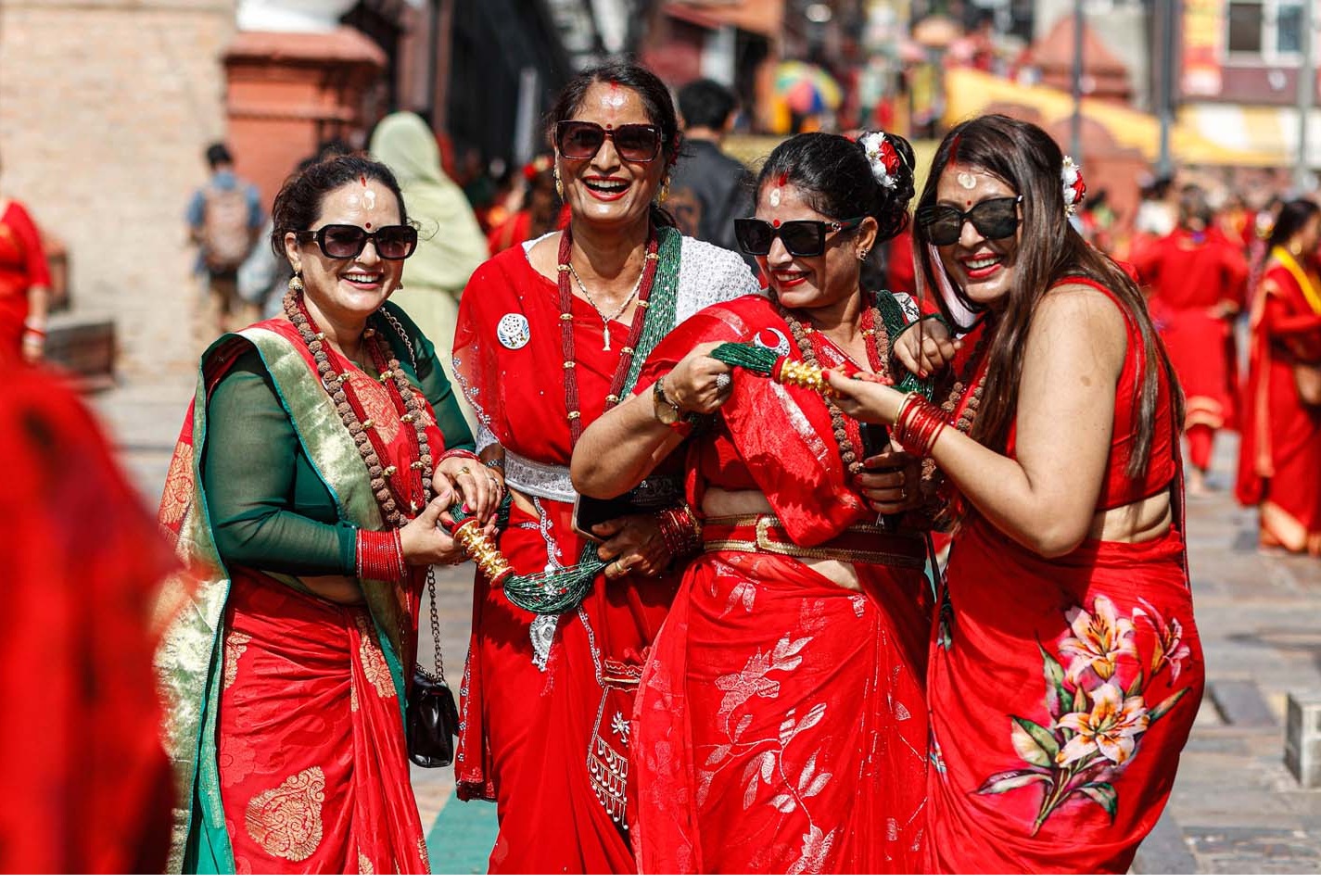
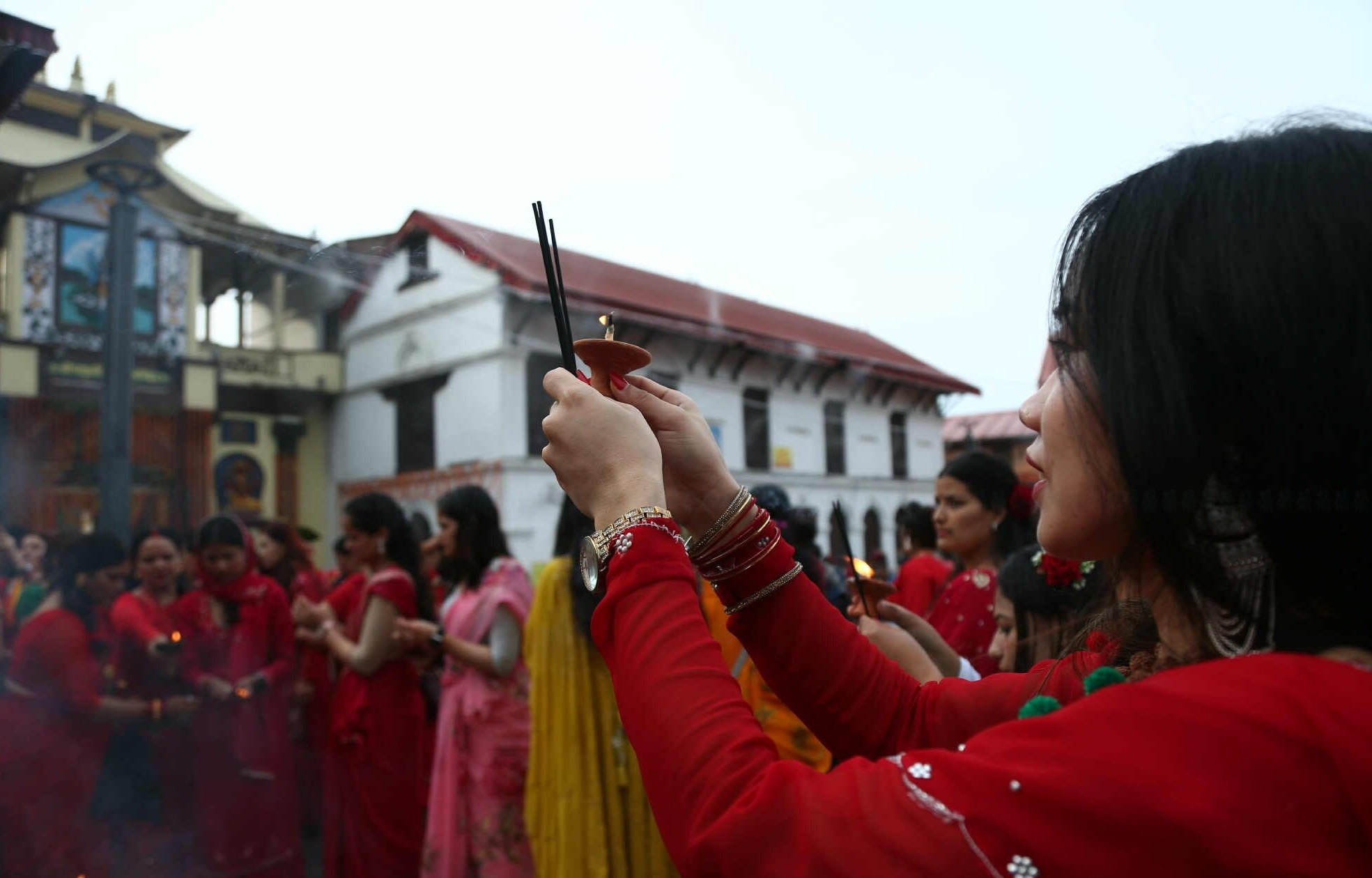



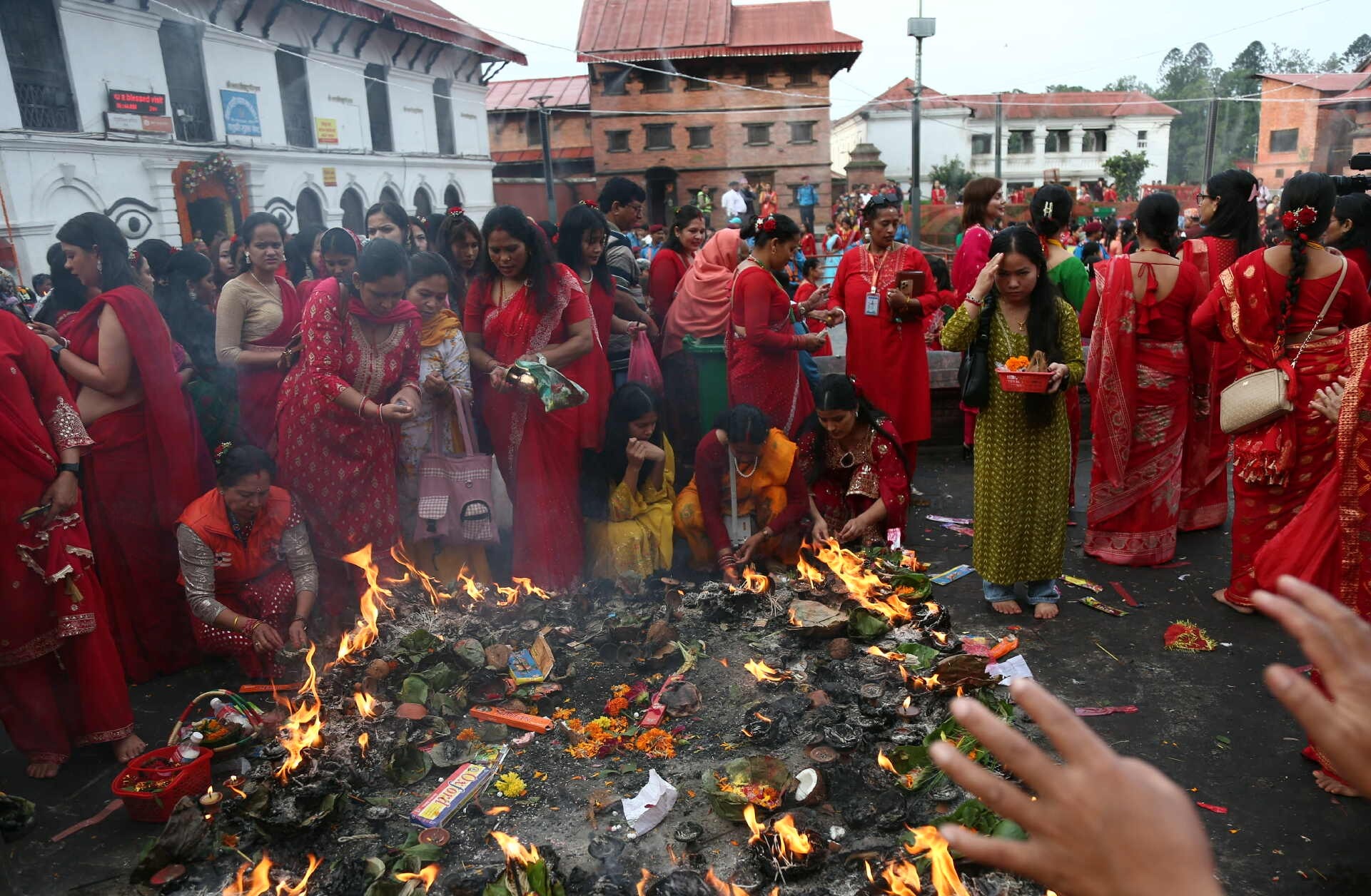
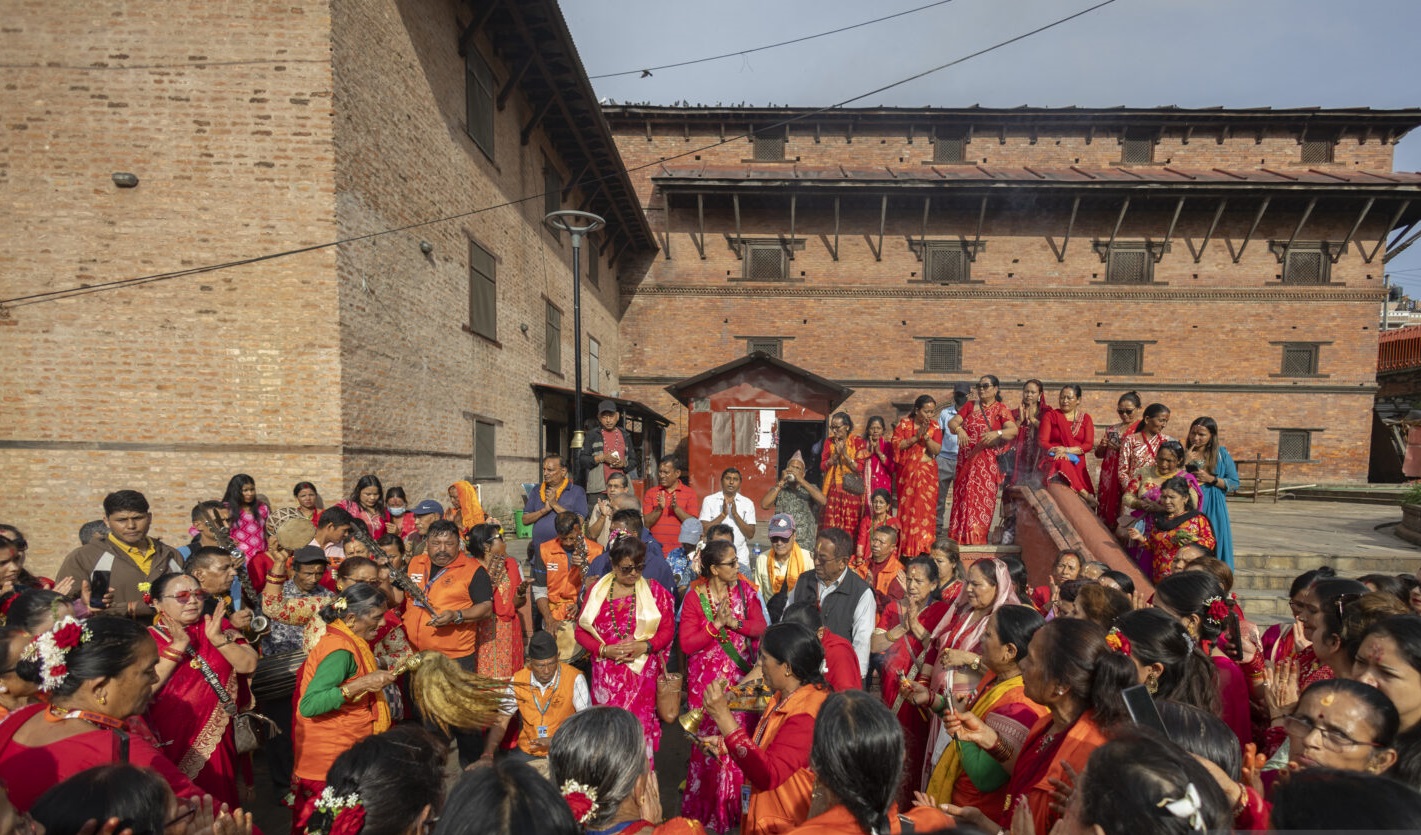
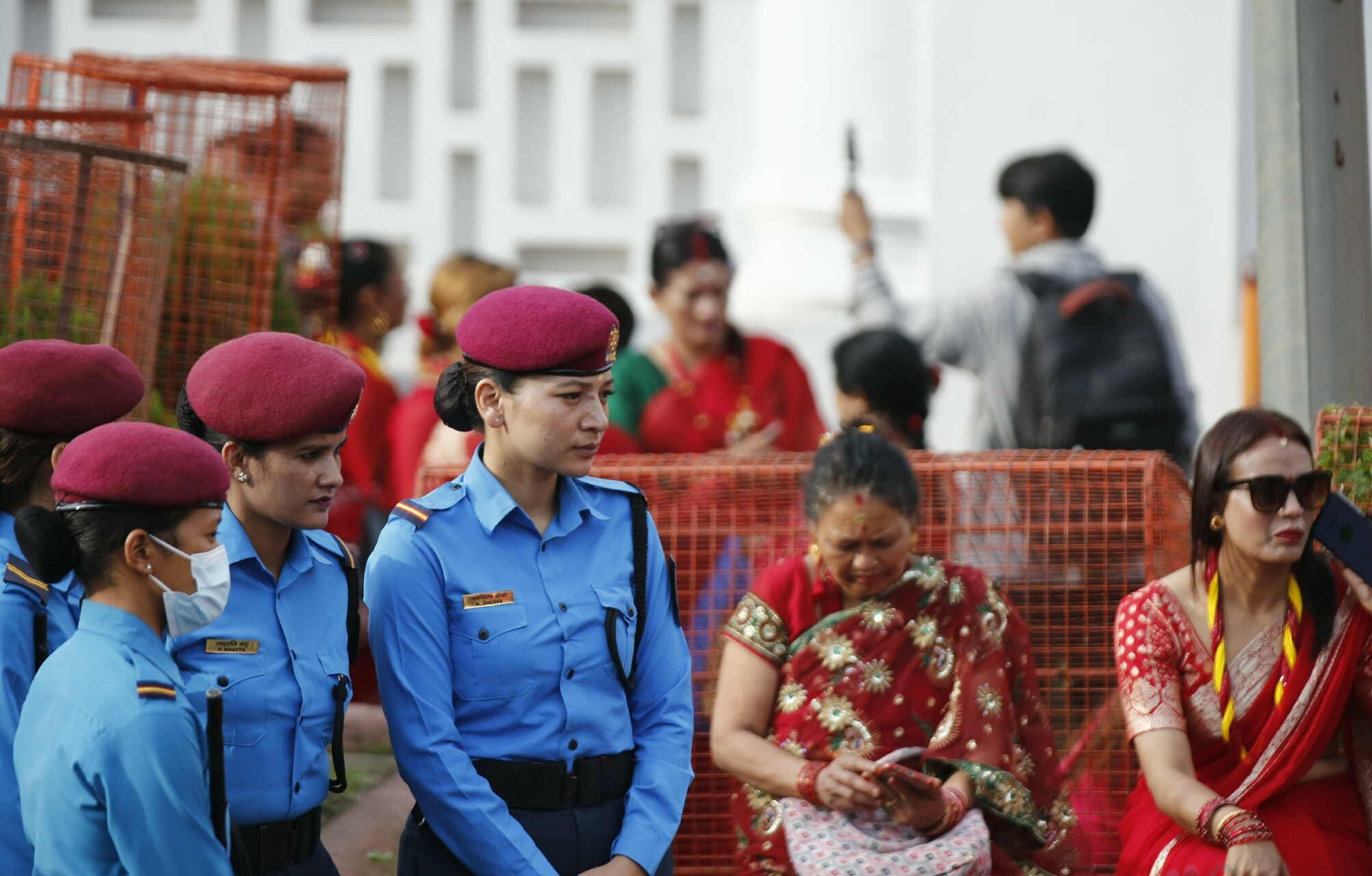
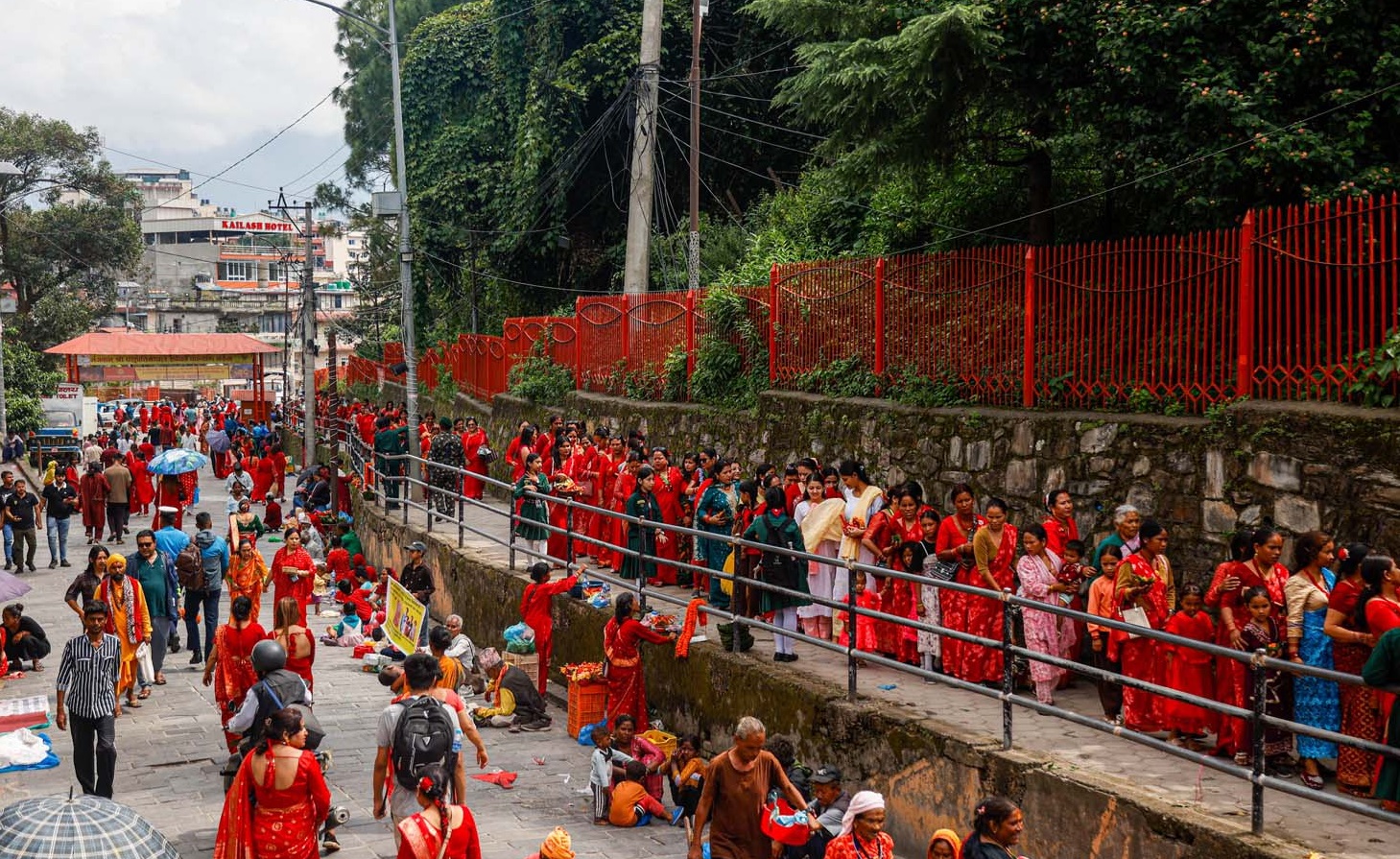
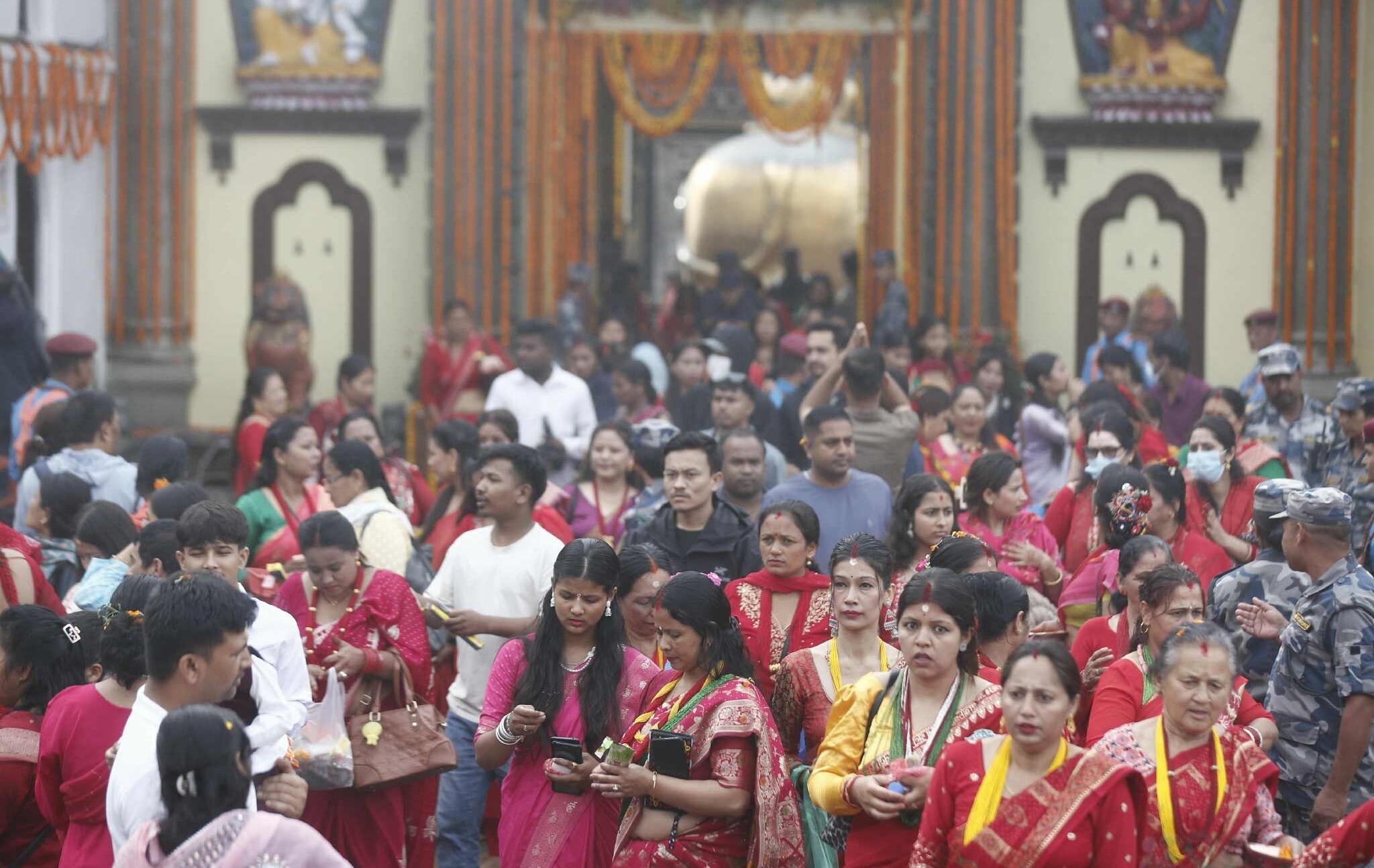
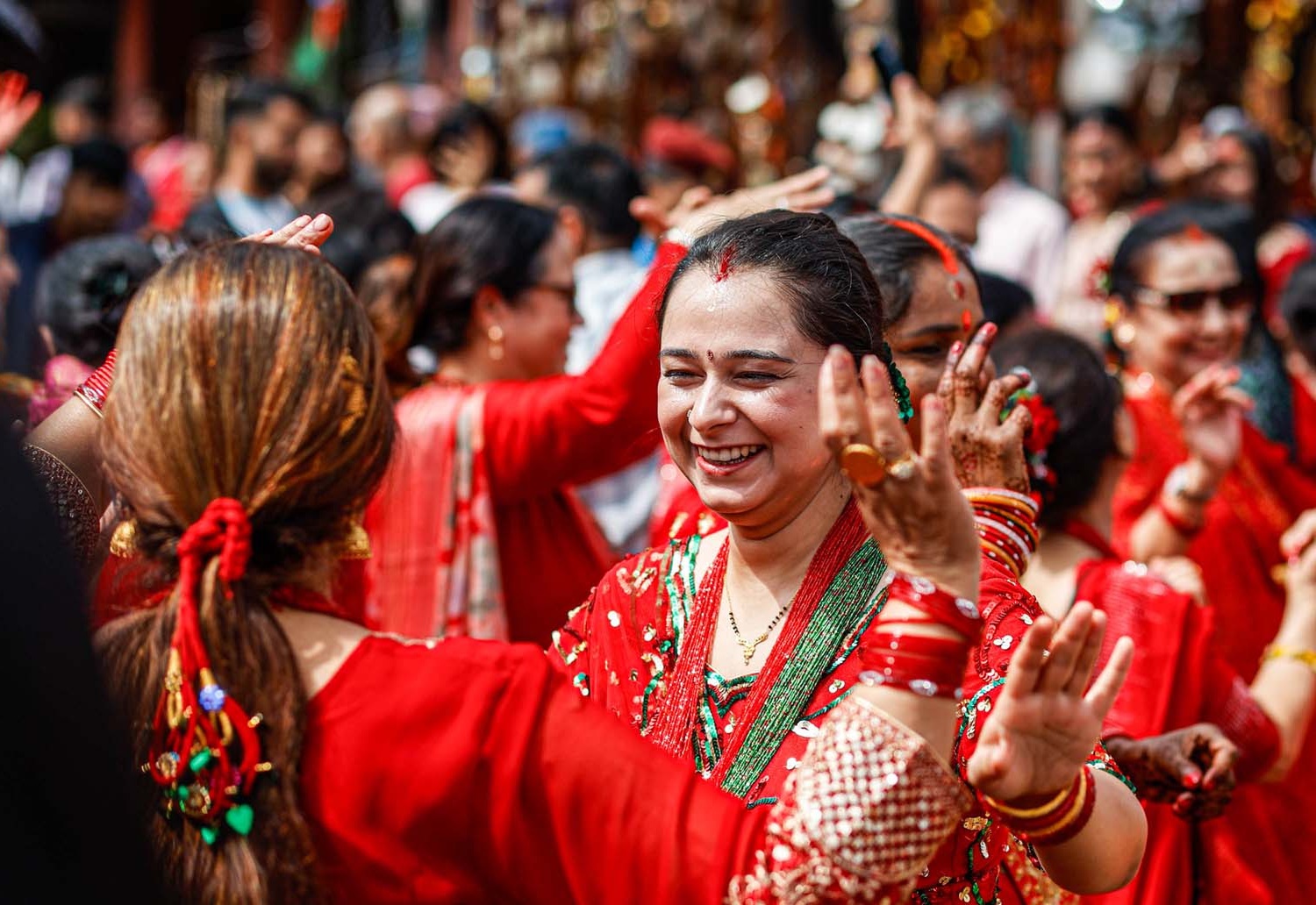
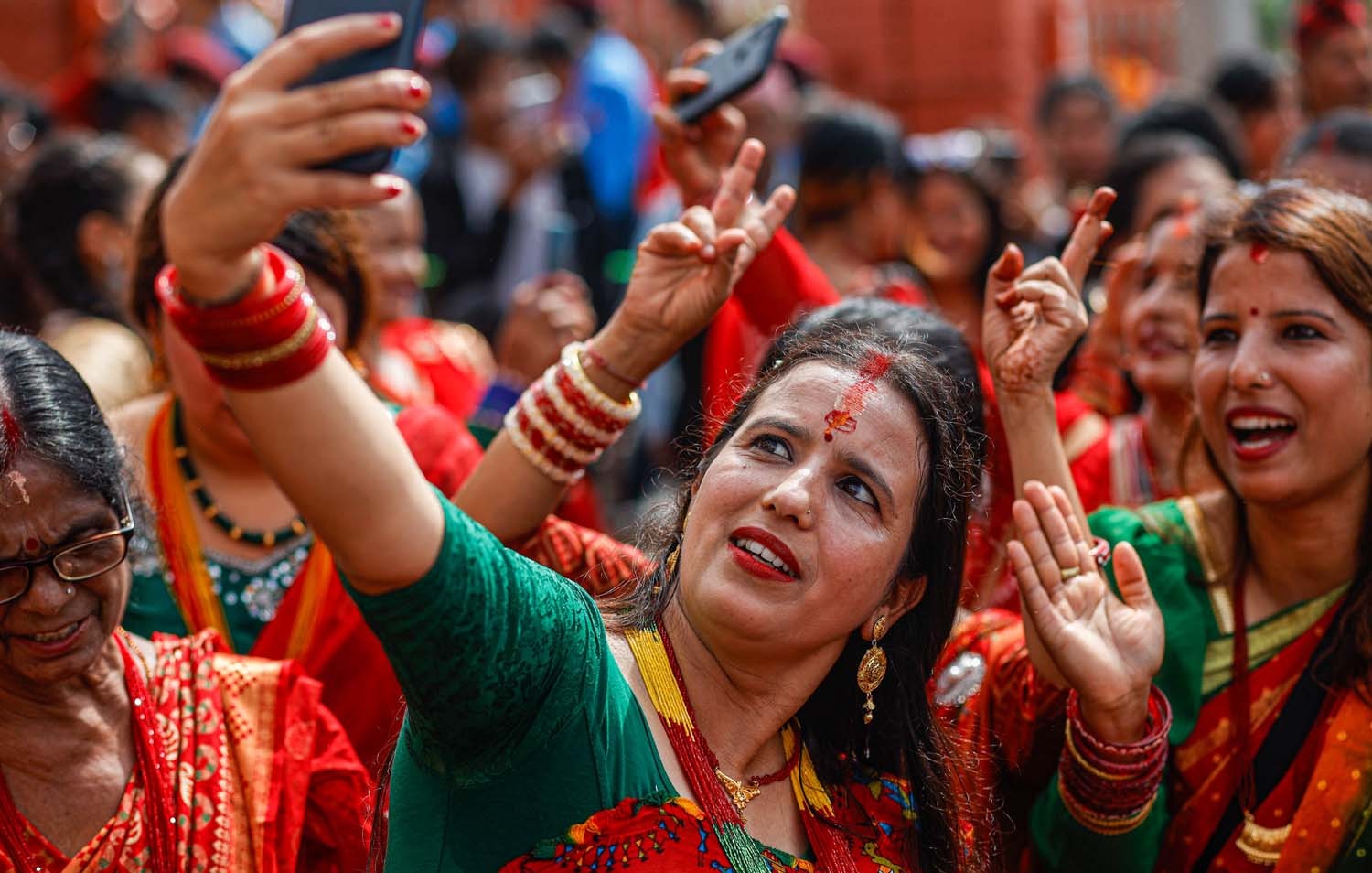
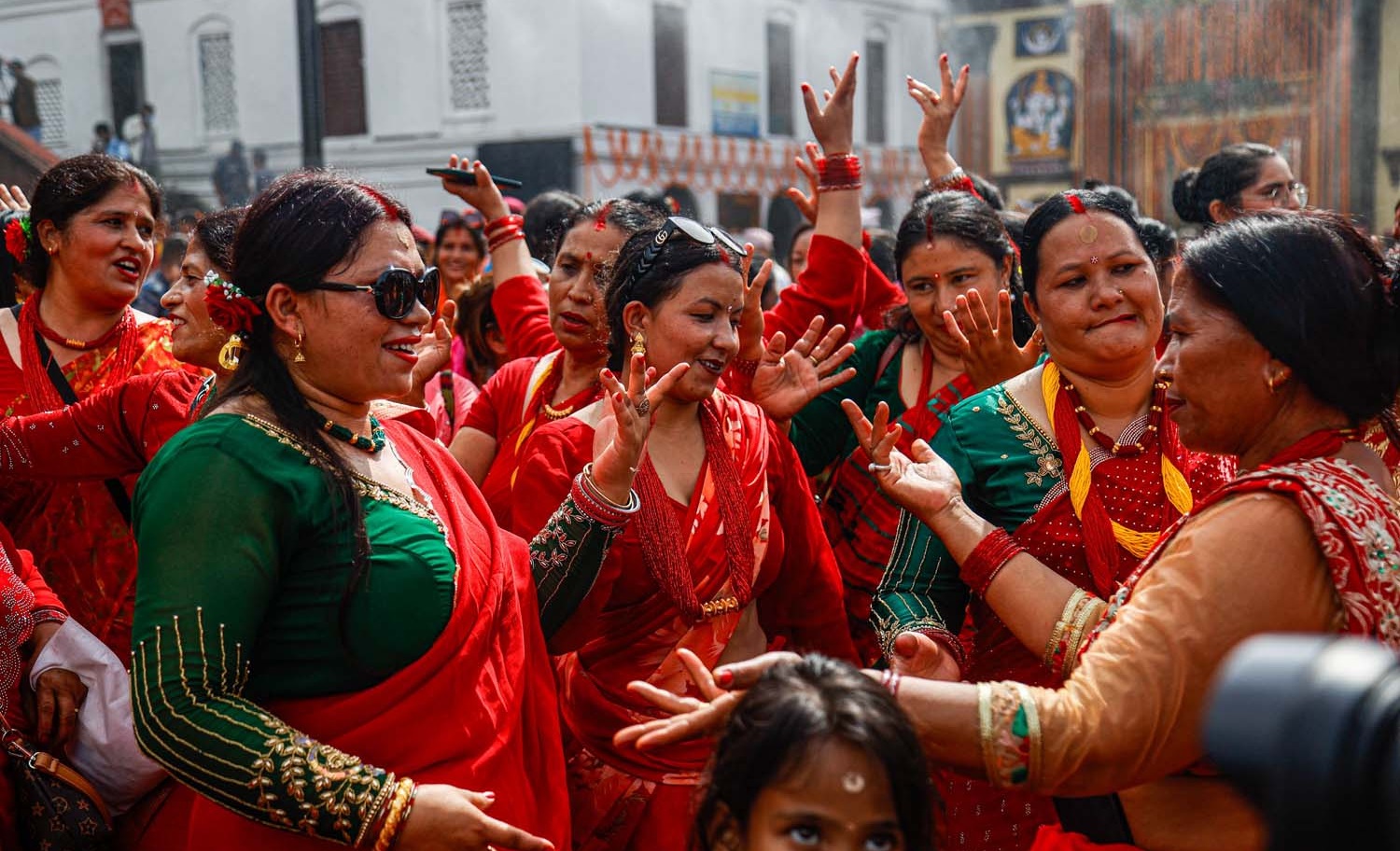
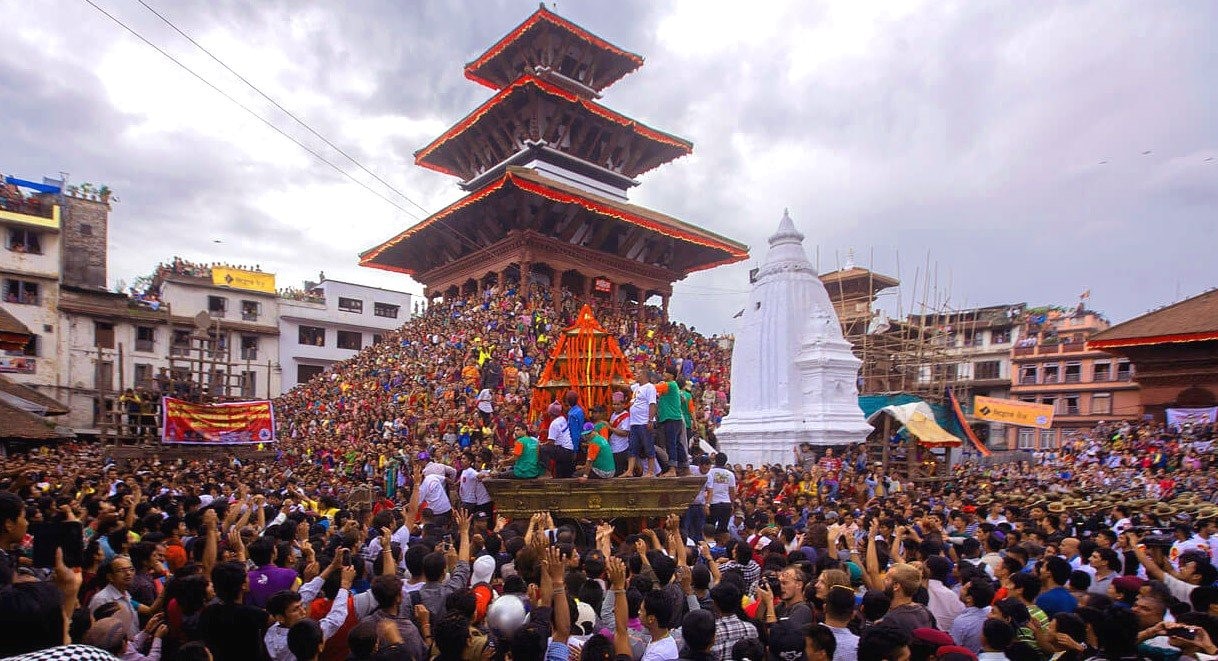
Indra Jatra, one of Nepal’s most spectacular and lively festivals, is celebrated every year in the heart of Kathmandu. Dedicated to Lord Indra, the God of Rain and King of Heaven in Hindu mythology, this festival marks the end of the monsoon season. It is a time when locals pray for good harvests, prosperity, and protection from natural calamities, blending religious devotion with joyous cultural celebration.
During Indra Jatra, Kathmandu’s streets burst into vibrant energy and color. The air resonates with the rhythmic beats of traditional drums and the deep, ceremonial sounds of long horns. Masked Lakhe dancers—representing protective spirits—perform mesmerizing dances, spinning and leaping through the crowd to entertain and ward off evil. Elaborate chariots, adorned with flowers, intricate carvings, and colorful fabrics, carry sacred images of deities, including the living goddess Kumari, parading through the city as devotees line the streets to receive her blessings.
The festival is not only a religious event but also a lively social occasion. Families, neighbors, and visitors from across Nepal gather together, enjoying traditional foods, folk music, and impromptu street performances. Vendors sell local delicacies, artisans display their crafts, and performers reenact legendary tales from Hindu mythology, offering a rich sensory experience.
Indra Jatra also highlights the harmony between Hinduism and Buddhism in Kathmandu. Temples, stupas, and courtyards come alive with ceremonial rituals, while public celebrations create a space for collective joy, devotion, and cultural pride. For travelers, the festival is a unique opportunity to witness centuries-old traditions, experience the living culture of the city, and feel the spirit of Kathmandu at its most festive and sacred moment.
Indra Jatra dates back to the Malla period in the 10th century and is believed to have been initiated by King Gunakamadeva when he founded Kathmandu. Originally established to honor Lord Indra and seek blessings for abundant rainfall and harvests, the festival has evolved over centuries into a grand cultural spectacle.
During the Malla era, the festival became closely tied to the worship of the living goddess Kumari, who is paraded through the streets so devotees can receive her blessings. Masked dances, such as those performed by the Lakhe dancers, and the pulling of sacred chariots carrying deity images, further enriched the celebration.
Indra Jatra is also a significant social event, bringing together communities across the Kathmandu Valley. Despite political changes and modernization, the festival has preserved its core rituals, sacred ceremonies, and street performances. Today, it stands not only as a religious observance but also as a living testament to Kathmandu’s artistic heritage, history, and communal spirit.
Cultural and Religious Significance
Indra Jatra is far more than a religious ceremony; it is a vivid celebration of Kathmandu’s rich Newar cultural heritage and the harmonious coexistence of Hinduism and Buddhism. Hindus worship Lord Indra, the God of Rain, to pray for timely monsoons, good harvests, and prosperity. Buddhists, on the other hand, honor the festival as a remembrance of Lord Avalokiteshvara, the Bodhisattva of Compassion. The simultaneous participation of both communities reflects Nepal’s centuries-old tradition of cultural inclusivity and spiritual unity.
The festival also highlights the Newar people’s devotion to art, music, and performance. Elaborate masks, chariots adorned with sacred images, and intricate dances are all expressions of faith and identity. Through these rituals, locals preserve legends, folklore, and religious stories passed down through generations. For visitors, Indra Jatra offers a unique opportunity to witness living heritage in action—the blending of devotion, storytelling, artistry, and communal celebration.
In 2025, Indra Jatra will be celebrated from September 6 to September 13 (Bhadra 21–28 in the Nepali calendar). The festival lasts for eight days, typically beginning with the erection of the ceremonial pole at Basantapur Durbar Square. During this period, Kathmandu transforms into a city-wide stage of cultural expression. Streets, squares, and temples are alive with drumbeats, masked dances, and illuminated chariots.
For photographers and culture enthusiasts, this is a perfect time to capture the vibrant energy, intricate Newari architecture, and the flowing traditions of centuries-old rituals. Mornings are filled with sacred processions and temple ceremonies, afternoons with dances and community gatherings, and evenings with illuminated chariots, devotional music, and colorful lights, creating a magical and unforgettable atmosphere.
Kabru Adventure Holidays offers curated festival tours that allow you to experience Indra Jatra up close. Our packages include guided visits to Kathmandu Durbar Square, cultural insights from local experts, and opportunities to witness the Kumari procession, Lakhe dances, and traditional rituals. We ensure comfortable accommodations, expert guidance, and a memorable cultural journey.
Experience the Festival with Kabru Adventure Holidays
Kabru Adventure Holidays invites you to immerse yourself in the sights, sounds, and sacred traditions of Indra Jatra. From ceremonial temple worship to vibrant street performances, this festival offers an unforgettable cultural experience and a unique window into the spiritual and social heart of Kathmandu.
Join Kabru Adventure Holidays to witness Indra Jatra – a vibrant celebration of faith, culture, and community spirit in the heart of Kathmandu.







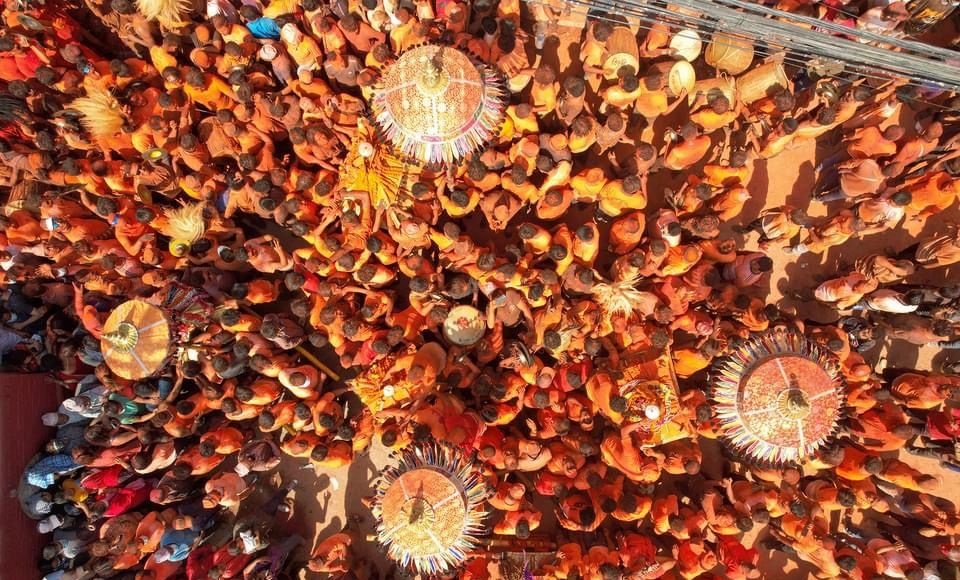
At Kabru Adventure Holidays, we specialize in crafting unforgettable experiences that allow you to immerse yourself in Nepal’s vibrant culture, breathtaking landscapes, and timeless traditions. Whether you’re a photography enthusiast, a cultural explorer, or an adventure seeker, our carefully designed tours offer the perfect blend of discovery and adventure.
Here’s why Kabru Adventure Holidays is your ultimate partner for exploring Nepal:
Nepal’s festivals are a vibrant tapestry of culture, tradition, and spirituality. Here’s a comprehensive list of the most captivating festivals you can experience with us:
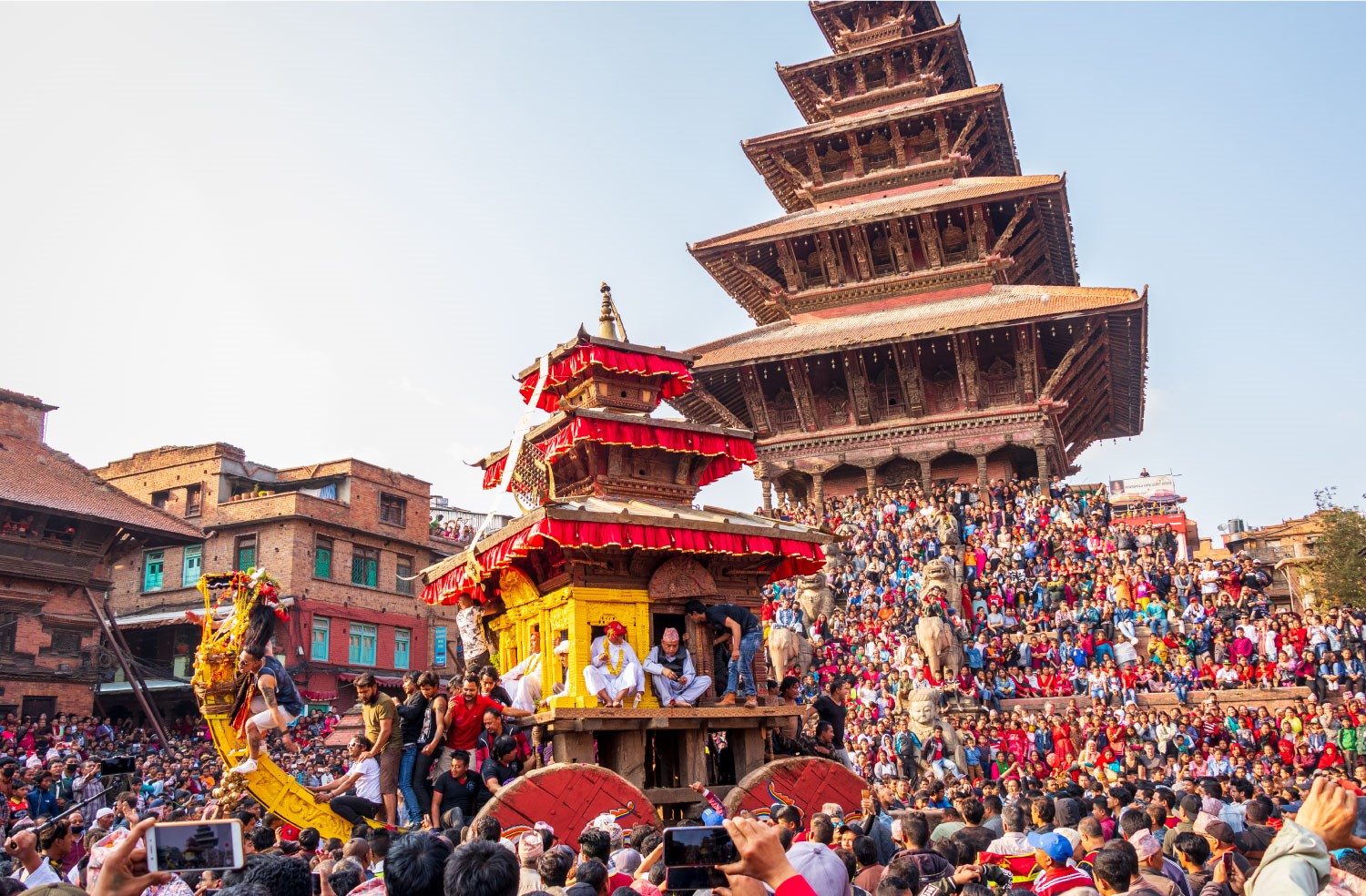
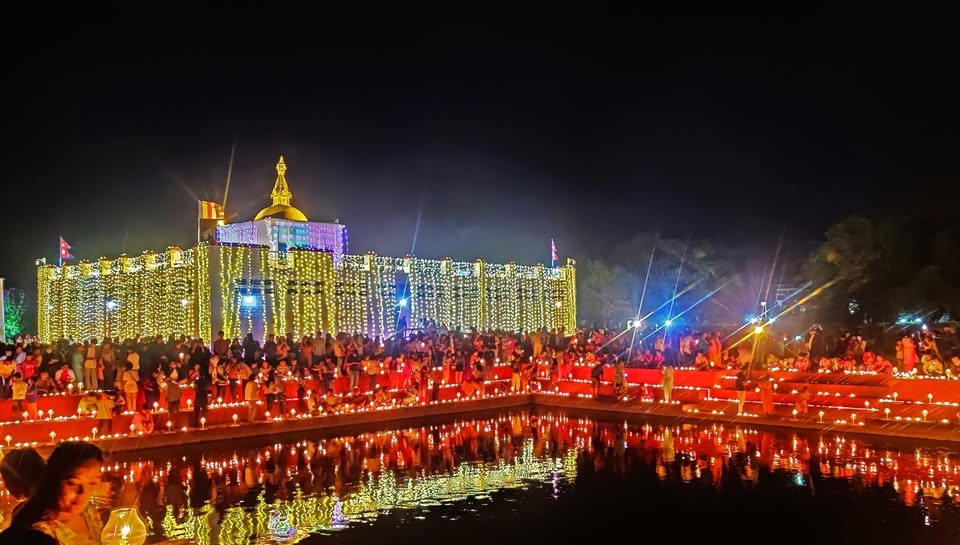

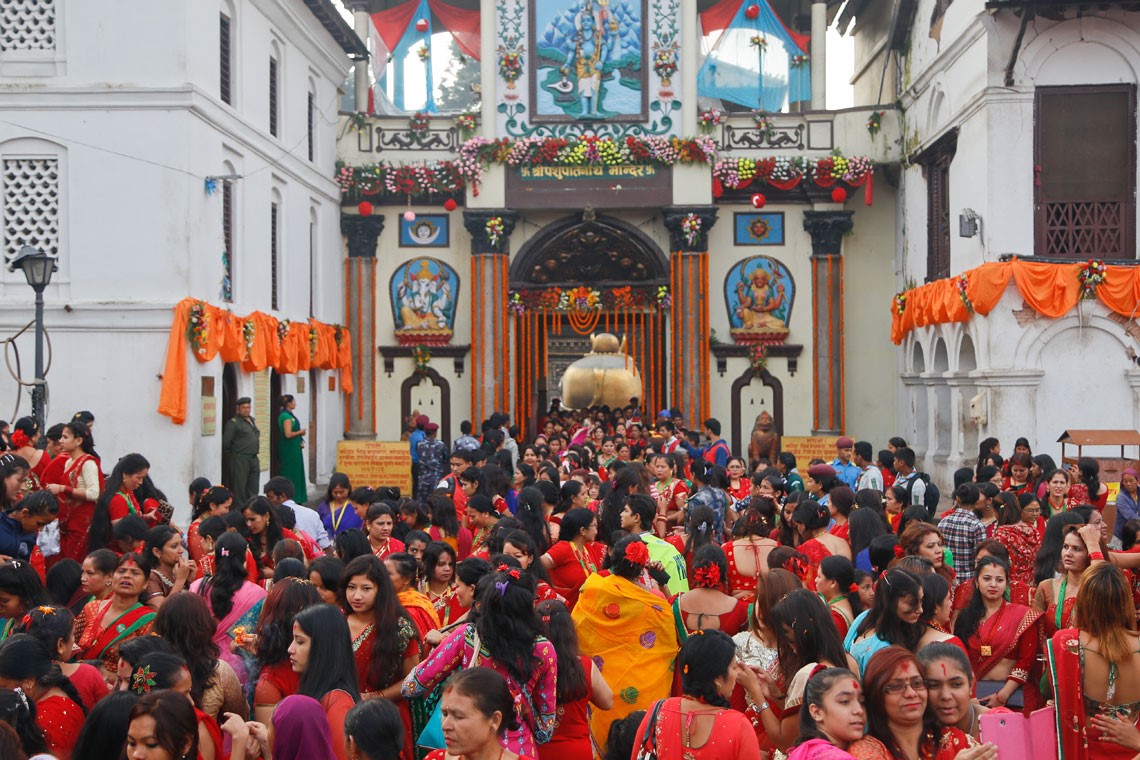
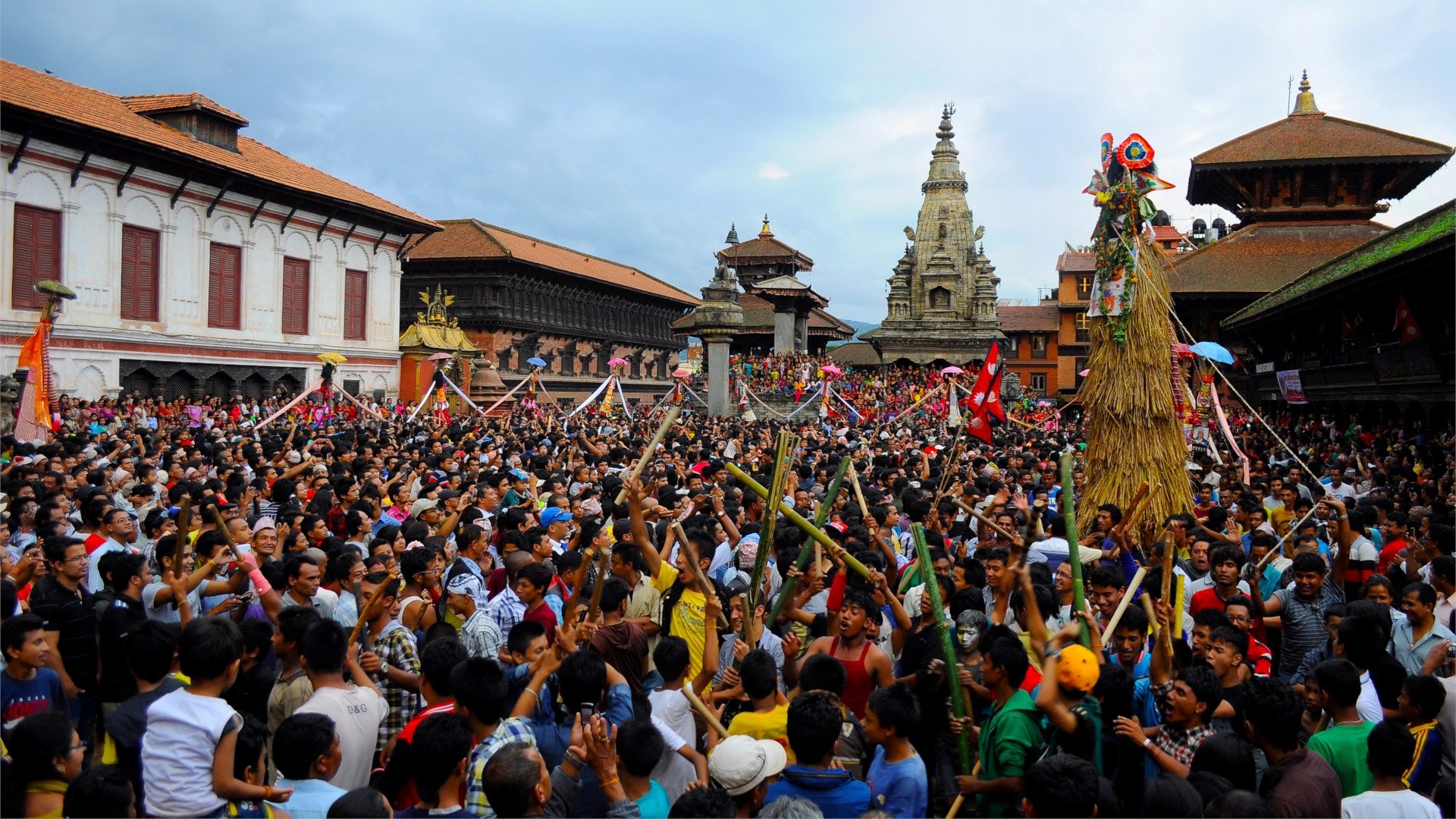
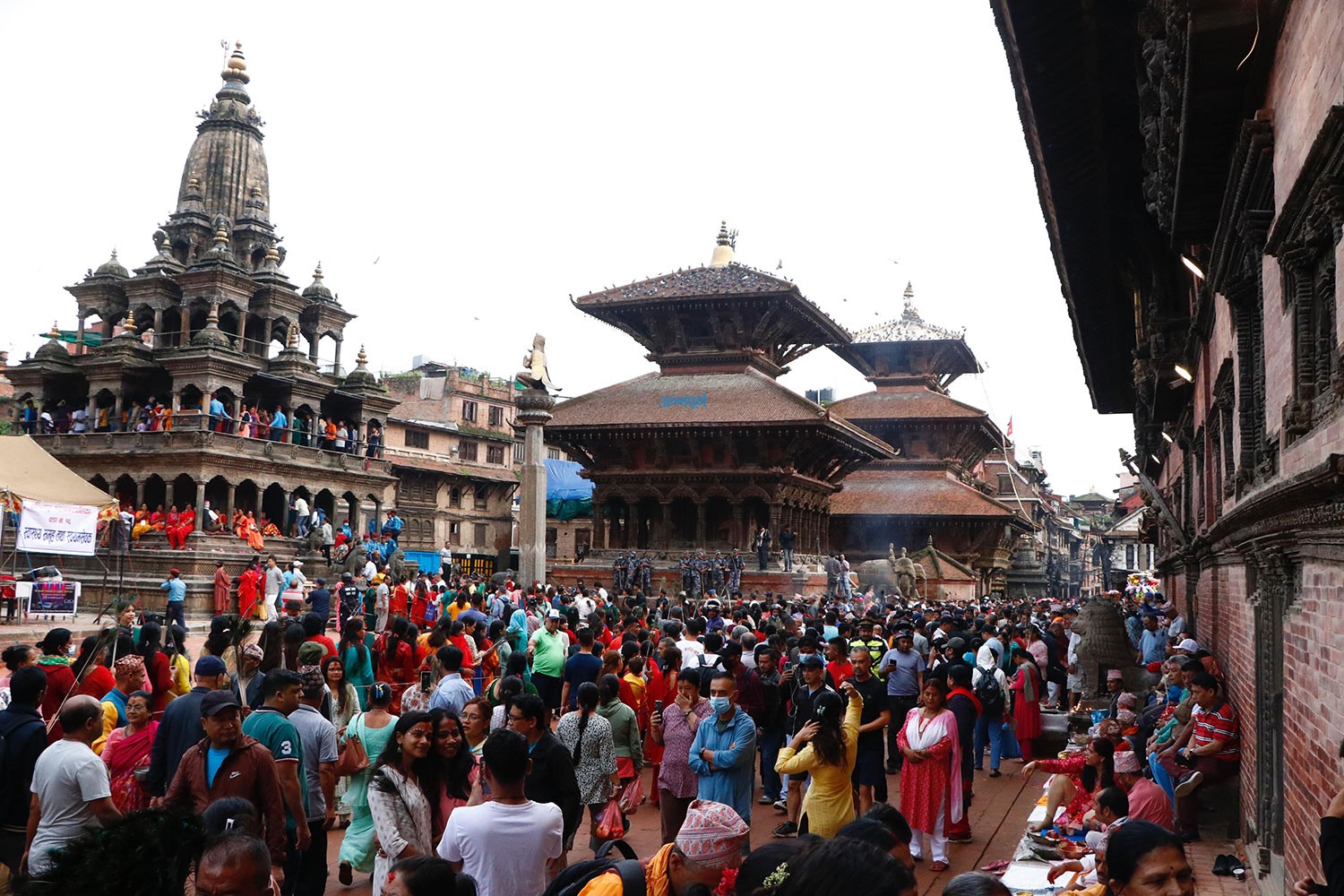

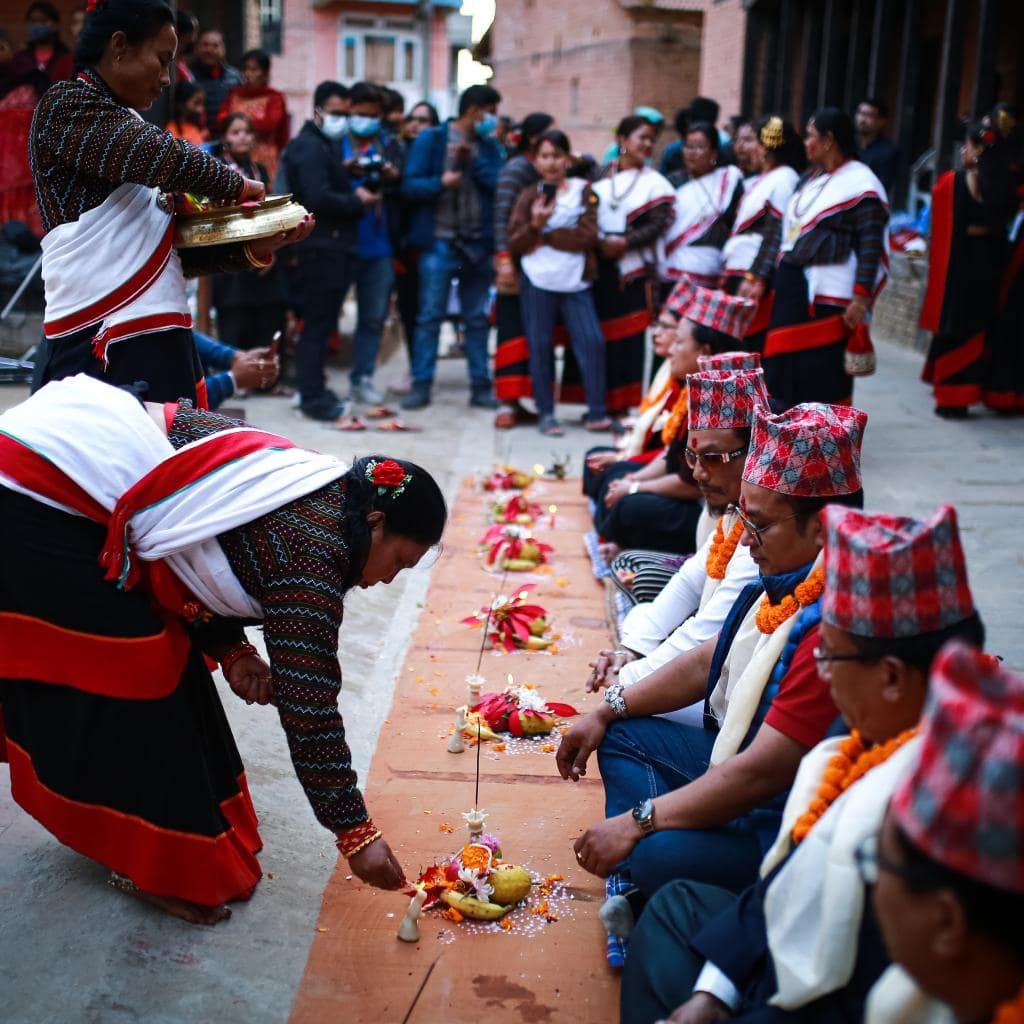
Nepal’s diverse seasons offer unique opportunities for photography and exploration. Here’s our guide to the best times to visit:
At Kabru Adventure Holidays, we offer specialized photography tours that cater to both amateur and professional photographers. Our tours include:
We are committed to preserving Nepal’s natural and cultural heritage. By choosing Kabru Adventure Holidays, you contribute to:
“Kabru Adventure Holidays made my trip to Nepal unforgettable. The festival photography tour was a dream come true!” – Sarah L., USA
“The guides were incredibly knowledgeable, and the itinerary was perfectly planned. I came home with stunning photos and unforgettable memories.” – James T., UK
Ready to explore Nepal’s rich culture and natural beauty? Contact us today to book your personalized tour or photography adventure. Let Kabru Adventure Holidays be your guide to an unforgettable journey in the heart of the Himalayas.
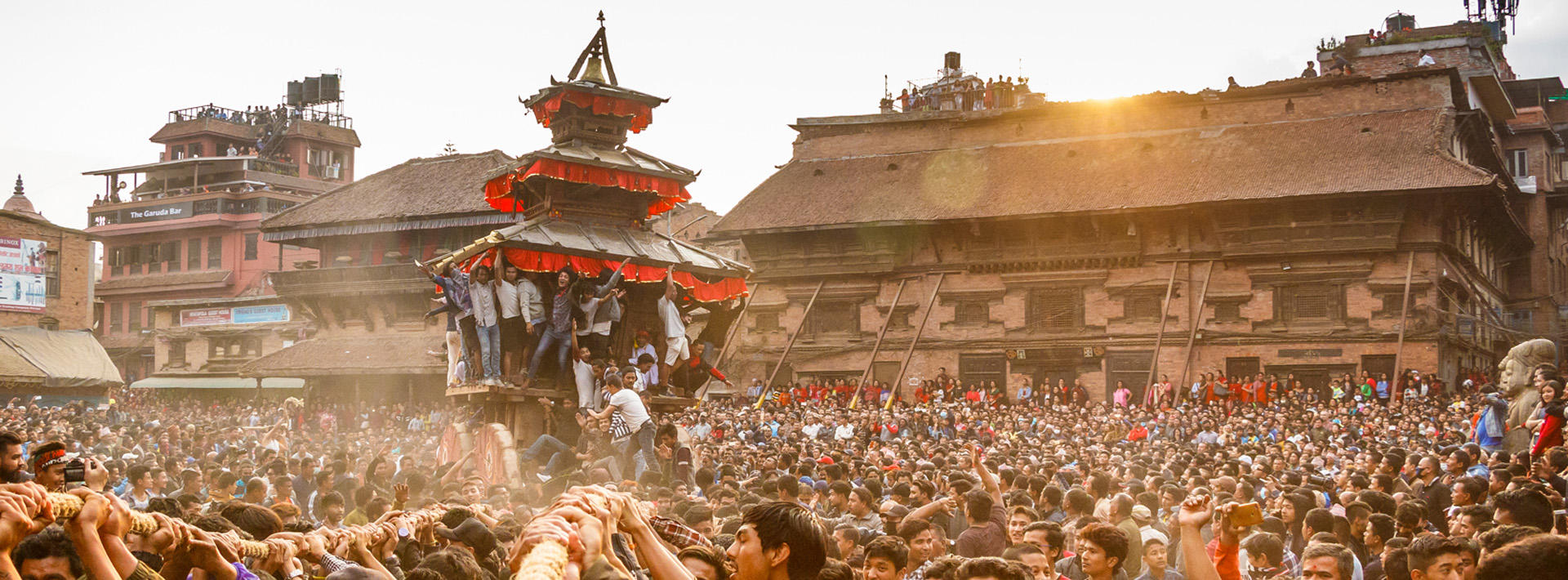
Biska Jatra, also known as Bisket Jatra, is one of Nepal’s most vibrant and culturally rich festivals, celebrated annually in Bhaktapur during the Nepali New Year (Baisakh 1st). Unlike other New Year festivals that involve simple celebrations, Biska Jatra is a powerful fusion of myth, culture, tradition, and thrilling street events. The festival is unique to Bhaktapur and neighboring villages such as Thimi and Bode and lasts for nine days of unparalleled excitement, chariot processions, ceremonial rituals, and community engagement.
In 2025, Biska Jatra will take place from April 10 to April 18, marking the beginning of the Nepali New Year 2082 BS with grand processions and historic traditions.
Biska Jatra is deeply rooted in mythology and represents the triumph of good over evil. According to legend, a serpent (Nāga) haunted a local Malla king’s palace. Every time a newlywed prince spent his wedding night in the palace, he was mysteriously found dead the next morning. The situation continued until a brave warrior volunteered to stay the night and, instead of sleeping, he slew the serpent when it emerged. His victory was celebrated with grand processions and festivals, eventually leading to what we now call Biska Jatra.
Another version of the story links the festival to the tug-of-war event between two poles, symbolizing the serpent’s downfall and the Nepali New Year’s transition from the old to the new.
Biska Jatra is filled with thrilling activities, cultural ceremonies, and spectacular events that attract thousands of visitors every year. The festival is particularly famous for its chariot processions, pole-raising (Linga), Sindoor Jatra (vermilion festival), and the iconic tongue-piercing ritual.
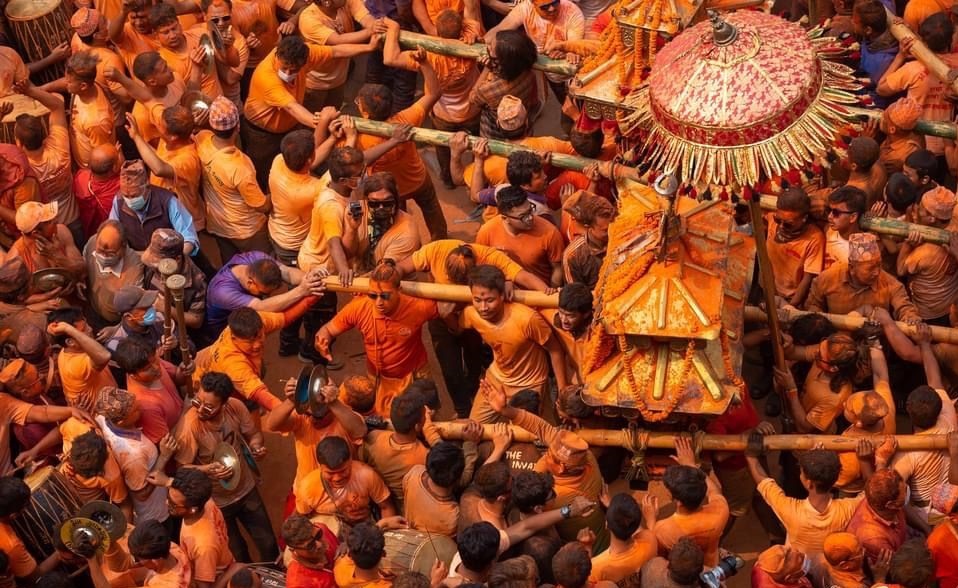
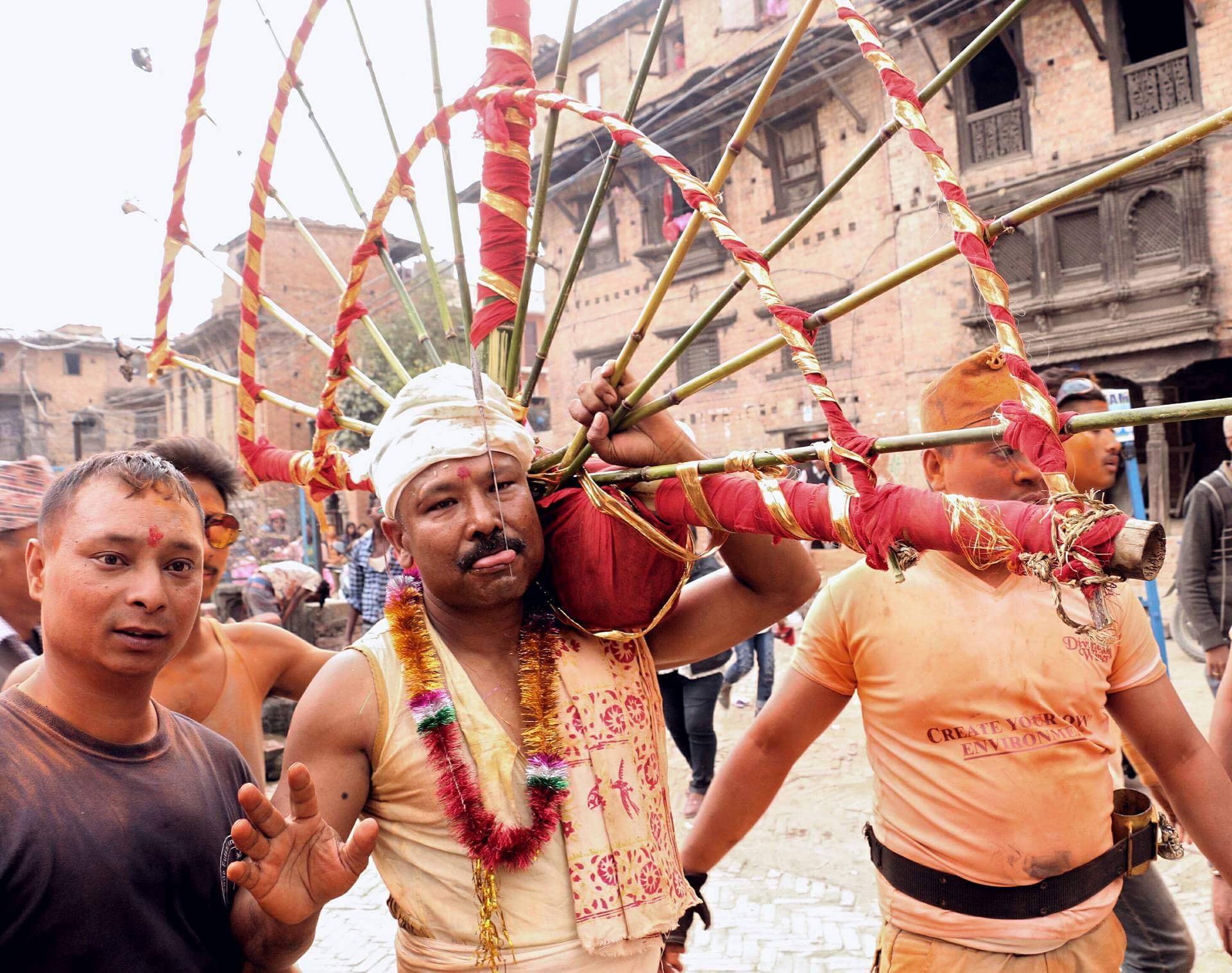
If you plan to witness the Biska Jatra festival in April 2025, here are some important travel tips:
✅ Best Dates to Visit: April 10–18, 2025 (Main events on April 10, 12, 13, and 18)
✅ Where to Stay: Book accommodations in Bhaktapur early as hotels fill up quickly.
✅ What to Wear: Light and comfortable clothing, with covered shoes for walking.
✅ Photography Tips: Early morning and evening are the best times to capture the chariot processions and cultural events.
✅ Local Etiquette: Respect the traditions, follow security instructions during chariot pulling, and avoid getting too close to the moving chariots.
At Kabru Adventure Holidays, we provide an exclusive and immersive experience of Biska Jatra, ensuring that you enjoy every moment of this grand festival. Our Biska Jatra Photography Tour offers:
🎯 Prime Viewing Spots – Witness the chariot pulling, Sindoor Jatra, and pole-raising from the best locations.
🎯 Professional Guides – Learn the deep history and significance of each ritual. 🎯 Luxury Accommodation – Stay at the best hotels in Bhaktapur and Kathmandu for comfort and convenience. 🎯 Exclusive Cultural Experience – Enjoy local Newari cuisine, interact with festival participants, and take part in traditional celebrations. 🎯 Private Photography Sessions – Get access to unique angles and expert guidance for stunning festival photography.
Biska Jatra is more than just a festival—it’s a thrilling, vibrant, and spiritually uplifting experience that showcases Nepal’s rich culture and traditions. Whether you’re a traveler, photographer, or cultural enthusiast, this festival offers an unparalleled opportunity to dive deep into Nepal’s heritage.
📸 Join Kabru Adventure Holidays from April 10–18, 2025, for an unforgettable journey into the heart of Nepal’s most exciting festival!
Contact us today to book your Biska Jatra tour!